Biggest Cities of China
China is the world’s biggest country primarily based on population with a whole of 1,330,141,295 people. It is also the world’s third-largest country in terms of area as it covers 3,705,407 square miles (9,596,961 sq km). China is divided into 23 provinces, five self reliant regions, and four direct-controlled municipalities. In addition, there are over one hundred cities in China that have a populace higher than one million people. A vast range of terrain and climate structure its numerous natural attractions. Abundant in a vary of resources, plants, animals, and minerals, the land has nurtured infinite generations of Chinese people. Let’s take a quick look at these biggest cities in China given below.
1) Shanghai
- Chinese name: 上海
- Location: East of China
- Zip code: 200000
- Dialing code : (+86) 021
- Currency : Chinese RMB (¥) (CNY)
- Population : 24.2568 million (in 2014)
Shanghai, Hu for short, is a renowned global town drawing greater and extra interest from all over the world. Situated on the estuary of Yangtze River, it faces the Donghai Sea in its east; throughout the sea is Kyushu Island in Japan, its south is Hangzhou Bay and connect to Jiangsu province and Zhejiang province in the west, making the biggest the Yangtze river delta financial place in East China. Also, it is a famous destination for visitors to experience the pulsating development of the country.
Shanghai has profound present day city lifestyle and many historical sites, and with the fusion of Region South of the Yangtze River normal lifestyle and immigrants from specific places of various cultures, forming the special local lifestyle of Shanghai.Located in the Yangtze River Delta in East China, Shanghai sits at the mouth of the Yangtze in the middle component of the Chinese coast. Shanghai is the biggest Chinese town by population and the greatest town suitable by populace in the world. It is one of the four direct-controlled municipalities, with a populace of greater than 24 million as of 2013.
Weather: The city’s maritime place fosters a mild climate characterized by using minimal seasonal contrast. The common annual temperature is about sixty one °F (16 °C); the July maximum averages about 80 °F (27 °C), and the common January minimal is about 37 °F (3 °C). About 45 inches (1,140 mm) of precipitation fall annually, with the heaviest rainfall in June and the lightest in December.
House: Shanghai has made substantial progress for the reason from 1949 in offering housing for its developing population. Construction of self-sufficient residential complexes in conjunction with industrial, agricultural, and commercial improvement at some stage in metropolitan and suburban Shanghai has helped disperse the populace from the overcrowded central town and has led to dramatic modifications in the urban and suburban landscape. An extended length of housing-complex development has been underway when you consider that the Eighties to exchange shanties, some of which nevertheless persist in some areas.The thought of state-supported housing was once brought in 1951 with the improvement of Caoyang Xin Cun (Caoyang New Village) in present industrial area on Shanghai’s western periphery. Following the building of the Caoyang Xin Cun, many other residential complexes had been built. Some of them had been constructed with the partial help of authorities bureaus or state-owned industrial enterprises to satisfy the needs of their employees. Two of the earliest complexes in that category had been the Railroad Village and the Post and Telegraph Village.
Several principal housing tendencies were built in the former slum region of Yangshupu. Other complexes are these at Pengpu, Zhenru, Yichuan, Rihui, and Jiangwan. Some of these are in fantastically far off suburban places in the transitional and hinterland zones near older rural advertising centers. The Pengpu workers’ housing venture is typical. The adjoining fields furnish wheat, clover, beans, cabbage, melons, and rapeseed (for cooking oil) for consumption with the aid of the inhabitants of the complex.
Transportation: Shanghai is one of China’s important transport centers. The central town is both a seaport and a river port, with the Huangpu River serving as a splendid harbour; at excessive tide, oceangoing vessels can sail up the river to the city.In the early 1950s, the harbour used to be divided into a number of specialised sections. Pudong, on the east financial institution of the Huangpu and in Huangpu district, is used for the storage of bulk commodities and for transportation upkeep and restore facilities. Puxi, in the Nanshi district on the west bank, and Fuxing Island are the websites of familiar cargo wharves. Since then, oceangoing terminals alongside the Huangpu have been built at Zhanghuabang, Jungong Lu, Gongqing, Longwu, and Zhujiamen. More terminals developed at the southern financial institution of the Yangtze, along with these at Baoshan, Luojing, and Waigaoqiao, have greatly elevated the managing ability of the city’s port. A deepwater port operation off the coast at Hangzhou Bay commenced in 2005.The railway community displays the efforts that have been made due to the fact 1949 to reorient the city’s industrial financial system to stability export and domestic improvement needs. Shanghai is the terminus of two major rail traces south of the Yangtze—the Hu-Ning linefrom Shanghai to Nanjing, and the Hu-Hang-Yong line from Shanghai via Hangzhou to the port of Ningbo in Zhejiang province. A brief spur line additionally runs from Shanghai to Wusong. Additional spur traces built considering 1949 join the industrial districts to the most important trunk routes. In 2011 a high-speed rail line went into service between Shanghai and Beijing, which substantially decreased the travel time between the two cities.
Shanghai is served by two predominant airports. Hongqiao Airport, southwest of Shanghai, is now used commonly for home flights; Pudong International Airport, 19 miles (30 km) southeast of the city center and on the banks of the Yangtze, has been in carrier for the reason that 1999 and has come to be one of China’s busiest. Both airports underwent foremost renovation and expansion prior to the 2010 World exposition.
Education: Shanghai is China’s main core of higher training and scientific research. There are numerous universities and different institutions of higher learning—including Fudan, Jiaotong, Tongji, and the Huadong Shifan Daxue—as properly as technical and greater education institutes. At one time, many factories had affiliated work-study schools to equip people for extra fantastically expert jobs. Notable was once the Shanghai Municipal Part-Work Part-Study Industrial University (1960), which was installed via the cooperation of more than 1,000 industrial establishments. A massive section of the city’s total workforce used to be once enrolled in one of these schools, but different, market-oriented types of higher-education establishments have become extra common due to the fact that the late 1980s. In 2013 New York University opened a satellite campus in Shanghai.
Economy:The higher municipality can be divided into three wonderful population zones—the densely populated central city, the transitional zones, and the rural hinterland, which is one of the world’s most densely settled agricultural areas.Within metropolitan Shanghai, there are few, if any, concentrations of ethnic minority groups. The majority of the population is of Han Chinese origin. A sizeable share of the people are migrants from different provinces who went to the place as manufacturing unit people and are no longer permanent residents. There additionally are a small but still big range of people from Taiwan and elsewhere distant places who ordinarily are concerned with foreign-owned or foreign-operated agencies placed in and around Shanghai. For some time, Shanghai has been the country’s leading industrial and manufacturing center due to the fact of a special mixture of factors. Those encompass the availability of a large, tremendously skilled, and technologically progressive workforce; a well-grounded and broadly primarily based scientific research institution supportive of industry; a way of life of cooperation amongst producers; and extraordinary inside and external verbal exchange and provide facilities. The iron and steel enterprise there was once one of the earliest to be established in China. In the Fifties the blast furnace capability of the industry was once enlarged, and attempts were made to combine the operations of the iron and steel enterprise more closely with the machine-manufacturing industry.
Iron and metal groups commenced to build new facilities north of the town in the Baoshan vicinity in the late 1970s; one of those, the Shanghai Baosteel Group Corporation, has been one of the world’s largest agencies on the grounds that the commencing of the 21st century. Shanghai’s desktop and laptop device industry have been mainly necessary in China’s modernization plans. Among the types of industrial tools produced are multiple-use lathes, wire-drawing dies, and manufacturing equipment for assembling computers and different digital devices, precision instruments, and polymer synthetics. The chemical and petrochemical industries are almost thoroughly integrated, and there is growing cooperation amongst man or woman flowers in the manufacturing and furnish of chemical raw materials for plastics, artificial fibers, dyes, paint, pharmaceuticals, agricultural pesticides, chemical fertilizers, artificial detergents, and refined petroleum products. Heavy enterprise (especially metallurgical and chemical) predominated until the late 1970s.
The light industry is now preferred in an effort to limit pollution, alleviate transport congestion, and compensate for energy and raw material shortages related with heavy industry. The fabric enterprise has been reorganized to assure environment friendly utilization of the mills’ productive capability at all levels of the manufacturing process. The textile mills cooperate in their use of raw substances and have hooked up cooperative relationships with flora that manufacture rubber shoes, zippers, industrial abrasives, and conveyor belts.Shanghai’s fitness care amenities range from heaps of small clinics related with factories, schools, retail establishments, and authorities workplaces to several primary research and instructing hospitals. Most hospitals have facilities for training and educating each traditional Chinese and Western medicine. Medical schools had once concentrated on the coaching of “barefoot” doctors—practitioners with ample scientific capabilities to supply basic care to humans in rural areas—especially at some point of the Cultural Revolution (1966–76).
Culture: Shanghai’s cultural attractions consist of museums, historical sites, and scenic gardens. The Shanghai Museum houses a substantial series of bronzes, ceramics, and different artifacts dating over numerous thousand years. In 2000 the former Shanghai Revolutionary History Memorial Hall was combined with the former dwelling of progressive chief Chen Yun to create a new museum based totally on Chen’s life. The Dashijie (“Great World”), founded in the 1920s, is Shanghai’s leading theatrical core and gives people operas, plays, story readings,dance performances, and specialised leisure types traditional of China’s countrywide minority groups. The town also has many workers’ and children’s recreational golf equipment and a number of giant motion-picture theatres, including the Daguangming Theatre.
2) Beijing
- Chinese Name: 北京
- Location: North of China
- Dialing code: (+86) 010
- Zip code: 100000
- Beijing Gov website: http://www.ebeijing.gov.cn/
Main attractions in Beijing: Tiananmen Square, Forbidden City, Temple of Heaven, Summer Palace, Badaling/Mutianyu Great Wall, Ming Tombs, etc. Beijing, the capital of the People’s Republic of China, populace approximately 21.72 million (2016) . China’s second-largest city, municipalities directly under the central government, national center city. One of the four main first-tier cities in China, and one of China’s “four massive historic capital”, the first batch of historic and cultural cities in China, China’s political, cultural, science and training and global trade center, and Beijing is also China’s economic decision-making core and administration center.
Beijing is positioned in the northern give up of the North China Plain, southeast of Beijing join to Tianjin, the rest is surrounded by way of Hebei province. Beijing has more than 3000 years of records and 778 years’ records of being the capitals. During the Zhenyuan length of the first year, emperor Wangyan officially discovered the capital in Beijing, referred to as Zhongdu, located in the southwest of Beijing today. From then in the Yuan dynasty, Ming dynasty, and the Qing dynasty capital are established in Beijing. Beijing is one of the “four huge historic capital” in China, owning six world heritages, is the city with the largest range of cultural heritage and it is a metropolis which was based extra than three thousand years, more than eight hundred and sixty years of being capitals. Beijing has many historical monuments and the humanities landscape. And it has a certain global influence, is also one of the biggest cities in the world. As the capital’s first large-scale directional development economic characteristic areas, via extra than ten years of development.
Weather: Beijing is appropriate for tour all year round. In terms of season, September to November is the first-rate season to go to Beijing.Summer in Beijing is hot and humid, whilst iciness is bloodless and dry. Spring and autumn are quick and cool. 75% of the annual precipitation is focused in summer season from June to August, with generic showers in July and August. The coldest month is January at an average of -4 °C (25 °F), and the freshest month is July at a common of 26 °C (79 °F). Throughout the year, there are many galas that furnish amazing possibilities for getting to be aware of neighborhood life and customs.
Housing: To cope with the speedy populace growth, a wide variety of housing tasks have been constructed for office and manufacturing unit workers since 1949. In the mid-1950s housing tasks had been focused in western areas of the city, where rental buildings have been erected near government offices backyard the Fuxing Gate site. Subsequently, a large quantity of multiunit housing estates had been constructed in the northern districts between the Anding Gate web page and Desheng Gate, centering on the residential neighbourhood of Hepingli. The Hepingli housing development includes most important and secondary schools, nurseries, hotels, and leisure facilities, as properly as rankings of four- or five-story condo buildings. In addition, there are many agencies of single-family houses in the northern suburbs, with associated parks, theatres, and recreational centres. All these constructions were furnished with water and natural fuel as they were constructed, in contrast with buildings in the older parts of the city, where it took longer to grant such services. In the place outdoor the Jianguo Gate site, to the east of the central city, condo constructions accommodate the households of workplace employees employed in close by government office buildings. This region has additionally turn out to be the diplomatic district, containing many overseas embassies and a wide variety of Western-style homes for diplomatic representatives and their families, and a locus of high-rise construction.
Many dilapidated houses have been pulled down in the older districts inside the former town walls and have been changed by way of multistory condominium buildings. Urban-renewal projects, however, have been unable to healthy population growth. As a consequence, many regular dwelling compounds—originally designed centuries in the past to house the households of officials at some point of the Qing dynasty—have been repaired or renovated and subdivided to grant quarters for three or four households per compound. Each household in a compound faces a public courtyard and shares a frequent the front gate with other families.
Many factories in the eastern and southern outskirts of the metropolis have erected apartment buildings to house people as a way to decrease commuting visitors in the metropolis. These workers’ residences represent unbiased communities and are positioned so that they are without problems on hand from the region of work yet are some distance sufficient to reduce noise and smoke. Satellite towns also have been developed in the rural counties in an effort to disperse population and industries from the central city. Industries have been established in rural areas in order to soak up surplus labourers and to supplement farmers’ incomes.
Transportation: Buses in Beijing are not typically the desired mode of transport amongst foreigners. They regularly pass instead slowly, with a pace of fewer than ten km/h at some stage in a bad site visitors jam, and most of the symptoms are in Chinese only. Often, only the name of the bus end might be transcribed in pīnyīn. The sheer range of bus lines can also lead to confusion: 1-132 are routes in the city center (within the 3rd ring road); 200-215 are night buses; 300-499 challenge previous the 3rd ring to the inner suburbs; 500-799 serve each the middle and the suburbs; and 800-999 provider these commuting to and from the far away suburbs. Altogether, there are just under 900 bus routes in the Beijing metropolitan area.
Even if someone doesn’t desire to use overcrowded buses for your each day trip to work, some are useful in your free time: Lines 1 to 8 are more cozy double-decker buses suitable for sightseeing trips thru the internal city. The Beijing subway system (dìtiĕ), on the other hand, is fast and reliable, albeit nonetheless instead crowded, specifically in the course of rush hour. The crowds can additionally entice gropers who sexually harass lady passengers. Every few minutes, there’s a train on all of its seventeen lines: 1, 2, 4, 5, 6, 8, 9, 10, 13, 14, 15, Batong, Changping, Daxing, Fangshan. Yizhuang, and the Airport Express. However, the subway closes at night time and did not reopen until it’s 5. If you don’t understand how to use the ticket computer or how to buy a prepaid card, the Beijing City Government has a beneficial on-line tutorial. For shorter distances, using a bike is a conceivable alternative. However, do avoid the Ring Roads, primary thoroughfares, and busy streets except bicycle lanes.
Education:
The schooling machine in Beijing, as some other places in China, can be truly summarized as “four educations” and “7 levels”. The “four educations” refers to pre-school education, important education, secondary education and higher education. The “7 levels” refers to kindergarten, primary school, junior excessive school, senior high school, greater college education, undergraduate training and postgraduate education. Beijing embodies many famous universities, institutes and academies, which include Peking University, Tsinghua University, Renmin University of China, Beijing Normal University, Beihang University and Beijing Institute of Technology University. The campuses are generally positioned in Haidian District and Xicheng District. Haidian university city is the most well-known one; renowned universities, such as Peking University and Tsinghua University are set up here. Additionally there are university cities in Changping, Chaoyang and Liangxiang.
Economy: Although Beijing has been the capital of China for many years, it is far away from the country’s usual key financial area, the productive Yangtze River valley. In the past, the undertaking of feeding the massive urban populace in Beijing used to be facilitated by way of transporting grain from the south through the Grand Canal or by using sea. Since the first decade of the twentieth century, railways have performed an essential position in transporting food materials to the capital. The city, however, has come to be self-sufficient in secondary meals supplies, such as vegetables, fruits, fish, and poultry, and in a wide variety of construction materials. The enlargement of municipal boundaries in the late Nineteen Fifties was partly aimed at this goal, and the municipality has succeeded in keeping a sufficient supply of veggies and fruits. Agricultural reforms since the early 1980s have given man or woman households higher freedom over what they can produce, imparting the metropolis with a higher and extra assorted food supply.
Culture: Beijing has been the impressive centre of usual Chinese subculture and studying due to the fact that the Ming dynasty. Emperors and courtiers patronized the arts, in particular portray and calligraphy. Precious objects from other components of the empire and from overseas international locations poured into the capital. This position of the cultural centre was once persevered at some point of the Qing dynasty, even though the century of political and social upheaval that commenced in the mid-19th century led to a usual cultural decline in each Beijing and the entire of China. In the late 1940s the Nationalists shipped a large extent of artwork treasures to Taiwan before their defeat by way of the communists.
On the mainland, subsequently, many household heirlooms had been bought by the state for low expenditures and were then offered for export or used to enhance the country’s museum holdings. The communist authorities at the start encouraged the pursuit of standard arts, crafts, and scholarship, however this policy ended with the onset of the Cultural Revolution. Art objects that have been no longer deliberately smashed were confiscated (some have been lower back to their former owners after 1980), standard Chinese scholarship used to be genuinely put to an end, and many academics had been sent to the nation-state or imprisoned. Since that time the authorities have made a concerted effort to repair damaged treasures and to revive the work of traditional artists and scholars. Because plenty of this endeavor has taken region in Beijing, the capital has gone through something of a cultural renaissance and resumed its leading role in the country’s cultural life.
3) Guangzhou
- Chinese name: 广州
- Location: Southeast of China
- Dialing code: (+86)020
- Zip code: 510000
- Official languages: Chinese
- Currency: China Yuan (RMB¥)
Main attractions in Guangzhou: Dr. Sun Yat-sen Memorial Hall, Dr. Sun Yat-sen Memorial Hall, Western Han Nanyue King Tomb Museum, Western Han Nanyue King Tomb Museum, Shamian Island, etc. As one of the most prosperous exchange and commercial enterprise cities in China, Guangzhou is an image of China’s trade and financial power. It is the largest and most important gateway in south China, with a whole populace of 14.04 million(2016).
As the oldest trading port in China, Guangzhou was once a foreign trade hub as early as 200 B.C. The Huangpu Port, the place ocean-going ships can anchor, has navigation strains reaching all continents in the world. Since 1957, a bi-annual Chinese export commodities fair has been held here, one in spring and the different in autumn. As an important entry/exit port for distant places tourists, Guangzhou boasts a super variety of present day hotels.
Weather: Guangzhou climate is typically warm and humid all year round without a clear division of seasons. With a humid subtropical monsoon climate, Guangzhou is characterised with the aid of warm winters, warm summers, little frost, and snow, as properly as sufficient rain and sunshine. Autumn especially late September to early December is endorsed as the exceptional time to go to the city. Every year common temperature of 21 – 29 C (70 – eighty four F) makes it a terrific destination for travel. However, there will be drizzles from time to time in March and April which may additionally wreck your plan. The humid and hot weather in summer and the high UV radiation is hard for tourists, so you’ll higher avoid the freshest months from June to August.
Transportation: Guangzhou Baiyun International Airport is about 17 miles (28 km) from the city center. It is one of the three busiest air transportation hubs in China. There are a whole of 123 scheduled flights in the airport, and 86 of them are domestic flights between the town and main Chinese cities like Beijing, Shanghai and Xi’an. Major cities international can be reached in 15 hours. The airport’s flight network covers South and Southeast Asian countries, such as Vietnam, Laos, Burma, India, Singapore, Malaysia and Indonesia. In addition, there are flights to Los Angeles, Paris, Amsterdam, Melbourne, Sydney, Tokyo, Seoul and Lagos. Baiyun Airport boasts a very convenient floor transportation system.
This machine is frequently made up of taxis, six airport specific bus strains (Line1, Line2A, Line2B, Line3, Line4 and Jinshazhou Line), ten airport shuttle bus traces (Line5, Line 6A, Line6B, Line7A, Line7B, Line8A1, Line8A2, Line 8B, Line9 and Line10), and usual airport intercity bus between the metropolis and other cities in Guangdong Province Guangzhou has three railway stations coping with passenger transport. The Railway Station at Huanshi Road is the biggest and the most necessary one, running trains between the city and Beijing, Wuhan, Nanjing, Chengdu, Chongqing, Xi’an, Lhasa and many other China cities. The East Railway Station (Tianhe Railway Station) mostly provides through trains from Hong Kong and accepted bullet trains between to Shenzhen. The North Railway Station in Huadu District is a small station that usually operates bullet trains between the metropolis and Wuhan.
This metropolis has a convenient throughway device radiating from the downtown place to cities countrywide in particular cities in and around Guangdong Province. Now there are more often than not 20 big long-distance bus stations, amongst which the Provincial Bus Station, Guangzhou Passenger Station, Fangcun Bus Station, Tianhe Bus Station and Yuexiu South Bus Station are the foremost ones. There are 14 metro strains used in the town at present. The subway makes use of a stage fare system. The longer the journey the greater you pay. At present, Guangzhou metro has linked the most necessary components of the city, together with Baiyun Airport, Railway Station, East Railway Station, South Railway Station and Foshan City. A taxi charges CNY10 for the first 2.5 kilometers (1.55 miles) and CNY2.6 for succeeding each kilometer (0.6 miles). When a taxi runs farther than 35 kilometers (21.7 miles), 50% will be robotically charged for the empty return which is extra.
Education: Guangzhou is one of China’s most progressive cities with regard to education. In addition to a massive number of kindergartens, primary schools, and middle schools, it has dozens of institutions of greater learning. In addition to Sun Yat-sen University and the school of Chinese medicine, these include Jinan University (1906), South China University of Technology (1952), South China Normal University (1933), Southern Medical University (1951), South China Agricultural University (1909), and Guangzhou Academy of Fine Arts (1953). A bold challenge named Guangzhou University City was launched at the start of the twenty first century, with the goal of growing a concentrated, multiple-campus college town on an island in the Pearl River south of the central city in Panyu district.
Economy: Since 1950 there has been a large expansion of the city’s industries. The initial focal point used to be on such mild manufactures as electronics, textiles, newsprint, processed foods, and firecrackers. Smaller flowers have also been developed to manufacture client goods. However, increased funding has been made in heavy industries, together with those producing machinery, chemical compounds (notably petrochemicals), iron and steel, and cement, as well as shipbuilding; in addition, car manufacturing has come to be important. The cost of heavy manufactures now exceeds that of light industries. Since the late Seventies much of the funding in the Guangzhou place has been with the aid of foreigners based in Hong Kong, Macao, and Taiwan. The result of all this increase is that the town has become one of the principal industrial complexes of southern China.
Culture: Guangzhou is a shiny city. Large tracts of parkland, many of them created considering that 1949, help provide the town it’s commonly lush appearance and grant the citizenry with an extensive variety of recreational facilities. The colourful flower show held throughout the annual Spring Festival is a fundamental highlight. Although the Cantonese share some components of the modern-day way of life of Hong Kong’sresidents, they also prize their very own historic and cultural roots. Throngs of humans are normally determined travelling the city’s many museums and monuments of historic importance, and productions of Yue opera and Chao opera and musical performances are properly attended. Guangzhou is noted for its puppet performs that feature massive puppets with finely carved wood heads.
Modern leisure facilities have additionally enriched the city’s cultural life. Sports facilities, consisting of stadiums, natatoriums, tennis courts, and a rowing centre, have brought to the entertainment diversions accessible to town residents. In addition, several new sports activities venues—including three gymnasiums, an aquatic centre, and an 18,000-seat indoor arena—were built when Guangzhou hosted the 2010 Asian Games. The tall, narrow Canton Tower, built for each television broadcasting and leisure use, opened in 2010 on the south financial institution of the Pearl River in Haizhu district. Designed with a spiraling lattice exterior frame, the tower and its antenna have a total peak of 1,969 feet (600 metres). Among its tourist services are eating places and bars, a staircase that winds around the outdoor of its cylindrical core for greater than 30 floors, and an open-air statement deck at the top of its 1,490-foot- (454-metre-) tall primary structure.
4) Shenzhen
Chinese name: 深圳
Location: South of China, in Guangdong Province
Dialing code: 0755
Zip code: 518000
Main attractions in Shenzhen: Window of the World, Splendid China Folk Culture Villages, OCT East Shenzhen (Tea Stream Valley & Knight Valley), etc. Shenzhen is located in the southern component of Guangdong Province, on the eastern shore of the Pearl River Delta. The city that used to be once home to just 30,000 residents has grown to a city that boasts an urban populace of over 10 million in 2016. Neighboring the Pearl River Delta and Hong Kong, Shenzhen’s location gives it a geographical gain for financial development.
In 1980, the first Special Economic Zone of China was constructed in this city. From then on, the town turns into a highlight of China, one regarded for its fast monetary growth. More than thirty years ago, it just was a small fishing village known as Bao’an County. In 1979, it was renamed Shenzhen City. When the Special Economic Zone was once built, the city was divided into six zones, 4 of which are positioned in the Special Economic Zone.
Each year, a lot of people come to Shenzhen to attempt to discover employment. As a result, the town has emerged as more and more crowded. The neighborhood authorities has currently made city-wide environmental improvements in an effort to fight the troubles brought on by means of overpopulation. In recognition of these improvements, the metropolis was once awarded the Garden City Award in 2000.
Education: SHENZHEN – Shenzhen in South China’s Guangdong Province intends to reinvent itself as a middle of higher training inside the subsequent 10 years. According to a file by way of Shenzhen government, the range of schools and universities will be accelerated to 20 by way of 2025, and college students to 250,000 of whom 200,000 will be full-time.The city’s everyday and vocational higher schooling structures will be expanded, in the hope that some of these establishments will be protected in the national pinnacle 50 lists, the document said.Shenzhen will center of attention on realistic subjects such as medicine, science and engineering.Shenzhen is home to many high-tech and Internet companies, and has attracted thousands and thousands of younger graduates to work and settle in the city. It has one of the youngest demographics amongst all Chinese cities.
Transportation: Shenzhen Bao’an Airport (SZX) is around 20 miles (32 kilometers) from the downtown area. At present, it operates greater than one hundred fifty home and 21 international air routes, connecting Shenzhen and different cities each at domestic and abroad, such as Beijing, Shanghai, Xi’an, Macau, Taipei, Singapore, Kuala Lumpur and Tokyo. Transportation to/from downtown, Guangdong Province, Hong Kong and Macau is pretty handy from the airport.
The town is located at the crossing of the Beijing-Guangzhou Railway Line and the Beijing-Kowloon Railway Line. Guangzhou-Kowloon Railway Line and Xiamen-Shenzhen Railway Line additionally pass by the city. As one of the most vital transportation hubs in South China, Shenzhen efficiently connects mainland China and Hong Kong. Most high-speed trains go away from North Railway Station and get to Xiamen, Hangzhou, Huangshan, Shanghai, Nanjing, Chongqing, Xi’an and Wuhan.
There are over 40 passenger long-distance bus stations in the urban and suburban areas. Among them, Luohu Bus Station, Bao’an Bus Station, Yinhu Bus Station, Futian Bus Station, Huanggang Bus Station and Airport Bus Station are the popular ones. Passengers can arrive in a city within Guangdong Province such as Guangzhou, Zhuhai, Shantou and Zhanjiang, or trans-provincial city along with Nanning, Guilin, Fuzhou, Putian and Quanzhou.Currently, more than 16,000 taxis run in the city. They are primarily in four colorings and serve distinctive areas: red and yellow cabs run in urban and suburban areas together with Luohu, Futian, Nanshan and Yantian Districts; inexperienced cabs can solely be discovered in Bao’an and Longgang Districts; blue cabs, particularly electric powered ones, serve the equal areas as the crimson ones. In the day time, the fare is CNY 6-10 for the first 1.2 miles (2 kilometers) and then CNY 2.4 for each extra 0.6 mile (1 kilometer). During the night time (23:00-06:00 the subsequent day), passengers want to pay a greater 30% as night time allowance.
Weather: Due to its subtropical climate, Shenzhen climate is mild with masses of sunshine and rainfall all year round. Summer in this metropolis typically lasts for as lengthy as 6 months, however besides being overly hot. In comparison, winter is very brief and now not cold at all. Autumn there from November to early January is counseled as the pleasant time to visit. It ought to be referred to that the metropolis is positioned at the estuary of the Pearl River and is, therefore, a vicinity inclined to typhoons. Generally, typhoons have an impact on Shenzhen local weather basically from May to December with the strongest from July to September.
Culture: The town of Shenzhen follows the precept of the cultural financial system and for that, the town has mounted a strategy for a ‘cultural-based city’. To enforce this strategy, the metropolis has built itself into a ‘Library City,’ ‘Piano City,’ ‘City of Design’ and ‘Cartoon Animation Base’. Shenzhen, in spite of being a large and bustling metropolis is surrounded by many parks. The local authorities encourages vacationers to take bike rides by using bikes on rent without problems reachable from shops and metro stations close to visitor points of interest in Shenzhen. Some of these are nature parks whilst some of these are theme parks. One example is the Overseas Chinatown, which houses other theme parks within it such as Splendid China, Chinese Folk Culture Village and others. Shenzhen also has civic centres, museums, and exhibition halls with both cultural and exchange shows during the year. Shenzhen also has an active nightlife.
5) Wuhan
- Chinese Name: 武汉
- Area Code: 027
- Zip Code: 430000
Wuhan is located in Jianghan Plain, a river-crossed fertile land created through the Hanjiang River joining the Yangtze River which is the capital town of Hubei Province in central China,. This is a routine port for a Yangtze River cruise.
Divided via the Yangtze, Wuhan is known as the ‘Three Towns of Wuhan’ with Hankou and Hanyang on the west bank, and Wuchang on the east. It is the most populous city in Central China, with a populace of over 10 million, the seventh most populous Chinese city, and one of the nine National Central Cities of China.
Weather: Wuhan is called one of the “four furnaces” in China. With rich sunshine and rainfall, Wuhan weather is characterized by a scorching warm and humid summer, when the best possible temperature normally reaches 38 C (100 F). Its wintry weather is bloodless and humid.March to May is the first-class time for Wuhan travel. Flowers are in full bloom especially cherry blossoms, continually attracting quantities of travelers. Traveling in September to November is additionally a right choice. The climate is cool and splendid for outing.
Transportation: The airport has operated passenger flights to seventy two home cities and forty seven global cities/regions,by the quit of March, 2013, including Beijing, Shanghai, Guangzhou, Shenzhen, Seoul, Bangkok, Los Angeles, Xi’an, Hong Kong, Macau,San Francisco and Singapore. A 20-kilometer speedway force from the Tianhe International Airport (WUH) to the city core takes solely twenty minutes. Airport shuttle buses leave for the town following flight arrivals. From the airport to Hankou, the bus will charge CNY per person, and 32 per person for Wuchang; a taxi trip to the metropolis area is CNY 80-120. As the capital city of Hubei province, is a transportation hub for central China.
Trains journey between it and the cities within Hubei Province, as nicely as most predominant cities in China, consisting of Beijing, Shanghai, Xi’an, Chongqing, Guangzhou, Shenzhen,and Nanchang. The operation of excessive speed trains between Wuhan and Shanghai, Xi’an, Shenzhen and Guangzhou makes the city a broadly diagnosed transportation hub, in particular the high pace trains to Guangzhou, whose period time is solely for four hours. Presently, there are 3 railway stations for passengers in the city: Wuhan Railway Station, Hankou Railway Station and Wuchang Railway Station.
Education:Wuhan University,It is considered as one of the pinnacle ten universities in China, and its history dates back to 1893, making it one of China’s oldest establishments of greater learning. It was additionally one of the first present day “national universities” in post-dynastic China. It is positioned in Hubei province’s capital, Wuhan, known as “the 9 provinces’ main thoroughfare”. South-Central University for Nationalities.It is a national university located in Hubei province’s capital Wuhan, directly underneath the State Ethnic Affairs Commission of PRC. It is a comprehensive college based in 1951 and the former identify used to be South Central College for Nationalities. In March 2002, the school adopted the modern name.
As one of the 6 national greater education institutes for ethnic corporations in China, SCUN is dedicated to innovation in greater schooling for ethnic groups, and for that reason has done a rapid and comprehensive development. Everyone in SCUN, led via a smart and united management is making extraordinary effort for the comprehensive improvement of the school— to improve its instructing and learning conditions, decorate its schooling quality, assemble a harmonious campus and in the end make SCUN a gorgeous university for ethnic businesses with its very own distinguishing features. SCUN is nicely on its way to a higher future.
6) Chengdu
- Chinese Name: 成都
- Location: Located in the west plain in the Sichuan Basin
- Dialing code: (+86) 028
- Zip code: 61000
- Area: Chengdu has an area of 12,300 sq km
Main attractions in Chengdu: Dujiangyan Irrigation System, Wuhou Temple, Thatched Cottage of Dufu, Kuan Zhai Alley, etc. Chengdu, the capital of China’s southwest Sichuan Province, is famed for being the domestic of lovable massive pandas. Located in the west of Sichuan Basin and in the center of Chengdu Plain, the metropolis covers a whole area of 12.3 thousand square kilometres (4,749 rectangular miles) with a population of over eleven million.
Benefiting from Dujiangyan Irrigation Project which used to be developed in 256 B.C., Sichuan Province is reputed as the Heavenly State, Tian Fu Zhi Guo in Chinese, literally an area richly endowed with natural resources. Chengdu, as the capital, is extraordinarily productive. The Min and Tuo Rivers, two branches of the Yangtze River, linked to 40 other rivers, supply an irrigation region of greater than seven-hundred rectangular kilometres (270.27 square miles) with 150-180 million kilowatts of water. Consisting of ample mineral resources, the land is extremely fertile.
Weather:Chengdu is mountainous in the north-west area, with plains in the south-east area, and low hills in-between. It has a sub-tropical climate with an annual common temperature of 16.2 ranges Celsius, and rainfall of 1.000 millimeters, and a frost-free length of about 300 days. The average best temperatures of the hottest months, July/August and the lowest temperatures of the coldest month January range from 31 stages Celsius and 3 tiers Celsius.
Housing: The cost of residing in Chengdu is something frequently misunderstood. It completely relies upon on your lifestyle.However, the majority of expatriates can earn a good deal higher than that furnished to the locals in Chengdu.English teachers are paid nicely if they pick to work at a reputed school in Chengdu. Anyway, here’s a ballpark figure:
- Shared apartments range from 1000 RMB to 4000 RMB.
- 15 RMB to 30 RMB for one inexpensive meal.
- 5 RMB for domestic beer.
- 1 RMB or 2 RMB for buses within the city limits.
- Electricity and water are prepaid. You’ll be sharing this with your roommates. Together it may cost around 100 RMB maximum per month.
- Internet fee is around 100 RMB per month.
Transportation: Chengdu is the largest transportation junction in Sichuan and additionally in southwest of China. Now it is already structure the transportation net of urban trunk road, countrywide highway, railway and airlines.
Airport: Chengdu Shuangliu International Airport
Address: In the middle part of Chuanxi Plain, at the north of Chengdu Shuangliu County.
Chengdu Shuangliu International Airport, China’s 4th greatest aviation hub (only behind Beijing, Shanghai and Guangzhou), the world’s pinnacle 50 busiest airports, the busiest hubs in the Midwest of China, and the most vital in southwest airline passenger and cargo distribution center. Chengdu Shuangliu International Airport is the largest transit airport to Gonggar Airport in Lhasa, Qamdo Bangda Airport, and Nyingchi Milin Airport and other plateau airports, and it is the air base of Air China, Sichuan Airlines, Chengdu Airlines, China Eastern Airlines, Tibet Airlines, and Lucky Airlines.Approved by way of the country council, September 1, 2013, the coverage of 72 hours transit visa-free coverage implementation used to be carried out in Chengdu. Chengdu Shuangliu airport can make certain a visa free allow trouble service for site visitors in the world of 45 countries. Transit vacationers who keep a visa to the 0.33 country (third country is no longer China) and a connecting air ticket of leaving above approved airports to the 0.33 us of a (third u . s . is no longer China) within 72 hours can observe for a 72-hour visa-free to entry and exit from Chengdu Shuangliu worldwide airport, and remain inside the administrative location of Chengdu for seventy two hours.
Rail: Chengdu Railway Station
Address: No. 151, Huancheng North Road, Xincheng District, Xian City.
Tel: (029)82130402
How to get: there are many buses that can reach Xi’an Railway Station, like bus No.5, 9, 13, 14, 25, 30, 40, 41, 42, 602, 603, 607, 622, 103, 105, 500, and other buses. Chengdu Railway Station is a major station in Chengdu, is the largest railway passenger in southwest. Chengdu Railway Station, located in the No.1 First West Road, North of Lotus Pond Street, Jinniu District, on July 1, 1952 was formally put into operation, belonging to the Chengdu railway administration, is the largest railway hub in southwest China, and one of the six major railway hubs.
Address: No.1 Chengdu South Railway Station, Wuhou District, Chengdu city, Sichuan province.
How to get: There are a lot of buses to Chengdu South Station, you can take bus No.16, 49, 112, 19 and other passby buses there and get off at Chengdu South Railway Station, or you can take No.1, 7, 18 Subway Line to Chengdu South Railway Station.
Chengdu South Railway Station, on December 20, 2014, was put into operation formally. It is in Wuhou district of Chengdu, Sichuan province, and it is under the jurisdiction of the Chengdu Railway Station under Chengdu Railway Bureau, 10 km to Chengdu Railway Station, 7 km to Chengdu East Station, and 13 km from the Chengdu Shuangliu Airport. New Chengdu South Railway Station is situated diagonally across the earlier residence of Chengdu South Railway Station. Chengdu South Railway Station as an essential regional inclusive transportation center of Chengdu which is 5.5 kilometers away from Chengdu Tianfu Square.
Bus:Chengdu town has thirteen passenger transportation centers. They are, Chengdu Shiling Passenger Transportation.Center, Chengdu East Station Passenger Transportation Center,Chengdu Airport Passenger Transportation Center, Chengdu City North Passenger Transportation Center, Chengdu North Gate Passenger Transportation Center, Chengdu Chadianzi Passenger Transportation Center, Chengdu Shiyangchang Passenger Transportation Center, Chengdu City South Passenger Transportation Center, Chengdu Wukuaishi Passenger Transportation Center, Chengdu Shopping Mall Passenger Transportation Center,Chengdu Zhaojiao Temple Passenger Transportation Center and Chengdu New South Gate Passenger Transportation Center.
Education: Sichuan’s which is capital of Chengdu is home to a giant community of Tibetans, with 30,000 everlasting Tibetan residents and up to 200,000 Tibetan floating population.The Eastern Lipo, included with both the Yi humans or Lisu people as well as the A-Hmao additionally are amongst the ethnic organizations of the provinces. Landscape Poetry Chengdu continually have gathered Fuga is the narrowest section of the metropolis landscape nourished the blood, poetry casting the soul of the city. The Li Bai Memorial, positioned at Zhongba Town of northern Jiangyou County in Sichuan Province, is a museum in memory of Li Bai, a Chinese poet in the Tang Dynasty (618-907), at the area where he grew up. It was prepared in 1962 on the event of 1,200th anniversary of his death, completed in 1981 and opened to the public in October 1982. The memorial is built in the fashion of the basic garden of the Tang Dynasty.
The gadget in Sichuan province, as someplace else in China, can truly be summarized as “four educations” and “7 levels”. The “four educations” refers to pre-school education, foremost education, secondary education and higher education. The “7 levels” refers to kindergarten, primary school, junior high school, senior high school, higher university education, undergraduate schooling and postgraduate education. By the time 2013, there are 6840 principal schools,4995 junior excessive schools,3975 senior excessive faculties and 106 universities.(According to the record of Education Office of Sichuan province).
About Chengdu University: Chengdu University (CDU) is a full-time greater training group run underneath the direct authority of the Chengdu Municipal Government, and additionally administered by way of Sichuan Province which was discovered in 1978. CDU has regularly grown into an inclusive university imparting a huge vary of tiers in fields such as Engineering, Economics, Law, Pedagogics, Science, Liberal Arts, Management, Agriculture and Medicine since its basis 30 years ago.
Surrounded with the aid of excellent nation-state in the Shilling Historical and Cultural Scenic Area located in east Chengdu, the CDU campus covers a good sized place of over one million rectangular meters beautifully landscaped with gardens, ponds, and tree-lined passages.Composed of 17 one-of-a-kind colleges employing over 1,600 qualified personnel members, CDU presents treasured schooling to its extra than 30,000 registered college students from Sichuan and many different parts of China. With over ninety specialties of undergraduate guides and junior college education, it is a first rate student-oriented academic institution that offers qualified graduates with sensible capabilities for the future. By continuously deepening instructing reform, Chengdu University goals to especially connect its disciplines and curriculums to monetary and social prerequisites in order to no longer solely make contributions to the higher improvement of Chengdu, but additionally to grant graduates with the best profession opportunities and good future.
Economy:Chengdu is a central town in the southwestern phase of China, in which the economy is prosperous, and the science and culture are well developed.Agriculture and enterprise each play widespread parts in Chengdu’s economy. Sichuan’s farms make rice, wheat, medicinal herbs, tobacco,vegetables, beef, pork, tea, and silk. Chengdu’s busy factories produce tools, trucks, agricultural machinery, paper, cement, ball bearings, and electronic goods.Chengdu has shaped an industrial machine majored in machine,metallurgic industry, electron,food and mild material industry. It has also shaped a farm sideline production machine majored in grain plants and oil-bearing crops. Chengdu is the well-known granary and the base of farm sideline manufacturing in China.The magic of Chengdu monetary middle has eradicated the entire Sichuan Province and China’s west regions.
Culture:Chengdu’s sturdy cultural provide includes 2 UNESCO World Heritage sites, 150 museums, more than 2,000 bars and nightclubs, a developing fashion industry and a worthwhile tune sector, really worth over 200 million RMB in 2016. Chengdu has nurtured well recognised and world-class musical capabilities such as the pianist Li Yundi, who studied in Sichuan Conservatory of Music, and the Chengdu-born violinists Ning Feng and Hu Kun. Established singers consisting of Li Yuchun, Jane Zhang and Han Hong started out their careers in Chengdu. Chengdu is also regarded as the book place capital of China, with over 3,400 stores. Its bookstores have turn out to be crucial in merchandising subculture and engaging citizens, by using way of supplying area for various cultural activities.
Chengdu’s vision, outlined in the City’s ‘Plan for Building Western Cultural Creativity Centre (2017-2022)’, is to continue developing itself as an essential innovative and cultural hub in China. Under the Plan, by means of 2022, the city will be domestic to a hundred globally influential cutting-edge designers, and assemble 200 expert museums and 1,000 bookstores.Moreover,it will set up a ten billion RMB way of life and innovative funding fund to promote its cultural and innovative sectors, mainly focusing on film, media, advertising and vogue industries. Meanwhile, as with all ancient cities, one of Chengdu’s key challenges is to preserve its history, stopping cultural property from being lost or misappropriated via modernisation and commercialisation. The City is exploring strategies to increase public center of attention of declining traditions and the rate of Chengdu’s cultural heritage.
7) Chongqing
• Chinese Name: 重庆
• Location: Southwest of China
• Zip code: 400000
• Dialing code: (+86) 023
• Area: Chongqing has an area of 82,400 square kilometers
• Main attractions in Chongqing: Dazu Rock Carving, Ancient Town of Ciqikou, Chongqing People Square, Liberation Stele
Population: 30.48 million (2016).Chongqing is the biggest municipality in southwest China. It is a cutting-edge port city on the upper reaches of the Yangtze River at the confluence of the Yangtze and Jialing Rivers. With 31, 800 square miles (82,400 square kilometers), it shares borders with the provinces of Hubei, Hunan, Guizhou, Sichuan, and Shaanxi
As China’s fourth municipality after Beijing, Shanghai, and Tianjin, Chongqing has maintained fast economic progress whilst keeping a wonderful natural environment which is known as the ‘Mountain City’. It has a wavy terrain and encompasses a wealth of water reserves, mineral resources, dense forests, and ample vegetation and fauna.The town attracts visitors from domestic and overseas for its herbal wonders and cultural heritage. As a frequent starting port for the Yangtze River cruise, tourists can go for a downstream tour to the outstanding Three Gorges. As a junction of Southwestern and central China as well as being a large metropolis upstream on the Yangtze River, Chongqing is one of the most important transportation hubs as it connects eastern and western China. The city’s transportation gadget has been very well developed in latest years and it can without problems be reached through air, train or long-distance buses.
Weather: Chongqing is noted for its mild and intensely humid climate. It is shielded from the cold northern winds by the Qin (Tsinling) Mountains in Shaanxi and has little or no frost or ice in winter; the mean temperatures in January and February, the only cool months, are about 47 °F (8 °C) and 50 °F (10 °C), respectively. Summer, which lasts from May through September, is hot and humid; the August mean temperature is 84 °F (29 °C), and on many days the high temperature exceeds 100 °F (38 °C). The remaining months are warm, with annual mean temperatures ranging between 64 and 67 °F (18 and 19 °C).
The bulk of the municipality’s precipitation (all as rain) falls from April through October; the average annual total ranges from 43 to 55 inches (about 1,100 to 1,400 mm). Because of the high humidity, fog and mist are particularly heavy. From October to April the city is perpetually blanketed by fog, which hampers inland navigation, aviation, and local traffic. Chongqing’s climate has earned the city the nickname “fog capital” (wudu). The aptness of this name has only increased under present-day conditions: contaminated by soot, carbon dioxide, and acid rain, the atmosphere of Chongqing is among the most polluted in China.
Housing: Before the Sino-Japanese War, Chongqing used to be a town of slim streets and crowded housing. Streets and lanes observed the contours of the hills. The houses had been developed of bamboo, wood, or thatch in the poorer residential areas and of brick in the wealthier areas. In all areas there was once an excessive degree of congestion. An energetic modernization software was once brought when the metropolis grew to be the seat of the Nationalist government. Most of the metropolis wall used to be demolished to make way for new streets, and existing streets were graded and widened. The extraordinary demand for housing created by means of an inflow of authorities employees and refugees led to the fast enlargement of the sections west of the Old City.From 1938 to 1942 Chongqing used to be closely bombarded with the aid of the Japanese, inflicting huge destruction in the city. Parts of the remaining wall and sincerely all of the city’s historical monuments and temples have been broken or destroyed. Because of the destruction, the new communist government (which came to energy in 1949) had little problem in carrying ahead the tasks of modernization and expansion after the war. Modern structures now stand at some stage in the city, with skyscrapers dotting the sky in the newer business centres.
In the northern suburban districts and adjacent areas, massive buildings were erected to provide living quarters for workers and lodging for factories and workshops. More recently, the completion of the Three Gorges Dam and the subsequent relocation or resettlement of some one million inhabitants in the municipality precipitated an economic boom, as huge government investment was once used to build new towns, commercial enterprise enterprises, and communications and transportation infrastructure in the affected areas.
Transportation: As a junction of Southwestern and central China as nicely as being a large city upstream on the Yangtze River, Chongqing is one of the most essential transportation hubs as it connects jap and western China. The city’s transportation device has been very well developed in recent years and it can effortlessly be reached by means of air, educate or long-distance buses.Chongqing has three civil airports in total and amongst them; Jiangbei International Airport is the busiest one. This airport has both worldwide and domestic flights available. Jiangbei International Airport is roughly 13 miles (21km) to the north of downtown and is one of the greatest aviation hubs in Southwest China. Flights from this airport attain one hundred twenty cities domestic and abroad, among which there are eighty three home cities which include all the provincial capital cities in China and 37 worldwide cities such as HK, Macau, Tokyo, Bangkok, Jeju, San Francisco, Los Angeles, Sydney, etc. The airport can be reached through an airport shuttle bus traces and subway line three from the city’s downtown core.
Approximately 140 scheduled trains bypass via the town each day and these trains can reach all the capital cities of China without Yinchuan (the capital metropolis of Ningxia). Train T222, starting from Chongqing North Railway Station to Lhasa, is a first-class choice to enter Tibet. There are two most important railway stations in the city, the Railway Station at No. 249, Nanqu Road, Caiyuanba area, Yuzhong District, and the North Railway Station at No. 51, Kunlun Avenue, Yubei District. Chongqing East Railway Station is beneath construction and will be open in 2022.Passengers can take taxis to almost everywhere and even to go to the suburban areas. In day time, a taxi fees CNY10 for the first round 1.8 miles (3 km) and CNY2 for each and every extra 0.6 mile (1 km). The top time for taxis is from 07:00 to 09:30, 17:00 to 19:00 and 15:00 to 16:00, for the duration of which vacationers are cautioned to e book one in advance. About eight expressways connecting the town with different cities, for that reason long-distance buses are very important cars for the city. Six principal long-distance bus stations are disbursed for the duration of the city’s different districts making travelling convenient and fast. The important long-distance bus stations are Chongqing Bus Station, North Bus Station, Long-distance Bus Station, Shapingba Bus Station, Sigongli Transportation Hub and the Chenjiaping Bus Station.
About eight expressways connecting the metropolis with other cities, for this reason long-distance buses are very necessary cars for the city. Six essential long-distance bus stations are distributed at some stage in the city’s one-of-a-kind districts making travelling convenient and fast. The essential long-distance bus stations are Chongqing Bus Station, North Bus Station, Long-distance Bus Station, Shapingba Bus Station, Sigongli Transportation Hub and the Chenjiaping Bus Station.More than 500 city bus traces serve the city. Most of them are self-service buses, charging CNY2 per person, while some only charge CNY1. Buses with conductors charge more than a few between CNY1 and CNY10 depending on the distance travelled.Passengers can take taxis to nearly everywhere and even to go to the suburban areas. In day time, a taxi costs CNY10 for the first round 1.8 miles (3 km) and CNY2 for each and every extra 0.6 mile (1 km). The top time for taxis is from 07:00 to 09:30, 17:00 to 19:00 and 15:00 to 16:00, during which vacationers are recommended to book one in advance.
Education: As early as the middle of the Ming dynasty (1368–1644). workshops for spinning, weaving, silk reeling, and brewing were mounted in Chongqing. The town used to be opened to foreign trade in 1890, and two metallic mills were set up a year later. By 1905 Chongqing had spinning and weaving mills, silk-reeling mills, and glassmaking and cigarette plants.
The foundations of Chongqing’s current enterprise have been laid between 1938 and 1945, when factories transplanted from the coastal provinces commenced production under the aegis of the Nationalist government. Because coal, iron, and other assets had been in such close proximity, enterprise rapidly expanded. Considerable industrial development was once undertaken via the communist government after 1949. During the Sixties and early ’70s, some military-related industries were moved to or mounted in the metropolis and neighborhood or transferred there from different components of China as part of a software to expand industrial production at inland locations; this provided a strong foundation for the city’s machinery industry. By the late twentieth century Chongqing used to be one of the greatest and fastest-growing industrial centres in southwestern China.
The city’s large complex of built-in iron and steel vegetation is amongst China’s largest facilities. Ore is mined at Qijiang (in the southern section of the municipality) and at Weiyuan (a quick distance west of Neijiang) in neighbouring Sichuan province. In addition, there is now a large iron ore mine in the northeastern nook of the municipality at Wushan. Rich bauxite deposits have made Chongqing an important producer of aluminum merchandise in China. It is additionally a major producer of strontium carbonate, which is broadly used in the manufacturing of color television tubes and optical glass.
Economy: As early as the center of the Ming dynasty (1368–1644). workshops for spinning, weaving, silk reeling, and brewing have been installed in Chongqing. The town used to be opened to foreign change in 1890, and two steel mills have been set up a year later. By 1905 Chongqing had spinning and weaving mills, silk-reeling mills, and glassmaking and cigarette plants.
The foundations of Chongqing’s modern industry have been laid between 1938 and 1945, when factories transplanted from the coastal provinces started out manufacturing below the aegis of the Nationalist government. Because coal, iron, and other assets had been in such close proximity, industry hastily expanded. Considerable industrial development used to be undertaken by the communist authorities after 1949. During the Nineteen Sixties and early ’70s, some military-related industries have been moved to or established in the town and vicinity or transferred there from different parts of China as part of a program to extend industrial production at inland locations; this furnished a robust foundation for the city’s machinery industry. By the late twentieth century Chongqing was one of the greatest and fastest-growing industrial centres in southwestern China.
The city’s sizable complicated of built-in iron and steel plants is amongst China’s largest facilities. Coal is mined at various locations in the municipality, and Chongqing is an important coal-mining base of southwestern China. The municipality additionally has rich reserves of herbal gas, highly the giant Wolonghe natural fuel field at Dianjiang. Gas pipelines and production facilities have been developed, including a major natural fuel purification plant at Changshou. Chongqing’s power-generating capacity was notably enlarged with the completion of the Shizitan hydroelectric station on the Longxi River, northeast of the city. A large new hydropower plant at Pengshui, on the Wu River, commenced operation in early 2008. In addition, a massive thermal power station was developed southwest of the city, near the Yangtze River. However, extra hydroelectric and thermal capacity is being added to satisfy the municipality’s growing electricity furnish needs.
Other vital heavy industries include machine, farm tools, and munitions factories; truck and motor-coach manufacturing plants; and chemical and fertilizer flowers that manufacture soap, candles, acid and caustic soda, fertilizers, plastics, and chemical fibres. Since the late 1980s, a number of well-known Chinese automobile manufacturers have established production strains in Chongqing, making trucks, a range of car models, and motorcycles. Petrochemical and pharmaceutical industries developed rapidly after 1980, and the manufacture of precision units has additionally grow to be important. Chongqing’s mild industrial manufacturing leads the whole southwest of China. Noteworthy are the manufacturing of cotton, silk, paper, and leather goods, as properly as flour mills, dyeing factories, and vegetable-oil and food-processing plants. Chongqing is additionally referred to for its handicrafts, particularly lacquerware. A high-technology industrial improvement area was once mounted in Chongqing in the early 1990s, and thousands of scientific and technological enterprises—concentrating on digital information, bioengineering, air pollution control, optoelectronic integration, and new and superior materials—are now located there.
Trade: Chongqing is the focal factor of change and transport now not solely of the municipality and neighbouring Sichuan province but additionally of the hinterland provinces of Shaanxi, Yunnan, and Guizhou and of the autonomous area of Tibet. Since 1979 its port—along with countless others on the Yangtze—has been open for direct foreign trade, increasing the city’s significance as a global alternate centre. Before the early 1950s, especially before the Sino-Japanese War, Chongqing imported large portions of patron goods from downriver or from abroad, but fast industrialization brought self-sufficiency in purchaser items to the place and to the southwestern provinces. Chongqing is now the primary commodity-distribution centre for southwestern China. Trading and economic sectors have been hooked up in the city, with countrywide and foreign banks, insurance plan companies, and even stock-trading corporations opening places of work there. In addition, the main Chinese and worldwide retailers have set up both retail shops and wholesale distribution channels in the municipality. The central business district at the Liberation Monument in the Old City remains the most prosperous enterprise centre in the city, while the wholesale market at Chaotianmen (at the confluence point of the Yangtze and Jialing rivers) is among the biggest of its form for daily-use manufactured items in the higher direction of the Yangtze region.
Cultural Life: Chongqing Library and Chongqing Municipal Museum are among the main cultural centres in the city. The latter group was once merged into a new venue, the China Three Gorges Museum, which opened in central Chongqing in 2005; among the many historical and cultural artifacts displayed there are large numbers of objects gathered from areas that have been submerged by way of the Three Gorges reservoir. The Great Hall of the People, with its large, historically styled dome, is every other popular attraction. The town has maintained a range of locations associated with the wartime Nationalist authorities period, inclusive of the residences of Nationalist leader Chiang Kai-shek, Song Qingling(wife of Sun Yat-sen), and U.S. Gen. Joseph W. Stilwell. In addition, Chongqing municipality has numerous performing and acrobatic troupes, together with those performing Sichuan opera.Sports and endeavor are dominant facets of Chongqing’s cultural life. Datianwan Stadium in Yuzhong district, the city’s main sports centre, affords a soccer (soccer) field; volleyball, basketball, and tennis courts; a track-and-field venue; and a parachute tower. Sports centres and stadiums have also been built in the other districts, inclusive of the Chongqing Olympic Sports Center (opened 2004) in Jiulongpo district. Numerous parks, both in the Old City districts and in outlying areas, appeal to large numbers of visitors. Of unique enchantment are the hot springs, which are open year-round. South of the city, among well-kept gardens with lakes and pavilions, are the sulfurous springs of Nanwenquan Park. Some 30 miles (50 km) northwest of the city centre are the general hot springs of Beiwenquan Park, alongside the Jialing River.
Visitors come to relax, frequently soaking for hours in one of the several baths filled with heat mineral water, or they swim in one of the three Olympic-sized pools, which are also fed through the hot springs. Chongqing municipality boasts two UNESCO World Heritage sites: the Dazu Rock Carvings (designated 1999), located on steep hillsides west of the central city; and the Wulong karst area to the southeast, which is a section of a larger karst region of southern China (designated 2007). Other first-rate scenic areas in the municipality encompasses the surprising Three Gorges region alongside the Yangtze in the northeast; the White Emperor Town (Baidicheng), a strategic fort in the course of the Three Kingdoms (Sanguo) duration (220–280 CE), east of Fengjie in the northeast; the historic Zhang Fei Temple (between Wenzhou and Fengjie), a memorial to Zhang Fei, a famend widely wide-spread of the Shu-Han kingdom (one of the Three Kingdoms); and the “Ghost Town” of Fengdu, on the Yangtze some a hundred miles (160 km) east of the central city. A noteworthy function of Chongqing’s cultural lifestyles is its different Sichuan cuisine. This fantastically spiced meals is characterized in general by the use of warm peppers as nicely as by using such delicacies as tree ears (a type of mushroom), black mushrooms, and clean bamboo shoots and peanuts. Chongqing is famed for its extraordinary huoguo (“hotpot”), a style of cooking in which parts of greens and meat are cooked at the table in a chafing dish filled with a spicy soup base.
8) Tianjin
- Chinese Name: 天津 (tiān jīn)
- Population: 15,621,200
- Area: 11,946 square kilometers (4,612 square miles)
- Nationalities: Han
- City Flower:Chinese rose
- City Tree: Fraxinus velutina
Location: Tianjin is one of the four municipalities in China. Its name means ‘the place where the emperor crossed the river’. Facing the Bohai Sea, the city, one time imperial port, serves as Beijing’s vital gateway to the sea. Administrative Division:16 districts (Heping, Hedong, Hexi, Nankai, Hebei, Hongqiao, Dongli, Wuqing, Baodi, Binhai New Area,Xiqing, Jinnan, Beichen, Ninghe, Jinghai, Jizhou).
Tianjin or Jin in short, one of the 4 municipalities without delay underneath the Central Government in China, is positioned in the northeast of the North China Plain and is the closest seaport to Beijing. The town is one of the largest industrial and port cities in China and it is also regarded as ‘the diamond of the Bohai Gulf’. Tianjin covers location of 11,000 rectangular kilometers and has a populace in extra of 10 million people.Tianjin is positioned at the lower reaches of the Haihe River, its territory mendacity on both facets of the river. Besides Haihe, a number of other rivers also run into the sea through the area, such as the New Ziya River, the Duliujian River, the New Yongding River, the New Chaobai River and Canal Ji. The distance from the town suitable to the sea coast is 50 km and that Beijing is 120 km. It is a necessary passage by means of sea to Beijing, having served as an important fort and doorway to Beijing for the reason that historic times. It is additionally a conversation hub linking north China, northeast China and northwest China.
The direct distance from Tianjin to Shenyang in northeast China, to Baotou in northwest China and to Xuzhou and Zhengzhou in the south is less than 600 km. The town boasts the largest man-made harbor in the north; its Tianjin Port is a necessary passage linking a dozen of provinces and cities in the north with the sea. With extra than 30 navigation routes leading to more than 300 international ports, it serves as a major channel linking the continents of Asia and Europe via sea. Tianjin geographical role and strategic significance is unmatchable.
Weather:Tianjin has four seasons, monsoon-influenced climate, traditional of East Asia, with cold, dry winters,windy reflecting the effect of the sizeable Siberian anticyclone. Hot, humid summers, due to the monsoon. Spring in the metropolis is dry and windy, now and again seeing sandstorms blowing in from the Gobi Desert, successful of lasting for quite a few days. Monthly imply temperatures vary from -2.9 to 26.9 °C (26.8 to 80.4 °F) from January to July; the year averages out at 13.2 °C (55.8 °F) and over half of the 540 millimetres (21.3 in) of precipitation falls in July and August alone. The above data and factors mix in making the city a transition between 3, one of a kind zones: humid subtropical, humid continental, and semi-arid .
Housing: The provision of housing for Tianjin’s group of workers has been a most important difficulty of the municipal authorities. The emphasis since 1949 has been on suburban development, even though residential areas in the urban core have also been rehabilitated. Major new residential and business construction used to be undertaken in the early Nineteen Eighties in central Tianjin as an end result of harm incurred in the Tangshan earthquake of 1976. Before World War II many of the suburban residential areas had been constructed on marshy, poorly drained land challenge to flooding, and sanitary stipulations had been specifically bad. Most of the current complexes have been constructed close to industrial zones on the outskirts of the city.
Many of the large commercial and administrative constructions in the central town have been built by overseas concessionaires. They are typical of European and Japanese colonial structure of the Nineteen Twenties and 1930s, with construction of contrasting architectural styles juxtaposed helter-skelter, without any plan. Some of the public structures courting from the Fifties have been built in imitation of the Soviet monolithic style, and housing complexes are typically widespread multi storey rectangular blocks. More current industrial and residential development follows present day design, with individual balconies and multicoloured facades.
Transportation: Air: Airport code: TSN
Location: Tianjin Binhai International Airport is placed in Zhanggui Zhuang, Dongli District, about 13 kilometers (about eight miles) away from the downtown area. Brief Intro: As the second biggest airport in Northern China ranking only after the Capital International Airport in Beijing. It is 400,000 square meters (about ninety nine acres) with a parking apron that can admit 40 airplanes at the same time. At existing Binhai International Airport has 39 home and global airlines, attaining Shanghai, Xi’an, Shenzhen, Wuhan, Seoul, and so on.
Train: Tianjin is a vital railway hinge linking the Northeast, North, East, and South of China by way of quite a few major railway lines, such as Jingha (Beijing-Harbin) Railway, Beijing-Tianjin Intercity High-Speed Railway,Jingji (Beijing-Jinan) Railway and Beijing-Shanghai High-Speed Railway. There are 5 vital educate stations in the city, inclusive of Tianjin Railway Station (namely East Railway Station), West Railway Station, North Railway Station, South Railway Station and Binhai Railway Station. Travelers can effortlessly take trains from these stations to over forty cities all over China, such as Beijing, Shanghai, Guangzhou, Xi’an, Hangzhou, Harbin, Jinan, Qingdao, Shijiazhuang, Taiyuan, and Nanjing amongst others.
Bus: A crew of long-distance bus stations in the city can simply convey you convenience with Tianhuan Long-distance Bus Station in Nankai District as the most necessary one. Buses right here are commonly destined for major cities in other provinces, such as Hebei, Inner Mongolia, Shanxi, Jiangxi, and so on. Other stations supply carrier to neighboring cities.If you want to force to the city from Beijing, you can go along Jingjintang highway, one of the greatest highways in the course of China. The total ride will take you solely one and a half hours; each quick and convenient! Tianhuan Long-distance Bus Station: conjunction of Hongqi Lu and Anshan Xidao in Nankai District.
Metro:Currently, there are 6 metro lines in operation in the city, Line 1, Line 2, Line 3, Line 5, Line 6 and Line 9. In terms of the city’s further plan, there will be other 11 lines constructed, all of which could cover the 13 districts of the city.
Line 1: Liuyuan ⇔ Tianjin University of Finance & Economics
Line 2: Zaozhuang ⇔ Binhai International Airport
Line 3: Xiaodian ⇔ South Railway Station
Line 5: North Danhe Road ⇔ First Teaching Hospital of Tianjin University of TCM
Line 6: Nancuiping ⇔ Nansunzhuang
Line 9: Railway Station ⇔ Donghai Road.
Tianjin Light Rail, namely Jin Bin Mass Transit, is the east section of metro line 9. It resources a fast transit between the city’s city location and the Binhai new area. From Zhongshan Main station in downtown area, it takes 46 minutes for passengers to reach Binhai area.
Taxi: Generally, taxi carrier is pretty handy in the city. You can effortlessly flag down one along the street and bustling commercial centers. However, some taxi drivers can also overcharge when you hail one at the airport, railway stations or long-distance teach stations. Then you’d better ask the driver to use taximeters. It should be noted that the charging preferred is identical between daytime and night.
Economy:Since 1949 heavy enterprise has been developed and the current industrial base consolidated for higher productivity. Major activities are the manufacturing of heavy machinery, chemicals, and iron and metal and shipbuilding and repair. The heavy-machine-building plant in the metropolis is one of China’s largest producers of mining equipment. Other products include equipment for material mills and agriculture, computer tools, electrical equipment, bicycles, tractors, elevators, precision instruments, trucks, and watches.
The chemical composites at Tanggu, Dagu,and Hangu (north of Tanggu on the rail line to Tangshan) produce agricultural fertilizers and pesticides, chemicals, pharmaceuticals, and petrochemical products, plastics, synthetic fibres, dyestuffs, and paints. The Yongli (now Tianjin) alkali merchandise plant at Tanggu money owed for a lot of China’s complete output of purified soda, some of which is exported to Japan.Textiles are the chief mild industry. Other such merchandise encompass processed foods, hides, rubber goods, and paper. Since the 1980s dozens of the world’s top businesses have invested in Tianjin, following the city’s adoption of economic reform policies.Financial offerings include branches of the Bank of China, the Agricultural Bank of China, The People’s Insurance Company of China, and other banks. Retail and wholesale alternate is managed by commerce bureaus that are responsible to municipal and provincial authorities. Pricing and personnel things are managed locally, whilst the distribution of commodities, long-range planning, and high-level financial administration are dealt with through provincial-level bureaus responsible to Beijing. A municipality-run General Trade Corporation fashioned in the early 1980s helps coordinate and improve the effectivity of home and foreign exchange by assuming functions before performed via central government agencies.
Education: Before the Cultural Revolution about one-sixth of Tianjin’s population used to be enrolled in academic institutions. During the late 1960s and early 1970s, enrollments fell. By the late 1970s, to support China’s modernization program, big investments have been made to improve and amplify scientific and technical institutions, especially those supportive of petrochemical, iron and steel, and marine offerings and engineering industries. The well-known universities of Nankai and Tianjin are positioned in Nankai district, on the southwestern periphery of the city. Other greater instructional institutions encompass the Polytechnic University, the University of Technology, the Academy of Fine Arts, the Conservatory of Music, a clinical university, a normal university, and different faculties and universities. Work-study schools attached to factories supplement formal academic programs.
Culture : The metropolis has various museums and a primary library. The Fine Arts Museum is noted for its collection of Yuan, Ming, and Qing dynasty paintings, while the City Museum of History and the Tianjin Science Hall have greater modern-day displays. The Tianjin Library is the municipality’s biggest library.Special well-known shows are held at the Industrial Exhibition Hall and the National Minorities’ Cultural Palace, and the People’s Festival Hall is used for operas, plays, and concerts. The largest movie house is the Peace Cinema. There is additionally an astronomical observatory.
There are several dozen parks and exercise centres. Victory Park and the Children’s Park are in the centre of the city, and the Xigu, Nankai, People’s, Changhong, Shuishang, and Beining parks are in an urban area. Recreational clubs have been constructed for industrial workers, and there are various stadiums—including the Tianjin Olympic Center Stadium, constructed to host preliminary football (soccer) matches at some point of the 2008 Olympic Games.
9) Hangzhou
- Chinese name: 杭州
- Location: East of China
- Dialing code: (+86)0571
- Zip code: 310000
- Official languages: Chinese
- Currency: China Yuan (RMB¥)
- Main attractions in Hangzhou: West Lake, Lingyin Temple, Six Harmonies Pagoda, Hu Qingyu Traditional Pharmacy, China Tea Museum
Hangzhou is the capital of Zhejiang Province and the neighborhood political, economic and cultural center. As the southern terminus of the Grand Canal, the town is placed on the decrease reaches of the Qiantang River in southeast China, a most excellent position in the Yangtze Delta and solely 112 mi (180 km) from Shanghai.
The subtropical monsoon climate contributes to different seasonal sceneries, making Hangzhou one of China’s most popular journey destinations all 12 months round.The West Lake is definitely the most famend landmark, mentioned for the scenic splendor that blends naturally with many famous historical and cultural sites. The “Ten West Lake Prospects” chosen from the most often visited sights around the lake provide vacationers a panoramic view of the city’s highlights. Take a stroll along the causeway with the aid of the lake; you’ll experience the peaceful ethos of the metropolis and better apprehend it’s commonly used fame as ‘Heaven on Earth’ .
Population : Hangzhou 21,102,000 (metro area).
Transportation: Hangzhou, the capital city of Zhejiang Province, is one of the pinnacle choices for people who would like to revel in a side day trip after visiting Shanghai. Travelers at domestic and abroad are attracted by its fascinating West Lake, endless Longjing Tea Field, ancient Grand Canal and bustling Qinghefang Ancient Street. In order to first-rate serve all tourists, a very huge transportation gadget has been established in the city.
Air: Xiaoshan International Airport (HGH), around 17mi (27km) from downtown, frequently serves Hangzhou and close by cities like Huzhou, Shaoxing, Jiaxing, and Zhuji. It operates many air routes with Terminal A (International) and Terminal B (Domestic). Besides Hong Kong, Macau and Taipei, the international locations consist of Singapore, Seoul, Amsterdam, Pattaya, Phuket Island, Osaka, Tokyo, and Chiang Mai. Domestic air routes from/to Beijing,Guangzhou, Guilin, Xi’an, Kunming, Lhasa, Chengdu, Jiuzhaigou, and Xiamen are available.
Metro: Currently, only line 1, line 2, line 4 and line 5 of Hangzhou metro are operational. The fare ranges CNY2-9 for different trips. The city commences the metro era of Zhejiang with the opening of line 1 in 2012. According to long-term plan, there will be ten metro lines by 2020, and the number will be 13 by 2050.
Taxi : Almost 10,000 taxis are serving the city. Usually it is now not that convenient to hail a taxi which fees by using meter close to hot attractions, and passenger transport hubs; therefore, negotiating for a flat price is indispensable beneath the circumstances. Here is the charging standard below:
| Flat-down Rate for the first 3km (2mi) | CNY11 |
| Unit Price per kilometer between 4-10km (2.5-6mi) | CNY2.5 |
| Unit Price per kilometer over 10k (6mi) | CNY3.75 |
| Waiting Fee for Every 4 minutes | CNY2.5 |
Weather: Hangzhou climate is typically warm and moderate all 12 months round, with plentiful sunshine and rainfall. There are 4 simple seasons – a moist and wet spring, a hot and humid summer, a cool and clear autumn, and a dry and bloodless winter. There are two rainy seasons in the place – one is the Plum Rain Season establishing in late June through early July; the other comes with heavy rains and typhoons in August and September.The excessive visitor season commonly occurs in spring from March to May and also autumn from September to November, when the climate in Hangzhou is best with a common temperature of 17 C (63 F).
Economy: Hangzhou is an economic centre of and export base for east-central China. A railway community connects Hangzhou to Shanghai and Ningbo, as nicely as to Xuanzhou in Anhui province (northwest) and Nanchang in Jiangxi province (southwest). A Shanghai-Ningbo freeway with the aid of Hangzhou used to be accomplished in the 1990s, and a Nanjing-Hangzhou freeway opened in the early 21st century. There are scheduled flights to Singapore and Hong Kong and other essential cities in China from Hangzhou Xiaoshan International Airport (opened 2000), 17 miles (28 km) east of the city. With improved boom because the late twentieth century, the city has spread to the southern bank of the Qiantang River in recent years, and its metropolitan location consists of the town of Xiaoshan to the southeast.
Education: Learning metropolis initiatives play a big role in Hangzhou’s strategy to improve the well-being of its inhabitants. Hangzhou is one of the most progressive cities in China when it comes to gaining knowledge of opportunities it affords its citizens. The city is a front-runner in terms of the upgrades made to its training system, which include making it obligatory to attend faculty for 15 years, in contrast to 9 years nationwide. As a result, citizens over the age of 15 currently common 9.79 years of training – one of the absolute best costs in the country.
While Hangzhou already possesses an excellent, government-led, formal education system, the town additionally oversees several non-formal and informal gaining knowledge of activities that make a contribution to developing a lifestyle of lifelong learning. Students are invited to study in and out of school, and extra than a hundred extracurricular things to do are handy to young people. A vocational excessive college – the Migrant College – permits migrant people to attain professional qualifications, helping them to combine into society.
Learning opportunities are proliferating: there are 200 communal and cellular library services across the city, permitting heaps of inexperienced persons to fulfill their want to increase their knowledge. In addition, Hangzhou has created what it terms the ‘15-minute cultural circle concept’, stipulating that there be a cultural centre, such as a museum, theatre or library, located no greater than 15 minutes’ walk away from each and every citizen’s home. Furthermore, Hangzhou notably promotes digital learning, and equipped its first Digital Reading Conference in 2015.This thriving studying and cultural environment created with the aid of the city of Hangzhou has fostered the improvement of digital and innovative industries, boosted the city’s typical financial system and contributed to the well-being of all of its citizens.
Culture: As the amusement and cultural city, Hangzhou has its very own unique custom which not only enriches and colorizes the citizen’s each day life but also add more freshness but liveliness to its culture. If you have examine some essays on Hangzhou’s custom, you will locate more enchantment from its everyday life, pageant or entertainment. We can see that from the phenomenon that each year many artists visited in order to find greater proposal from its life and culture. And Hangzhou never lets them down, and then many brilliant works appear and additionally add extra delicacy to Hangzhou. Hangzhou human beings like enjoying the existence in the way of listening to the Shaoxing drama in teahouse which is a common Chinese-style structure and buy a cup of tea held with the classic and skillful porcelain. The music performed by means of Chinese Pipa and Erhu will relax you as you style the scrumptious and salubrious tea. How high-quality it will be! Especially the elders like staying together to chat about what they are interested in, and the wisdom, their deep perception to society and actuality will be really helpful to the children who additionally stand close to to them. More and more wonderful memories from those elders’ mouths nurture deeply the new generations and also transfer the tradition to the subsequent generation. The drama, the Pingtan, acrobatic, and the open-air movie gives us the infinite imagination and naturally all phrases cannot express the charm when you trip and enjoy with the aid of yourself. All these provide Hangzhou the particular charm.
House: Hangzhou’s residence renting market by some means has been stable over the years: the condominium expenditures are no longer increasing hastily nor has there been a drop in the price. However, after the G20 in September 2016, there is a craze in house promoting market and it is estimated the residences fees in the most important 7 districts of Hangzhou have been expanded for 30%, which has a direct affect on landlords’ idea for condominium prices.
10) Xian
- English Name: Xi’an, Hsian, Sian
- Chinese Name: 西安 (xī ān)
- Used Name: Chang’an, Haojing, Daxing, Xijing
- Location: Guanzhong Plain, Shaanxi Province, Northwest China (34°16′N, 108°54′E)
- Postal Code: 710000 – 710090
- Area Code: 029
Xi’an, Wade-Giles romanization Hsi-an, additionally spelled Xian, conventional Sian, historically Chang’an, city and capital of Shaanxi sheng (province), north-central China. It is located in the south-central phase of the province, at the southern restriction of the Loess Plateau.
The city web page is on a low undeniable on the south bank of the Wei River. Just to the south the Qin (Tingling) Mountains upward jab dramatically above the plain. The Xi’an location is one of the most essential in the history of China, each as the capital of quite a few ruling dynasties and as a market and change centre. Xi’an was the eastern terminus of the Silk Road, the ancient trade route that connected China with the Mediterranean. As of 2018 Xi’an has a population of 12,005,600, and the Xi’an–Xianyang metropolitan area a population of 12.9 million.
Weather: Xi’an climate is moderate with 4 distinct seasons – a warmness however variable spring, a torrid summer, a cool autumn, and a dry and chilly winter. The best temperature takes place in July, 35 – forty C (95 – 104 F); while the coldest month is January, with the temperature low to -10 – -5 C (14 – 23 F). There is a realistic rainfall induced via common summer storms and a succession of overcast and wet days in autumn. Xi’an nearby climate in spring is frequently heat and pleasant, and March to May is the nicest time of the year to pay a visit. Early autumn going for walks with the aid of September and October is also an actual season for travel.
Transportation: As the commencing of the Silk Road, Xi’an was once one of the transport junctions in China. Now, it is an essential way from central, north and east China to northwest China and even countries in western Asia. A 3-dimensional modern-day transportation community has been formed here, by using and massive consisting of aviation, railways and highways.
Air: Located 47 kilometers (about 29 miles) to the northwest of the city center, Xi’an Xianyang International Airport is one of the pinnacle ten airports and one of the eight hub-airports in China. It operates around 350 air traces to about a hundred and twenty cities / areas at domestic and abroad. Starting here, passengers can fly to most important cities in midwestern China interior one hour like Chengdu, Chongqing, Wuhan, Zhengzhou, Lanzhou, Xining and Yinchuan; to 70% of China’s territory inside 2 hours; and all of China’s capital cities and foremost tourism cities internal 3 hours. There are 14 shuttle bus strains between the airport and downtown Xi’an and 2 shuttle bus strains between the airport and Xianyang city. The services and offerings right here like left luggage, restaurants, smoking room and others make one’s departure and arrival convenient and pleasant.
Train : There are three passenger railway stations in the city: Xi’an Railway Station, North Railway Station and Xi’an South Railway Station. The Xi’an Railway Station is the largest rail hub in western China and a critical station alongside the Eurasian Continental Bridge. It primarily services regular trains to / from most critical cities in China like Beijing, Shanghai, Chongqing, Chengdu, and Guangzhou, etc. The trains to / from Lhasa of Tibet moreover stop here. The Xi’an – Beijing, Xi’an – Shanghai, Xi’an to Pingyao and Xi’an – Zhengzhou excessive velocity trains are reachable in the North Railway Station. Besides, the bullet trains to/from Wuhan, Shanghai, and Guangzhou are operated here.
Metro: There are 4 metro lines being operated in Xi’an. There are quite a few lines below construction, with line 1 section two & line thirteen (Airport Line) to open in 2019 and line 6 in late 2020. By the year of 2021, 8 metro lines will be constructed with a site visitors mileage of 243 kilometers (150 miles), which includes line 9.
- Line 1: Haowei Zhai – Feng Zhi Cheng, including major stops at North Street and Kangfu Road.
- Line 2: Bei Ke Zhan (North Railway Station) – Huizhan Zhongxin (Conference & Exhibition Center), including major stops at the famous Bell Tower in the city center and Xiaozhai commercial area.
- Line 3: Yuhu Zhai – Bao Shui Qu, passing scenic spots like Giant Wild Goose Pagoda and Qinglong Temple.
- Line 4: North Railway Station – Hangtian Xincheng, covering several attractions in the city, such as Giant Wild Goose Pagoda, Tang Paradise.
City Bus: The town buses and suburban buses can carry you to each and every corner of the city. Also, to meet the development of the tourism industry, vacationers special buses and city sightseeing buses are now operating.
Taxi: Currently, there are extra than 12,000 taxis strolling in the city. They are basically green. You can effortlessly flag down a taxi along any street, besides during the rush hours: 07:30 – 08:30 and 17:30 – 19:00. The taxi fees CNY8.5 for the first 3 kilometers (1.9 miles) and CNY2 for every extra kilometer (0.6 mile). When the day out is greater than 12 kilometers (7.5 miles), the fee of every kilometer rises 50% for the empty return.Xi’an is an exact base for searching at China’s Western location policies and challenges and the growing economic and political links with Eurasia. The wonderful Shaanxi History Museum as properly as the high-quality Terracotta Warriors Museum can play essential roles in a study-abroad application in Xi’an.
Education:Currently, there are extra than 12,000 taxis walking in the city. They are essentially green. You can easily flag down a taxi alongside any street, except all through the rush hours: 07:30 – 08:30 and 17:30 – 19:00. The taxi costs CNY8.5 for the first 3 kilometers (1.9 miles) and CNY2 for every more kilometer (0.6 mile). When the day out is greater than 12 kilometers (7.5 miles), the charge of each and every kilometer rises 50% for the empty return. Xi’an is a precise base for looking out at China’s Western area policies and challenges and the growing monetary and political links with Eurasia. The terrific Shaanxi History Museum as correct as the magnificent Terracotta Warriors Museum can play integral roles in a study-abroad software in Xi’an.
Cultural Life : Xi’an is the birthplace of the historical Chinese civilization and it is deeply influenced by using the ordinary way of life of historical Chinese empire. As a result, Xi’an become civilized ceremonies with very prosperous cultural connotations. Xi’an as the middle of human customs, clothing, food, housing, entertainment and different aspects, it has its own special way of life. Xi’an is additionally mirrored in the colorful people customs and folk arts and ordinary sports activities. From calligraphy and painting, paper cutting, sculpture, theater, dance, opera, weaving and manufacturing crafts; from active jubilant fire agency, sloshing swing, flying kites, to the historical town wall marathon crowd, human beings can taste the standard culture of the historical empire style, can experience northwest loess-style charm. Xi’an is the oldest of China’s Four Great Ancient Capitals, serving as the capital city of thirteen dynasties unfold intermittently throughout a 1,100-year duration from 221 BC. It is frequently referred to as the cradle of Chinese civilization. People often say: two many years to see China is Shenzhen; one hundred years to see China is Shanghai; one a thousand years to see China is Beijing, whilst China 5 thousand years to see China is Xi’an. two The Guanzhong Ren way of life is regarded the cultural antecedent of Xi’anese; their aspects are satirized as the “Ten Strangeness of Guanzhong Ren”. Xi’an is additionally regarded for the “Eight Great Sights of Chang’an”, a collection of scenic areas in the region.
11) Nanchang
- Chinese name: 南昌
- Location: Nanchang is located in the central part of Jiangxi Province
- Area Code: 0791
- Zip code: 330000
- Main attractions in Nanchang: The Pavilion of Prince Teng,Lushan National Park, Mount Longhu, Mt. Jinggang and Poyang Lake.
Nanchang, Wade-Giles romanization Nan-ch’ang, city and capital of Jiangxi sheng (province), China. The town is situated on the right financial institution of the Gan River simply below its confluence with the Jin River and some 25 miles (40 km) south of its discharge into Lake Poyang. Nanchang has a population of 5,042,565 of which about 2.3 million stay in built-up (urbanized) vicinity consists of 5 city districts.Nanchang is the capital of Jiangxi province. It is a prefecture-level city that encompasses a vicinity of 7,194 square km. Nanchang is placed in the central phase of the province. It is about one hundred thirty km to the south of the Yangtze River. It is placed on the Gan River’s proper financial institution simply downstream of the confluence of the Gan and Jin River. Nanchang is wealthy in agricultural, forest, and aquatic resources. Not solely is it a large grain region, but it additionally produces cotton, peanuts, sesame, jute, fruit, lotus roots, and freshwater fish. Watermelons and grapes are outstanding here. The major industries of Nanchang are engineering, textile, meals processing, and electronics. Its manufacturing of cars and planes additionally play a vital role in China at present.
Weather: Situated in the decrease reaches of Ganjiang and Fuhe Rivers, Nanchang is in the southwest financial institution of the first biggest freshwater Lake in China, Poyang Lake. The terrain is flat and there are many lakes scattered around its territory. Fluvial simple location occupies a large section of the city.Nanchang lies in the northern part of Jiangxi Province, which has a sub-tropical monsoon climate. There are abundant sunshine and rainfall. The perfect temperature in summer time can reach 40C(104F) or above. Winter weather in Nanchang is pretty cold and dry, with the lowest temperature at -10C (14F). Summer and wintry weather is longer. In contrast, spring and autumn are cool and pleasant, the exceptional instances to tour to Nanchang even though rainstorms might also usually appear when the spring turns into summer. It has different dry and rainy season. April to June gathers nearly half of of the Nanchang’s total precipitation of a year. Relying on its advantaged vicinity and weather, Nanchang is usually a fertile land. October is a harvest length for counties round the Poyang Lake. Crabs are in the market and the crab pageant will be held this month.
Transportation: Nanchang is one of the most essential transportation hubs in the japanese section of China. As the provincial capital the metropolis is the transportation middle of Jiangxi and has convenient transportation with most other principal cities.
Air: The biggest airport in Jiangxi Province, Changbei International Airport is about eleven miles (26km) from the metropolis center. More than 20 airways function 25 routes to vital domestic cities such as Beijing, Shanghai, Guangzhou, Shenzhen, Chengdu and Xiamen. International air routes can take passengers to Singapore, Kuala Lumpur, Hong Kong, Bangkok, etc. There are three airport shuttle bus routes that carry loads of convenience to passengers. In addition, the airport operates some bus strains to nearby cities, such as Jiujiang, Fuzhou, Jingdezhen and Shangrao.
Train: Nanchang Railway Station, West Railway Station and Xiangtang Railway Station are the three essential passenger instruct stations in this city. Nanchang Railway Station is about 1.9 miles (3km) from the downtown area. Most trains leave for Beijing, Shanghai, Xi’an, Chongqing, Shenyang and other cities. You can take public bus no. 2 (inner line), 2 (outer line), 9, 10, 18 (inner line), 22, 27, 29, 89, 219, 221, 232, 302, 305, and 307 to the railway station direct. Bus no. 2 (inner line) runs to the Pavilion of Prince Teng. West Railway Station is positioned southwest of the city center. Both regular and bullet trains to/from important cities together with Beijing, Shanghai, Guangzhou, Nanjing, Xi’an, Jiujiang, and Wuyishan function here. As a necessary cease alongside the Shanghai-Kunming High Speed Railway, it has become a high fashionable and contemporary passenger transport hub. After arriving, travelers can take subways, city buses and airport shuttle buses to surrounding areas. The transportation is very convenient.
Metro: Nanchang metro line 1 and line 2 serve to the public nowadays. Line 1, connecting Shuanggang and Yaohu Lake West consists of stops at fundamental sights like Pavilion of Prince Teng, Kongmu Lake and Aug. 1st Nanchang Uprising. The line 2 southern extension, extending for 19.6 km (12 mi), was once put into operation in August, 2017. This line runs from Nanlu to Metro Tower via West Railway Station and International Sports Centre. The town is deliberate to function 15 metro traces in the future, which will cover the size of 414 miles (667 kilometers) through 2050.
City Bus: It has a well-organized city bus transportation system. There are more than 188 city bus routes in the city. Almost all the points of interest within the city can be reached through bus.The bus classes are usually downtown everyday lines, suburban lines, traveler lines, night time lines, specific lines and distinctive lines. Generally speaking, the ticket is CNY1 for non-air-conditioned buses and CNY2 for air-conditioned ones.
Taxi:More than 5,500 taxis are running in the city. They have distinctive brands, so the price varies a little. Generally, most drivers cost through meter. For long-distance travels, they may ask for a flat fee which can be flexibly negotiated primarily based on the distance. Usually the price between Changbei Airport and the town center is CNY100-120.
Economy: Nanchang ranks constantly among the fastest growing cities in the world. It had a gross GDP of 80.03 billion USD in 2017. Agriculture is the most important thing of Nanchang’s economy. It serves as the province’s regional agricultural manufacturing hub. Oranges and rice produced in the surrounding agricultural fields are marketed at Nanchang. Several industries are also based in the metropolis such as car manufacturing, plane manufacturing, metallurgy, pharmaceuticals, textile, etc. Several parts of Nanchang have been particularly designated as industrial zones to promote and aid industrial activities.
Education: Nanchang is a regional hub for agricultural manufacturing in Jiangxi province. The yield of grain used to be 16.146 million heaps in 2000. Products such as rice and oranges are economic staples. The Ford Motor Company has a plant in Nanchang, assembling the Ford Transit van as part of the Jiangling Motor joint venture. Many of its industry revolves round plane manufacturing, automobile manufacturing, metallurgy,electro-mechanics, textile, chemical engineering, typical Chinese medicine, prescription drugs and others.]Nanchang has a speedy economic improvement and ranks fifteenth amongst the quickest growing 20 cities in the world. It is one of the cities with the most manageable for improvement in China and the world in the future.In 2017, the city’s gross regional product (GDP) was 500.319 billion yuan(80.03 billion USD ), an increase of 9.0% over the preceding year. The essential industry’s delivered fee used to be 19.213 billion yuan, an extend of 4.0%; the secondary industry’s delivered cost was once 266.61 billion yuan, an increase of 8.4%; The added cost of the three industries was once 214.496 billion yuan, a make bigger of 10.2%. The per capita GDP of 81,598 yuan was once transformed to 12,285 US bucks in accordance to the average annual change rate, and the whole fiscal income for the year was once 78.282 billion yuan, an increase of 14.3% over the preceding year.
Culture: Nanchang is the capital of Jiangxi Province and is the cultural, economic and scientific center of Jiangxi. With deep historic ties, recognized as Heroes’ City. The special neighborhood merchandise inclusive of rice and oranges emerge as the major products of Jiangxi Province. The car enterprise additionally developed well.The Ford Motor Company has a plant in Nanchang, assembling the Ford Transit van as section of the Jiangling Motor joint venture. What’s more, other industry of Nanchang metropolis like plane manufacturing, vehicle manufacturing, electro-mechanics, textile, chemical engineering, standard Chinese medicine, prescribed drugs are crucial industries.
The GDP of Nanchang in 2008 was 166 billion Yuan (24.3 billion USD). The GDP per capita was 36,105 Yuan (5,285 USD). The whole cost of imports and exports used to be 3.4 billion US dollars. The total financial revenue was 23 billion Yuan. With the improvement of Nanchang’s economy, the industrial improvement zones are needed. Nanchang has National level improvement zones, Provincial degree improvement zones and Special monetary district to boost its economy.Nanchang National Export Expressing Zone is positioned in Nanchang Hi-Tech Industrial Development Zone, it was authorized by the State Council on May 8, 2006, and passed the countrywide acceptance inspection on Sep 7th, 2007.
It has a planning location of 1 sq km and now has constructed 0.31 sq km. It enjoys easy and handy customs clearances,and different preferential policies both for Nanchang National Export Expressing Zone and NCHDZ. Nanchang National High-tech Industrial Development Zone (NCHDS for brief hereafter) is the only country wide grade high-tech zoned in Jiangxi, it used to be set up in Mar. 1991. The zone covers a place of 231 km2 (89 sq mi), in which 32 km2 (12 sq mi) have been completed. NCHDZ possesses special nature situation and sound industry foundation of accepting electronics industry. NCHDZ has introduced 25% industrial brought cost and 50% industrial benefit and tax to Nanchang metropolis by the usage of solely 0.4% land area. The Provincial degree development zones along with Jiangxi Shanghai Economic and Technological Development Zone and Nanchang Yingxiong Economic and Technological Development Zone and the Special financial district refers to Honggutan New District.
12) Nanjing
- Chinese name: 南京
- Area Code: 25
- Postal Code: 210000
- Population: 8.335 million (2017)
- Location: Nanjing, capital of China’s eastern Jiangsu province which is roughly 300km up the Yangtze River from the city of Shanghai.
Main attractions in Nanchang: Confucius Temple (Fuzimiao) ,Xiaoling Mausoleum of the Ming Dynasty,Dr. Sun Yat-sen’s Mausoleum,Qinhuai River,Nanjing City Wall,Presidential Palace,Purple Mountain,Purple Mountain Observatory .
Nanjing, Wade-Giles romanization Nan-ching, conventional Nanking, city, capital of Jiangsu sheng (province), east-central China. It is a port on the Yangtze River (Chang Jiang) and an important industrial and communications centre. Rich in history, it served seven times as the capital of regional empires, twice as the seat of progressive government, once (during the Sino-Japanese War of 1937–45) as the website online of a puppet regime, and twice as the capital of a united China (the second time ending with the Japanese conquest of the metropolis in 1937). The title Nanjing (“Southern Capital”) was added in 1403, at some point of the Ming dynasty.
Weather: Known as one of the 4 hottest cities in China, Nanjing weather facets a sizzling hot summer, reaching 35~40C (95~104F) on average. Unlike other Chinese southern cities, its wintry weather is bloodless and humid. Sometimes room temperature can be decrease than outdoors. Wear heat garments if you tour in winter.Talking about excellent travelling time, March to May is the best period. The weather is most comfortable, not too hot or cold. All types of flora are in full blossom ready for you to enjoy. September to November is additionally wonderful, when you can admire the splendor of maple trees.
Transportation: Nanjing is a complete countrywide communication hub. Its external traffic extends in all directions, inclusive of airline, railway and highway, etc. Its inside visitors has developed into a system, consisting of metro, town bus, taxi and ferry, etc. However, the internal visitors does now not appear to satisfy the citizens’ demands and site visitors jams occur now and then, particularly in the course of rush hours and in busy areas. The government has speeded up the building of site visitors infrastructures to clear up the problem.
Air: Nanjing Lukou International Airport is the “Gate” of Jiangsu Province, the 1/3 greatest airport in japanese China and one of the predominant air hubs in the country. Currently, it operates over a hundred thirty air routes to fifty four domestic locations and more than 20 global destinations. For passengers’ convenience, there are now not only shuttle buses going for walks between the airport and downtown area, but also buses between the airport and nearby cities like Huai’an, Yangzhong, and Shuyang, etc.
Metro: Presently, Nanjing Metro Line 1, line 2, line 3, line 4, line 10, line S1, line S3, line S8 and line S9 have been opened. Meanwhile, there are various strains underneath construction, line 5, line 7 and line S7. By 2030, there will be 24 Nanjing metro lines serving the citizens.
City Bus: Compared with the metro, metropolis buses are more flexible. They can take passengers nearly somewhere they favor in the city. The ticket fare is CNY 1 for regular buses and CNY 2 for air-conditioned ones.
Taxi : There are nearly 20,000 taxis in the city. Compared with huge cities like Beijing and Shanghai, it is not hard to appoint one. Four types of taxis are serving human beings nowadays: normal ones, British type, mid-range automobiles (Camry, Teana, etc.), and electric cars.Taxis in Jiangning District charge an awful lot less, with the flag-down price of CNY5 for the first 3km (2mi) and CNY1.8 for every extra kilometer (0.6mi).Be very careful of taking a taxi from long-distance bus stations or railway stations. It is great to ask the driver to charge through meter if going to a destination in downtown, and negotiate a flat price if strolling for a long-distance travel.
Train: Nanjing is an important meeting factor of the country’s north-south and east-west railway trunks, which connects northern, eastern and central areas of the country. The passenger transportation is handled at two railway stations: Nanjing Railway Station is operating ordinary and partial high-speed trains and South Railway Station is running high velocity ones.
Education: Nanjing inherited from the Nationalist days an awesome school gadget that in 1949 protected 300 primary and center faculties and some of the quality universities and schools in China. Since the Fifties there has been a big make bigger in the wide variety of primary, middle, and technical secondary schools. In addition, plenty of attention has been given to grownup education, and many spare-time schools, university extensions, and other establishments that furnish education in technical fields have been established. Nanjing University (1902), Southeast University (1902), Nanjing University of Aeronautics and Astronautics (1952), and Nanjing University of Science and Technology (1953) are among the leading institutions of greater education in the country, and schools of hydraulic engineering, agricultural science, scientific and pharmaceutical sciences, and meteorology are also of country wide significance.
Economy: Agriculture: Much of the land in the municipality’s rural districts and southern counties is under cultivation; the main agricultural products are rice, wheat, peanuts (groundnuts), and fruits and vegetables. In and around the many lakes and ponds, baihe (lily bulbs), water chestnuts, lotus roots, and different aquatic flora are grown. Both freshwater fishing and pig farming are important, and dairy production has multiplied significantly. Along the canals and creeks, farmers increase giant flocks of ducks; the Nanjing duck, preserved in salt and pressed, is a delicacy of Chinese cuisine.
Manufacturing: Before 1949, Nanjing was once referred to exceptionally for its usual handicraft products, such as satins, velvets, and brocades. The city’s industrial expansion has taken area considering then, and Nanjing is now an essential industrial centre. Hundreds of factories have been built to produce iron and steel, desktop tools, motor vehicles, bicycles, clocks and watches, optical instruments, and constructing materials. Textiles, food processing, and other light industries are additionally important. In the outlying districts and southern counties, iron ore, manganese, copper, limestone, dolomite, lead, and zinc are mined. Its reserves of strontium are amongst the biggest in China. Petrochemical and electronic plants, however, mark the city’s greatest development in industrial development. Its automobile production also ranks high in the country. A Nanjing Economic and Technological Development Zone, mounted via the countrywide authorities and located northeast of the central town districts in suburban Qixia district, has facilities devoted to such areas as data technology, biomedical engineering, and the manufacture of light-industrial equipment and high-purity and precision chemicals.
Culture: Nanjing’s lengthy records as a cultural centre is reflected in its many surviving monuments and constructions of historic significance. The Nanjing Museum, with its reveals on Chinese history, the Historical Museum of the Taiping Heavenly Kingdom, and the Nanjing Municipal Museum (Chaotian Palace) are all housed in buildings built in traditional Chinese style. Among the city’s numerous lookup companies and scientific societies is the Nanjing department of the Chinese Academy of Sciences.Some of the leading artists of China have labored in the Jiangsu Institute of Traditional Chinese Painting, placed in Nanjing. Troupes specializing in jingxi(Peking opera) and a number of types of Jiangsu opera supply performances of both typical theatrical pieces and present day performs in the city. Sports grounds are determined in all components of Nanjing and its suburbs. The well-equipped Wutaishan Stadium, in Gulou district at the centre of the city, is used for major sports activities and enjoyment performances. The Nanjing Olympic Sports Centre (completed 2005) is just west of the city centre in Jianye district and has a capability of 60,000 spectators. The public at large, however, finds its exercise in the many lovely parks and resorts
13) Jinan
- Chinese name: 济南市 (jǐ nán shì)
- Population: 7,060,000
- Area: 8,177 square kilometers (3,157 square miles)
- Nationalities: Han
- City Flower: Lotus
- City Tree: Willow
- Location: Jinan, the capital of Shandong Province, is located in the midwest of Shandong and acts as a traffic junction to many worthwhile attractions in the province.
Administrative Division: 7 Districts (Lixia, Shizhong, Huaiyin, Tianqiao, Licheng, Changqing, Zhangqiu); 3 Counties (Pingyin, Jiyang, Shanghe).
Jinan, Wade-Giles romanization Chi-nan, conventional Tsinan, city and capital, Shandong sheng (province), China. It lies in the northern foothills of Mount Tai massif, on the excessive floor simply south of the Huang He (Yellow River), which affords the important route along the north side of the Shandong Hills.
Weather : Jinan local weather is cold in wintry weather and hot in summer while in spring the climate regularly will become basically dry with some rain. So many human beings reflect on consideration on that autumn is the first-class season in which to pay a visit. However, spring is clearly the preferred time to visit the Baotu Spring and it goes except pronouncing that if you wish to see the outstanding snowscape of Daming Lake then you want to go in winter.The common temperature in July is about 27.6C (81.7F) and the absolute best temperature can exceed 35C (95F). Half the annual rainfall comes all through this period, so avoid traveling there in summer. With the arrival of autumn the temperature drops to a best level. From August to October, the temperature reduces at a charge of 5C (41F) to 6C (42.8F) per month. Winter climate of Jinan is cold but less so than its neighboring cities.
Transportation: Air: Jinan Airport (TNA) is about 18 miles (29 kilometers) from the downtown area. Starting to operate in 1992, it now is the largest civil airport in Shandong Province. The airport was constructed to serve the west and central areas of Shandong and currently operates air routes to domestic cities like Beijing, Shanghai, Guangzhou, Xi’an, Lanzhou, and Dalian, and to the international locations like Hong Kong, Taipei, Osaka, Bangkok and Seoul.Airport Transportation: Two shuttle bus lines to Jinan Railway Station and Yuquan Simpson Hotel; Express Special Bus to the West Railway Station; coaches to close by cities, such as Zibo, Jining, Tai’an and Laiwu.
Train: There are 3 railway stations in the city : Jinan Railway Station is the greatest in Shandong Province. Railway lines Beijing-Shanghai and Qingdao-Jinan omit and give up here. It additionally connects the metropolis with other giant cities, such as Shanghai, Guangzhou, Lianyungang, Xi’an, Urumqi and Hangzhou, etc.A ticket workplace is placed on the west aspect on Floor 1 of the Railway Station. A word of warning: it is a frequent phenomenon that for the duration of the May Day and National Day Holidays, both air tickets or teach tickets are in short furnish due to massive demand. To ensure your day out for the next vacation spot or returning home, make a reservation as you enter the city.
Bus: The express ways, Beijing-Shanghai, four country wide highways, Binzhou-Zhengzhou,Beijing-Fuzhou, Qingdao-Shijiazhuang and Rongcheng-Lanzhou, and Jinan to Qingdao, Liaocheng bus all pass by via the city. There are 2 essential instruct stations in the city.One is the Coach Terminal, No.131, Jiluo Lu.Coaches here by and large head for the cities of Shandong Province and the large neighboring cities. There are additionally unique traveller lines to well-known points of interest inner Shandong Province in operation.The other is the East Coach Station, on Jiefang Lu. Coaches connect cities of other provinces like Taiyuan of Shanxi Province, Shijiazhuang of Hebei Province and Puyang City of Henan Province. These coaches operate in the morning.Coaches to cities internal Shandong such as Heze, Linyi, Qufu and Tai’an function in the afternoon.
Education: Shandong Province has ample human assets are from 133 universities and colleges; include Shandong University, China Ocean University, China University of Petroleum. Total numbers of students are around 1.63 Million and numbers of annual ICT graduates are about 55000. There are 66 universities and colleges in Jinan. Total wide variety of students are about 632600.In 2001, Qilu Software College belongs to Shandong University was once established via Jinan High-Tech Zone and Shan Dong University. Now, there are greater than 4000 students.Jinan has 392 high-tech enterprises, with 178 impartial research establishments above the metropolis level, 80,000 senior title holders, and a whole of 1.2 million talents of all types. Among every 10,000 people, there are 138 senior professionals, 459 university students, nearly 4 times the countrywide average. In addition, there are 15 state-level company technical centers, four countrywide engineering research centers, 126 provincial engineering technology lookup centers, and fifty nine provincial-level corporation technical centers.Jinan is advanced town of science and technology, ranked Number 8 in all of the cities in China. Jinan owns 10 countrywide stage labs, 54 Provincial level labs, fifty four countrywide and provincial stage lookup centers, 74 Project research centers, 990 new high-tech enterprises and around 400000 technical staff.The minimum revenue popular in Jinan is 1,240 yuan / month (2012).Its common housing charge and the dwelling prices are approximately 1/3 of the massive cities like Beijing and Shanghai, and 2/3 of different similar cities.
Economy:Jinan is the economic and financial center of Shandong province. It is also a sub-provincial degree town and an open coastal metropolis permitted by the State Council. Jinan connects both north and south industry belts from Yangtze River Delta to Bohai Bay, as nicely as bridging the east and the west from the Central Development Area to the Eastern Developed Area.Powerful financial system city: Jinan is the capital city of Shandong, one of nine monetary centers in China, one of the Top 50 effective economic strength cities. The annual GDP is about 1/10 of quantities of Shandong.
With the shift of the Yellow River to a new mattress proper to the north of Jinan (in 1852) and the institution of a railroad hub, the city grew to become a fundamental market for agricultural products from the productive farming areas to the north. Following the exchange in agricultural goods, the city developed a material and apparel industry, flour mills, oil presses, as properly as factories producing paper, cement, and matches. In the 1950s, large iron and metal works as well as chemical factories were set up round Jinan. The massive metallic works produce pig iron, ingot steel, as nicely as completed steel. In 2008, metal manufacturing used to be restructured with the formation of the Shandong Iron and Steel Group. In the 1970s, factories for the production of trucks and development automobiles (Sinotruk) were added.Jinan has a pool of terrific labor resources. There are 18 universities and schools in the city the place extra than 200,000 students are studying. Among the 200+ research institutes in the city, 10 are countrywide laboratories. The center of attention on science intensive industries has changed Jinan from a city supported by heavy enterprise and textiles to a town with more diverse industrial structure. Information Technology, transportation, domestic appliances, and bio-engineered products, among others, have become essential elements of the area’s industry. Jinan’s IT-related economic output used to be ranked to be in fourth place nationally in 2004.
Culture: A museum of the Longshan Culture is situated in Zhangqiu District which can be reached in about a 30-minute ride from Jinan. Relics such as black pottery items, oracle bones, stone arrowheads and axes, rammed earth ramparts, and so forth showcase a Neolithic culture. The site of Longshan Culture was first discovered on April 4, 1928 by a college student Wu Jinding who later became an archeologist. During his field trips, Wu happened to see an elevated region that is three to five meters above the land in Longshan Town. Through pottery pieces, shells, and animal bones covered by layers of dust, Wu found out that it is the ruins of a prehistoric settlement.
14) Harbin
- Chinese name: 哈尔滨 Hārbīn
- Postal Code: 150000
- Population: The population of Harbin is 9,353,200 (2010)
- Main attractions in Harbin: He Yabuli Ski Resort,Sun Island Park, Saint Sophia Cathedral, etc.
Location: Harbin is the capital of Heilongjiang province, and the largest city in the northeastern region of the People’s Republic of China.
Area Code:451
Harbin, the famend ‘Ice City’, is located in the south of Heilongjiang Province, the most northeastern phase of China with a shape of a swan when viewed on a map. Not only for the city’s one-of-a-kind position, but additionally as the center of Heilongjiang’s political, economic, academic and cultural life, Harbin is described as the pearl beneath the swan’s neck, and performs an imperative role in communications between South and North Asia as nicely the regions of Europe and the Pacific Ocean.
Weather: Harbin has four wonderful seasons with lengthy bloodless winters and short cool summers. The snow season can ultimate as lengthy as half a year. Harbin weather in January is the coldest with the minimum temperature dropping to -38C (-36F), while it is just 20C (68F) on average in summer.The special local weather makes Harbin a top travel vacation spot that can be visited at any time, especially from July to September and from December to January, when it usually receives tens of hundreds of tourists as a summer resort and wonderland of ice and snow.
Transportation: Air: Harbin Flights: Located 33 kilometers (20.5 miles) northwest of downtown area, Harbin Taiping International Airport (HRB) is presently the 2d largest airport in northeastern China. Formerly recognised as Zhangjiagang Airport , it was once first built in 1979, afterwhich it underwent good sized growth between 1994 and 1997. It finished a worldwide airport status in 1984 and serves as one of the most essential transportation hubs for northeastern China. The airport is currently properly outfitted to deal with 6 million passengers annually and has extra than 50 air routes, covering over forty home and remote places cities.These consist of Beijing, Shanghai, Guangzhou, Changsha, Seoul, Osaka, Vladivostok and Los Angeles.The airport has two terminals, domestic and international. Auxiliary amenities are presented in the airport, consisting of duty-free shops, stores promoting nearby products, restaurants, airport lounges, misplaced discovered and information desk. The automated check-in counter can be found at the facts desk of China Southern Airlines, 2F, Terminal Building, where guests may also test in and print boarding passes. Toilets designed for the disabled can be observed during the terminal building. A child’s room is positioned close to No. eight boarding gate, supplying children’s enjoyment and nursing room with full-time keeper.
Tips: Airport transfers into the town takes about an hour via shuttle bus, and about half of an hour by way of taxis, the latter of which will price about RMB100. It is really helpful for outbound travellers to arrive at least 2 hours in improve of flight departure.
Train Harbin Train Schedule : The town has 4 railway stations, City Railway Station, the West Railway Station, the East Railway Station and the North Railway Station.City Railway Station is placed in Nangang District, the center of the city. It used to be first built in 1899 and additionally named as Xinjiang Railway Station or Songhuajiang Railway Station. Being one of the greatest train stations in the country, it has trains going for walks to Beijing, Shanghai, Guangzhou, Changsha, Xi’an, Chengdu, Wuhan, Shenyang, and Hangzhou every day. Situated in Harbin Street, the West Railway Station is the terminus of Beijing-Harbin and Harbin-Dalian High Speed Railways. It in general operates excessive pace or bullet trains to the northeast vicinity of China, along with these to/from Dalian, Changchun, Jilin, Shenyang, and Beijing.
Long-distance Bus: The long-distance buses are broadly speaking supplied by Nangang Bus Station with most of the bus routes protecting the relaxation of Heilongjiang Province. Destinations available by way of the inter-provincial long-distance bus offerings are Shenyang within Liaoning Province and Changchun in Jilin Province. A new route was once opened this year to Vladivostok in Russia, with the daily ride by using luxury bus taking twelve hours.
Culture: Oriental Moscow: With a scenery and sturdy East European flavor, Harbin has long been recognized as “the Oriental Moscow.”Its buildings have striking facets are in combination of japanese and western structure style. With a lengthy history, it’s not only the vicinity where cultures of northern ethnic minorities infuse with one another, but additionally a famous metropolis that absorbs both Chinese and western cultures. The solemn and majestic Sancta Cathedral, mysterious Nicolas Cathedral, the Russian wooden homes in unique shape, the great Gothic buildings, the Central Street with European structures and the bright and dependent architecture style all reflect the unique allure of “the Oriental Moscow.”
The Culture of Ice and Snow :Harbin has long been recognised as the town of ice. Its tradition of ice lanterns and ice sculptures can be dated back to the beginning of the 1960’s and stemmed from the people’s culture of ice and snow. Its landscape artwork and typically represented by architectures and sculptures, it steadily developed into the consultant tradition of ice and snow in Harbin at the 2nd 1/2 of the remaining centuries. The annual Ice and Snow Festival and the ice lantern backyard birthday parties provide opportunities for you to appreciate the splendid ice lanterns and ice sculptures.
15) Qingdao
- Chinese Name: 青岛市 (qīng dǎo shì)
- Population: 9,204,000
- Area: 11,282 square kilometers ( 4,356 square miles)
- Nationalities: Han
Location: Qingdao, located in the southeast part of Shandong Province, is a beautiful seaside city with clear air and enchanting sea view. This city, bordered by the Yellow Sea on two sides, has the largest bathing beach in Asia and produces the mellow Tsingtao Beer.
Administrative Division: 7 Districts (Shinan, Laoshan, Licang, Chengyang, Shibei, Huangdao, Jimo); 3 County-level Cities (Jiaozhou, Laixi,Pingdu, ) As Qingdao continues to appeal to travelers and global organizations from around the world, the abundance of herbal beauty, gifted human resources, three central commercial enterprise districts, and the new Blue Silicon Valley continue to trap overseas investment. In 2008, Qingdao hosted the Sailing Regattas of the 29th Olympic Games as nicely as the 13th Paralympic Games at the Olympic Sailing Centre; International Marina. In 2009, China’s Sailing City welcomed sailors from the Volvo Ocean Race.In 2014, Qingdao hosted the International Horticultural Exposition (青岛世界园艺博览会) in Baiguo Mountain Park of Licang District. Qingdao yearly hosts the International Sailing Week (青岛国际帆船周), SINO CES (中国国际消费电子博览会), and International Beer Festival (青岛国际啤酒节). The Clipper Round The World Yacht Race is hosted bi-annually.
The coastal waters of Jiaonan, now part of Qingdao’s Huangdao District, are home to China’s first aircraft service Liaoning. The naval base, domestic to China’s North Sea Fleet, extends into the mountains at the back of the seaport and has tremendous underground amenities that residence a praise of nuclear missiles and ammunition. In April 2014, US Defense Secretary Chuck Hagel toured the provider Liaoning at the naval base at some stage in his first reliable visit to China.
Weather: Neighboring the Yellow Sea (Huang Hai), Qingdao has a temperate monsoon local weather with wonderful marine features All four seasons are moderate barring extreme bloodless or hot temperatures. Generally the golden tour length is from the quit of March to early November. The closing ten days of August are first-rate times for seaside visiting due to the mild seawater temperature. Qingdao weather of that time is temperate and humid with abundant rainfall, and the temperature variations during a day are slight. The freshest season is in August with an average temperature of 25.1C (77.2F) and the coldest in January with the average temperature of 0.9C beneath zero (30.4F). Autumn and iciness climate in Qingdao is windy; in iciness the temperature drops below zero centigrade, even though the sea does not freeze. Winter swimming challenges the courageous.
Transportation: Air : Liuting International Airport began serving the public on August 5, 1982 and has developed into a necessary air hub in east China. Presently, over four hundred flights function here, connecting the metropolis with locations each at home and overseas which includes Busan, Frankfurt, Los Angeles, Singapore, Tokyo, Hong Kong, Beijing, Guangzhou, Hangzhou, Shanghai and Xi’an. The airport is well-equipped with a parking lot, public telephones, clinic, free luggage carts, and obstacle-free services for passenger convenience. In addition, offerings such as inquiry, misplaced & found, left luggage, and baggage packing are also available. Located about twenty-three kilometers (about fourteen miles) from the downtown area, the airport can be without difficulty reached. Currently, there are five shuttle buses going for walks between the airport and downtown, protecting most areas of the city. In addition, there are intercity buses journeying between the airport and Rizhao,Weifang, Rushan, Shouguang, Dongying, Jimo,Jiaozhou, Zibo, and Laixi, and other towns.
Metro:Qingdao metro operates line 2, line 3, line eleven and line 13 nowadays. As the first metro line in Shandong Province, Qingdao metro line 3 hyperlinks North Railway Station and Qingdao Railway Station, operating from 06:15 to 21:30 at intervals of 7-8 minutes daily. Metro line 2 covers 22km (13mi) and links Lic Gongyuan and Zhiquanlu via 18 stations. Line 11 connects Xiangshan and Miaolinglu. Line 13 runs between Jinggangshanlu and Dongjiakou Railway Station in the northeast-southwest direction.
Taxi: More than 10,000 taxis are serving in the city, so it is pretty convenient to journey through taxi. For brief trips, most drivers would charge with the aid of meter. However, they select a flat fee for certain long-distance travels. In this case, it is great to negotiate for a fixed fee before departing.
Train: Qingdao Train Schedule : Currently, there are two railway stations in the town for passenger transport: the neighborhood station and the North Railway Station.
Qingdao Railway Station: It was constructed in 1901 by means of the Germans in a typical German Renaissance architectural style. Although elevated in 1901 and 2006, its German style has been retained, together with the original watch tower and waiting hall. After expansion, the station now has six platforms, ten railway roads and a ready vicinity of over seven-thousand rectangular meters (almost two acres). Every day, there are fifty or so pairs of trains operating here inclusive of twenty-nine pairs of bullet trains. Trains operated right here consist of these to/from cities backyard Shandong Province such as Beijing, Shanghai, Guangzhou, Nanchang, Xuzhou, Zhengzhou, Xi’an, Lanzhou, Xining, Chengdu, Taiyuan, and also cities interior Shandong Province, together with Jinan, Heze, Yantai and Zibo.
North Railway Station: Located in Licang District, the north railway station can be reached through bus nos. 23 (Loop Line), 24, 112, 113, 118, 120, 207 (Loop Line), 325, 603 or 908. Put into operation in 2014, the north station typically operate excessive pace trains, and K (fast) trains.
West Railway Station: It is the junction point of Qingdao – Jinan High Speed Railway and Qingdao – Yancheng Railway, serving excessive velocity trains to/from Jinan, Zibo, Lianyungang, Yancheng, etc.
Hongdao Railway Station: It will open to the public in June, 2019. The railway station operates excessive velocity trains to/from Jinan, Beijing, Shijiazhuang, Rizhao, Zibo, Lianyungang, Yancheng.
Long-Distance Bus: There are eight passenger educate stations in the city, offering commonplace long-distance buses to and from many cities and regions in China. Among them, the nearby Long-distance Bus Station, or Sifang Long-distance Bus station positioned at No. 2, Wenzhou Road is the largest. There are about two-thousand buses per day leaving right here for Beijing, Tianjin, Shanghai, Jiangsu, Henan, Hebei, Hubei and some cities inner Shandong Province.
Education: Qingdao is home to extra than 28 exceptional establishments supplying undergraduate courses and education. You can find out about a degree in Qingdao at the following:
1.Ocean University of China
2.China University of Petroleum
3.Shandong University of Science and Technology
4.Qingdao University
5.Qingdao University of Science and Technology
6.Qingdao Technological University
7.Qingdao Agricultural University
Qingdao is also home to a range of worldwide schools and colleges, imparting courses in different languages. The majority of undergraduate guides are taught in Mandarin, so you will need to take the Hanyu Shuiping Kaoshi (HSK) test to prove your language talent for most tiers in China. However, there are about 30 institutions that provide courses taught in English.
Economy: In 1984 Qingdao used to be unique one of China’s “open” cities as phase of a new policy inviting foreign investment. Since then the metropolis has gone through speedy monetary development. The region’s quarter of monetary and high-technology development is placed on the western shore of Jiaozhou Bay, opposite central Qingdao. Major organizations headquartered in the city, such as Haier Group, have received in reputation in the usa as nicely as abroad. A parkway rimming Jiaozhou Bay is related with the others that hyperlink the town west to Jinan and northeast to Yantai and Weihai. In addition, a causeway with a whole size of 26 miles (42 km)—one of the longest overwater bridges in the world—crosses the bay, and an undersea tunnel 5.9 miles (9.5 km) long traverses the mouth of the bay; both structures opened in 2011. The city’s global airport, about 15 miles (24 km) to the north, offers scheduled flights to destinations in northeastern Asia, as nicely as to more than a few cities in the country.
Culture: Qingdao, an essential cultural centre, is the seat of Ocean University of China (1924), Qingdao University (1993), and different institutions of greater education. The city is additionally one of China’s major centres for the pursuit of marine science and technology. The beautiful seashores and special fashion of metropolis building make Qingdao a popular traveler vacation spot in the country. The city was chosen to host the yachting events in the course of the 2008 Olympic Games.
16) Suzhou
- Chinese name: 苏州
- Location: east of China, near to Shanghai
- Dialing code: 0521
- Official Language: Chinese
- Zip code: 215000
- Population: 10.58 million (2013)
Main attractions in Suzhou: Taihu Lake, Humble Administrator Garden, Panmen Gate, Tiger Hill, the Lingering Garden,Zhouzhuang Water Town, Lion Grove Garden, Master of Nets Garden, etc
Suzhou is one of the oldest cities in the Yangtze Basin. Located with the aid of Taihu Lake, the richest place in the Basin, the town has a whole vicinity of 6,264 square kilometers. Meanwhile, bordering Shanghai in the east, Wuxi City on the west and the Yangtze River in the north, Suzhou enjoys brilliant geography and extremely good land, water and air transportation.Suzhou done its reputation 1,000 years later when the Grand Canal was constructed. And the city remains one of the most lovely cities in China with its blue internet of interlocking canals and classical gardens as properly as well-known silk industry. It is standard as the capital of silk. The streets and lanes in its downtown vicinity are of the Song-dynasty style.As the world of garden, Suzhou is also famous for its historical gardens which are the gem of classical backyard structure in southern China and has been included in the UNESCO heritage list. There are millions of site visitors coming to the town to admire its beauty.
Weather : Suzhou is positioned in a subtropical monsoon local weather zone, so the weather is mild and moist with 4 distinct seasons. It’s high-quality to pay a go to between January and April due to the fact that the weather is now not too bloodless and the flowers are in full bloom till June. The Plum Rain Season of June is observed through a warm July. After July arrives the harvest autumn of pleasant climate. Both the clean fruits and seafood will surely whet your appetite. To promote tourism in Suzhou, a quantity of vacationers gala are held here each year: West Hill Plum Blossom Festival in Wu County – March, 1st to 10th The Tiger Hill Fair – September to October Tianping Hill pink Maple art Festival – November
Luzhi Apparel Cultural Tourist Festival – April The Tiger Hill Flower Festival – March to May The Festival of Listening to the Bell of the Cold Mountain Temple on New Year’s Eve – December 31st.
Transportation:
There is no airport in the city and vacationers use the nearby Shanghai Pudong Airport or Hongqiao Airport. With four primary teach stations, the railway is well-developed. Frequent bullet trains run between Suzhou and Shanghai, which makes it possible to tour between the two cities in 30 minutes. Subway trains and convenient metropolis buses can take site visitors to most sights inside the city.
Education: In Suzhou, the population speaks a local dialect that belongs to the Wu linguistic branch, which is comparable to the dialects spoken in Shanghai, Zhejiang, and components of Anhui and Jianxi. Suzhou dialect is quite specific from Mandarin, and is unintelligible for speakers of dialects comparable to Mandarin. One of the reasons to find out about Chinese in China is the possibility of immersing oneself in the language, but this can be tough if the human beings round talk a dialect that is nothing like the language one is two studying. Nonetheless, the majority of the population in Suzhou is definitely bilingual, and educational centers, public communications and the media all proceed to use Mandarin.
Despite the fact that Suzhou is a noticeably large, dynamic and rapidly expanding city, its academic supplying is still pretty always behind that of the giant cities near it. Currently, Suzhou only has two prestigious universities in its urban center, and another one in its suburbs. If your pastime in studying Chinese is simply academic, Suzhou would possibly now not be a satisfactory option for you. Cities shut to Suzhou such as Shanghai, Hangzhou and Nanjing have a lot broader supplying and more prestigious universities in more than a few challenge matters. Silk Mandarin is a contemporary Chinese language faculty centered in 2015 with branches in Suzhou and Shanghai. It has a one of a kind instructing method. Its slow-motion technique, developed through the school, teaches Mandarin with a single rule as an alternative of dozens. It has helped students acquire surprising consequences in a brief time. Soochow University, headquartered in 1900, is among the 30 first-class universities in the country, and is except a doubt the nice university in Suzhou. Its major campus is located in the central district of Gusu, and has approximately 39,000 students, consisting of extra than 2,000 foreigners and human beings of eighty five different nationalities. Soochow University has a couple of Chinese language applications for foreigners:The Long-term Chinese Language Program: This software has two annual sessions, and training begins in February or September. This is an intensive find out about application that consists of between 20 and 26 hours of training weekly dispensed throughout 5 days.
The Short-term Chinese Language Program: This application is intensive, with language lessons at some stage in the morning and way of life classes in the afternoon. It lasts one or two months. There are a couple of annual programs.Other programs: In addition to normal courses, the university additionally presents some unique study programs, such as fundamental enterprise Chinese or gaining knowledge of Chinese through film. Xi’an Jiaotong-Liverpool University (XJTLU) used to be situated in 2006 through the collaboration of these two prestigious universities. XJTLU university provides multiple Chinese language learn about programs:
6-month courses: There are two sessions, one beginning in September and ending in January and the different beginning in February and ending in May. Courses consist of 12 hours weekly over four days a week, and have an approximate cost of 8,500 Yuan.Summer courses: The college gives multiple intensive summer guides lasting 2, 4 and 6 weeks. Courses consist of 19 hours weekly over 5 days a week. The charge of guides are 3,900, 6,500 and 8,500 Yuan, respectively. Suzhou University of Science and Technology, set up in 1932 and re-founded in 2001, is a medium-sized college located in the outskirts of Suzhou. The college has a particularly suitable reputation, and is now domestic to approximately 21,000 students. This college has a Chinese language program lasting three weeks which begins in September and has a value of approximately 2,500 Yuan.
Economy: Suzhou has the largest local financial system in Jiangsu, accounting for 19.6 percentage of the Province’s total GDP.The city’s main strategic enterprise is telecommunications, IT and electronics, which passed 400 billion yuan ($64.84) in sales revenue in 2006 – representing 12.3 percent of all the revenue from these sectors throughout China in that year.It’s now not just natural beauty or wonderful history that turns heads toward Suzhou: the financial system is exceptionally amazing too; modern figures exhibit it has not only the best possible increase and enlargement in the Jiangsu Province, however in China as a whole. The town has normally clocked in double digits in GDP boom and, in the past 15 years, it has averaged a 14 per cent increase per annum. In 2012, it attracted £5.55 billion (US$8.54 billion) of foreign direct funding (FDI) and more than 80 of Fortune’s top 500 corporations have offices in the city, with the names of the manufacturers primarily based right here studying like a roll name of who’s who in the telecommunications, IT and electronics sector. As a result, Suzhou’s Human Development Index rating – a statistic based totally on a combined measurement of lifestyles expectancy, education, and earnings – is roughly comparable to a reasonably developed country, making Suzhou one of the most enormously industrious and affluent cities on the Chinese mainland.
Culture: Suzhou is the birthplace of the flourishing Wu Culture which has had a giant impact in the areas embracing Taihu Lake, west of Shanghai, southeast of Nanjing, northwest of Zhejiang and south of Yangzhou and Huaiyin. As one indispensable phase of the Chinese regular civilization, the Wu Culture has a long history which may additionally be traced again to 10,000 years ago. However, just about 2,000 years ago, this tradition had a surge of development. At first, the Wu Culture by and large adopted the essence of the central Chinese civilization. Until the center of the Ming Dynasty (1368-1644), extra and extra distant places civilizations had been absorbed with the aid of the Wu Culture, and then added into central China. Coming after the Qing Dynasty (1644-1911), Suzhou City was once one of the most affluent Chinese cities, each in agricultural production and home and foreign trade. Therefore, it is no wonder that Suzhou is one of the cities the place the earliest bud of capitalism in China appeared.The historical Wu Culture has left Suzhou City with a sequence of captivating heritages, inclusive of the classical gardens and water townships, the melodic rhythm of Kun Opera and Ping Tan (Suzhou ballad), the Wumen Fine Arts School, the Suzhou handcrafts and the Jiangsu Cuisine. Each of them can reflect the locals’ critical character-exquisite, slight and smart.
Kun Opera (Kunqu or Kunqiang) is the mother of all Chinese operas, which has a record of over 600 years. It originated in the Kunshan location of Suzhou City in the late Yuan Dynasty (1271-1368) and developed to be a musical device in the Ming Dynasty, and came into its golden age in the length of the Emperor Qianlong of the Qing Dynasty.The nice local weather and heavy atmosphere of literature in Suzhou attracted an extraordinary number of literati from the Yuan Dynasty. Among them, there had been many artists who formed the well-known Wumen Fine Arts School over time in the course of the Ming Dynasty. The representative artists encompass Shen Zhou, Wen Zhengming, Tang Yan and Qiu Ying. Their wonderful fulfillment of mountains-and-waters painting deeply influenced the artists of the late Ming and early Qing dynasties. Especially after the middle of the Qing Dynasty, Wumen paintings were in vogue amongst the higher classes. It is worth citing that these Wumen artists additionally emphasized the combining of poems, calligraphy and art. This type of progressive thought influenced the literati to ideal their portray style.
17) Zhengzhou
- Chinese name: 郑州
- Postal code: 450000
- Official Language: Mandarin ChineseLocation: Zhengzhou is a metropolis on the Yellow River. It is the capital of east-central China’s Henan province.
Main attractions in Zhengzhou: City God Temple, Zhengzhou. Antique Market. Zhongyuan Tower. Yellow River Scenic Area. Zhengzhou Ferris Wheel,Shang Dynasty Ruins etc.
Population: 10.12 million (2018) Zhengzhou, the capital city of Henan Province, is positioned in the middle of China. The well-known Shaolin Temple close to this city is the cradle of the Chinese martial arts that furnished the thought for Kung Fu movies. Zhengzhou is a critical transportation hub, especially for railways as many necessary railway trunks omit the metropolis such as the Longhai Railway (Lanzhou to Lianyungang) and Jingguang Railway (Beijing to Guangzhou).
The town is a country wide historical and cultural town and also the first destination for any Henan Tour. The ancient metropolis was the capital of the Shang Dynasty (16th – 11th century BC) 3,500 years in the past when porcelain and the Chinese method of bronze smelting had been comparatively more developed. A green ceramic glaze pot unearthed in Zhengzhou has been shown to be the most ancient porcelain in China.
Weather: With a heat temperate continental climate, the annual common temperature of Zhengzhou is about 14.3C (about 57.7F). The climate is comfortable, with vivid sunshine and a clear big difference between the four seasons. The local weather in July is the freshest with an average temperature of about 27.3C (about 81.1F), whilst the coldest month is January, with a common temperature round minus 0.2C (about 31.6 F). Winter weather in Zhengzhou is cold although seldom snowy. However, rainfall is considerable at some point of summer. Autumn is commonly sunny and with lengthy daylight hours and is the exceptional season for your tour to the city. If you are fascinated in travelling the metropolis in winter, heavy clothing is necessary, although sweaters and a jacket are ample all through spring and autumn.Except for the at ease travel seasons, some visitor activities or fairs are additionally attractive to many travel enthusiasts.
China Zhengzhou International Shaolin Wushu Festival (Sep. 1st to Sep. 5th) is a grand get-together of enthusiasts in Chinese Shaolin Kung Fu. During the festival, travelers can admire the impassioned opening ceremony and incredible Kung Fu demonstrations. China Rose Flower Fair (May 1st to May 20th) and Xinzheng Date Village Tour (Xinzheng Zhaoxiang Fengqing You) from the end of Aug. to Sep. twentieth are also exciting. If you design to go there for the duration of from early September through to early November, please make an advanced reservations as the City Commercial Goods Exchange Fair is generally held round the time.
Transportation: Zhengzhou is the capital city of Henan Province. It is an essential transport hub for air lines, rails and highways in China so that flight, instruct and long-distance bus services are all very convenient in the city. In addition, Zhengzhou hosts some historic and cultural scenic spots. Easy travels with these means of transportation bring a giant wide variety of tourists. The handy city-buses, taxis and metro lines additionally relaxed many tourists. If you would like to tour the surrounding areas/cities, the intercity trains and buses are of extraordinary help.
Air: Xinzheng International Airport used to be put into use in 1997. Around 16mi (25km) from the metropolis center, it now operates more than one hundred sixty air routes. Over 1,400 flights land and take off from the airport each and every week. Flights for many cities in China are reachable here, such as Beijing, Chengdu, Guangzhou, Guilin, Haikou, Shanghai and Shenzhen. Passengers can also directly fly to Hong Kong and Macau for an accurate trip.
Train: Located at the crossing of Beijing-Guangzhou Railway Line and Lianyungang-Lanzhou Railway Line, Zhengzhou is one of the most vital railways hinges in China to be considered as the heart of China Rail System. There are 5 railway stations in the city: Zhengzhou Station, East Station, West Station and South Station (under construction) are high-speed ones and the former two are for each passenger and cargo transport; North Station is for freight only.
Metro: Currently, three Zhengzhou metro lines are in service: line 1 runs between Henan University of Technology and New Campus of Henan University. It passes the Main Railway Station and East Railway Station. Line 2 connects Liuzhuang and Nashua and passes sixteen stations. Chengjiao Line links Nansihuan and Xinzheng International Airport. In addition, the extension line of line 2, and line 5 are under construction. As planned, 21 metro strains will operate in the town through 2050, linking the city and suburban areas.
Taxi: Almost 11,000 taxis are geared up in the city. Passengers can easily catch a taxi anywhere including the airport and railway stations. The flag-down price is CNY8 for the first 2km (1.2mi) in the daylight hours and CNY10 between 22:00 to 06:00 the subsequent day. Drivers normally cost via meter. But if you would like to go to a nearby city, they may additionally ask for a flat fee or you can have a negotiated rate.
Education: Zhengzhou University is a public university located in Zhengzhou, Henan, People’s Republic of China. Zhengzhou University is the largest university in China in terms of student number (73,000 students). The Campus size is the tenth largest in China at 433 hectares (1,070 acres).Zhengzhou University is on the list of National “211 Project” of key construction universities, and of “One Province, One University” of National Key Support Construction Universities, as well as of co-construction universities by Henan Province and Ministry of Education. It is a Chinese Ministry of Education Double First Class University. As of September 2017, Zhengzhou University is on the list (42 universities in total) of World Double First-class University Project, i.e., Chinese worldwide first-class universities and first-class disciplines constructive project. As of March 2018, Zhengzhou University is on the list of Ministry-Province Co-constructed Universities Project, announced by the Chinese Ministry of Education, during the National People’s Congress and the Chinese Political Consultative Conference.
Economy: Zhengzhou,is one of the most important cities in inland China. It is the second biggest metropolis in central China, after Wuhan. It is the economic core of the province. Zhengzhou is more and more attracting domestic and international investment as nicely as migrants from different areas, remodeling the town into one of the largest economic facilities in China. GDP per capita of Zhengzhou was RMB40,398 in 2008.Zhengzhou has been one of the important industrial cities in The People’s Republic of China since 1949. The city’s staple enterprise is textiles. Others manufactured items consist of tractors, locomotives, cigarettes, fertilizer, processed meats, agricultural machinery, and electrical equipment. Some high-tech corporations in new material, electronics and biotechnology are additionally growing swiftly at some stage in the last years, especially in the high-tech industrial park in the northwest of the city.
Culture: Located as it is in the cradle of Chinese civilisation, Zhengzhou has a lot to provide culturally. The city was once built on the first foundation of the Chinese people, the Shang and Xia dynasties, and served as a capital and hub for later imperial dynasties that unfold out across Asia and developed extraordinary cultural and creative works.One of the biggest events in Zhengzhou is the annual Ancestor Worship Ceremony in the Yellow Emperor’s native area of Xinzheng town, simply backyard the city. This year’s event will take place on April 9, which corresponds to a common date on the Chinese lunar calendar, and is anticipated to entice more than 20,000 people.Henan is recognized not just as the birthplace of Chinese culture, but also as the birthplace for many exclusive kung fu schools and styles. The Shaolin Temple is the most normal instance of Henan’s martial arts culture, but there are many others.
To commemorate this heritage, Zhengzhou has a Martial Arts Cultural Festival for many years. The annual festival is held in the metropolis and at the ft of Song Mountain, in the town of Dengfeng. The festival brings together martial artists from all over Henan province and the mainland to perform, trade understanding and ideas, and promote the heritage and values of kung fu. Another powerful and influential thing of Zhengzhou’s tradition is the Buddhist heritage that originated in the 7th century BC and has endured unbroken to the current day. Song Mountain is central to the region’s Buddhist culture, due to the Shaolin Temple as nicely as the many caves, grottoes and satellite tv for pc temples that rose round the mountain’s base. A short trip to Luoyang offers an even nearer seem to be into the Buddhist heritage of the region – there, the Longmont Grottoes dazzle visitors with their beauty and deep spirituality. Taoism existed here in the cradle of Chinese civilisation lengthy earlier than Buddhism appeared, and that heritage is nevertheless obvious in the Songshan Academy – where Taoist, Buddhist and Confucian values merged to enrich the lives of imperial Chinese scholars – and also in the satellite tv for pc temples along the slopes of Song Mountain and round Chenjiagou.
Taoist and Buddhist temples merged all through the centuries that observed the arrival of Buddhism, and this helped to create a belief system and way of lifestyles that has endured via a couple of empires, political adjustments and explosive monetary growth.
Looking forward, Zhengzhou has a lot of room to grow and build upon its cultural and creative heritage. The focal point is on the previous and its many treasures – in martial arts, religion, imperial heritage and poetry – but as the metropolis similarly modernises every year, opportunities for new interpretations of historic traditions multiply.
18) Dalian:
- Chinese Name: 大连市 (dà lián shì)
- Area: 13,237 square kilometers (5,110 square miles)
- Nationalities: Han
- City Flower: Chinese Rose
- Population: 6,987,000
- City Tree: Locust Tree
Location: Located to the southwest of Dalian is Lushun, the former military and strategic port colonized by Russia. At present, it is a place with museums and historical sites for tourists to learn the background of the city. Bingyu Valley, 240 kilometers (150 miles) north of Dalian is home to a surprising array of rock formations amidst limpid waters, closer to those found in Guilin.
Administrative Division: 7 Districts (Zhongshan,Lushunkou, Jinzhou, Xigang, Shahekou, Ganjingzi, Changhai); 66 Towns; 917 Villages.
Dalian, Wade-Giles romanization Ta-lien, Russian Dalny, traditional and Japanese Dairen, previously Lüda, town and port, southern Liaoning sheng(province), northeastern China. It consists of the previously impartial cities of Dalian and Lüshun, which have been amalgamated (as Lüda) in 1950; in 1981 the title Dalian was once restored, and Lüshun grew to be a district of the city. Situated at the southern tip of the Liaodong Peninsula, Dalian has a properly deepwater harbour that is ice-free at some stage in the year. It has an extremely essential strategic position, commanding the entrance to the Bo Hai (Gulf of Chihli) and maritime get admission to to Tianjin.
Weather: Bordered via the Bohai Sea and the Yellow Sea, Dalian is located at the southern give up the Liaodong Peninsula in northeastern China. This is a warm temperate sector with a semi-moist monsoon climate and ocean local weather features. The annual common temperature here is from eight to 11C (about from 46 to 52F) and it has four distinct seasons: spring, summer, autumn and winter. Influenced through the mild ocean winds from the Bohai Sea and the Yellow Sea, Dalian weather is excellent with an annual rainfall of 550 to 1000 millimeters, over 60% of which falls for the duration of the summer season period.
Transportation: Air: Dalian Flights Located about 10km (6 miles) northwest of the city, Dalian Zhoushuizi International Airport serves as an important transportation hub in the Bohai area. It is about 10km (6 miles) from Dalian Railway Station, 5km (3 miles) from the Shenyang-Dalian Freeway and 35km (22 miles) from Lushun.
The worldwide destinations encompass Vladivostok, Sendai, Tokyo, Frankfurt, Munich, London, Delhi, Los Angeles, Vancouver, Hiroshima, Irkutsk, Osaka, Fukuoka, Khabarovsk, Nagoya, Dubai, Seoul, Toyama, Singapore, Kuala Lumpur, Paris, Phuket, Bangkok and Sydney. There are ordinary charter provider between Dalian and regions in Southeast Asia, Europe, American and Russia. In addition, home flights depart from Dalian Airport, taking passengers to most of the fundamental Chinese cities which includes Beijing, Haikou, Kunming, Shenyang, Wuhan, Dunhuang, Nanjing, Qingdao, Shenzhen,Changsha, Chengdu, Guangzhou, Xiamen, Zhuhai, Xi’an, Chongqing, Fuzhou, Guilin, Hangzhou, Lanzhou, Luoyang, Shanghai and Tianjin.
Train: Dalian Train Schedule : As the terminus of three fundamental rails in northeast China, Dalian is nicely related to the rail community in China. Trains from the town can attain all cities in northeast China place and many China foremost cities such as Beijing, Shanghai and Guangzhou, etc. Besides, the touring time shortens due to the operation of nearby bullet trains.
Dalian Railway Station : The railway station is centrally located in the bustling commercial middle close to Qingniwaqiao in the downtown area. It is surrounded by numerous shopping streets, hotels, amusement venues with handy connections to each corner of the city.
North Railway Station: The north station is in the northern phase of the city and it usually serves bullet trains, together with those to Beijing, Harbin, and Panjin, etc.
Education: When college students first suppose of analyzing overseas in China, their factors of reference are often limited, and with right reason – the lifestyle is foreign and some distance away, the language is challenging. The vibrant town of Dalian, while it would not get hold of the global pop-culture interest reserved for the megalopolis cities of expansive Beijing, present day Shanghai or towering Hong Kong, is a metropolis on the move. This is a metropolis in which business is booming, and it may simply be the most livable metropolis in China. As a result, Dalian gives some very large and beneficial points for visiting students. Studying overseas in Dalian might remind a student greater of Europe than China. It is one of the few Chinese cities where you won’t see millions of humans getting around on bicycles. Instead, the streets resemble Paris or England’s with site visitors jams of tiny motors that can jut all around the thin roadways. It also has a magnificent bus system and a Metro (Paris) or Underground (London)-esque railway system.If anyone chooses to find out about abroad in Dalian, they may have the opportunity to learn about the business, history and tradition of China while taking intensive language classes. You’ll have the opportunity to take excursions to the neighboring cities of Beijing and Harbin. Become familiar with Chinese way of life – and now not in a location saturated via American programs. This is a metropolis that affords this combination of exploration and social interplay viable with each new day – truly, it is an exciting place to be for a student reading abroad.
Economy: A delegation led by using the Chief Operating Officer (COO) of the World Economic Forum (WEF) visited Dalian on February 22, 2011, expressing their design for the preparatory works on the Summer Davos which is to be held in Dalian from September 14 to sixteen this year. The preparatory works for the Summer Davos 2011 in Dalian have been started. The coastal metropolis of Dalian which has held the Summer Davos in 2007 and 2009 will continue to focus on the green and low-carbon Davos fashion this year.
The city’s main industries encompass computing device manufacturing, petrochemicals and oil refining, and electronics. This serves to the city’s a non-stop double-digit increase in GDP due to the fact that 1992. Particularly in 2010, the city’s GDP registered a 15 percent increase, attaining RMB 441.77 billion, with per capita GDP hit RMB71, 833. According to a nationwide appraisal by the National Bureau of Statistics, Dalian ranks eighth among Chinese cities in phrases of common strength. Dalian is a fantastic place for businesses concerned in steel and lumber processing, issue components consolidation and distribution. Seventeen organizations in shipbuilding, internal-combustion engines, and completed oil and bearings are the largest corporations of their kind in the country.
Besides, the metropolis is striving to construct up an IT and software middle – with the progress that it is now more and more vital software program exporter to Japan. Finance and different service industries are developing as well. So far there have already been 23 foreign-funded banks and economic establishments setting up branches or companies in the city. The exhibition industry is additionally doing properly with the success that The Xinghai Convention and Exhibition Center has hosted over 300 events, along with the Dalian Import and Export Commodities Fair and Dalian International Garment Fair.
Dalian bears an environmental friendly sample improvement and the neighborhood bureau had laid notable emphasis on environmental protection. Dalian’s environment best kept enhancing due to the respectable control. The common content of sulfur dioxide (SO2), nitrogen dioxide (NO2), carbon monoxide (CO) and respirable particulate count (PM10) in the air reached Class 2 of National Ambient Air Quality Standards, and there had been 359 days with an air air pollution index (API) over Class 2 (Good), inclusive of a hundred and fifteen great days with Class 1 (Superior). Coastal water fantastic stayed steady average and the widespread rate of marine functional areas reached 100%. Water best of consuming water sources compiled with Class-III of Environmental Quality Standards for Surface Water. Urban site visitors noise was once in line with the countrywide rules and standards and the regional common noise is 54.2 db.
Culture: There are two things that have earned the city a superb reputation. One is Football and the difference is Fashion. Given the identify of ‘Oriental Brazil’, it hosts many Chinese football fits and has the most successful soccer teams in China. The enthusiastic followers in the football club of the four-star Wanda International Hotel inform everyone how tons the Chinese like this game. Dalian Football followers acclaiming in a match; Models in Dalian International Fashion Festival. Another carnival tournament in the town is Dalian International Fashion Festival, at some stage in which hundreds of marvelous celebrities, designers, pop stars and garb merchants from both domestic and abroad get collectively to present an In-Fashion feast to the world. Consequently, Dalian stirs buying lovers’ blood with all varieties of skyscraper buying department stores and markets. If you are fortunate sufficient to come to the town around September, a sea of world-class fashion brands will pride you. There are also many different social and cultural activities held in Dalian, namely, ” the In honor of the Mass Performances Celebration Week for the 60th Anniversary of New China”; a series of “Ode to the Motherland” and the 15th Korean Folk Culture and Art Festival and so on.
Besides, the metropolis is additionally wealthy in historical relics and artwork resources. There are 12 cultural artwork galleries and 7 public museums in the metropolis and 2010 items of immovable historical relics were recovered or newly determined during the 1/3 national survey.
19) Changsha
- Chinese: 长沙 Chángshā /chung-shaa/ ‘long sand’
- Population: 7 million people,the capital of one of China’s most populous provinces
- Highlights: Orange Island, Mount Yuelu, pedestrian street
- Popular activities: Sightseeing, hiking in the parks, shopping, dining
- Must sees: Orange Island’s spring gardens and fruit trees.
Changsha, Wade-Giles romanization Ch’ang-sha, metropolis and capital of Hunan Sheng (province), China. It is on the Xiang River 30 miles (50 km) south of Dongting Lake and has notable water communications to southern and southwestern Hunan. The place has lengthy been inhabited, and Neolithic sites have been determined in the district on the grounds that 1955.
Weather: The sizzling summers and cold wintry weather are two special seasons in Changsha. The summer time comes around the later May with excessive warmness and heavy humidity. The sweltering local weather of July and August is mainly stifling. Changsha’s wintry weather comes around November bringing little daylight and heavy fog. Although it is pronounced that the average temperature in wintry weather is about five degrees, the iciness weather in Changsha can be severely bloodless as those in northern China cities due to the incredible humidity
Carried with the aid of the river winds from Xiangjiang River. Like Wuhan, the metropolis has no heaters and we advocate travelers deliver cotton and packed clothes, gloves and scarves and a hat for the windy days. Most of the relaxation of the days in a yr are misty and cloudy. Spring, in the course of the months from March through May, is the pleasant time to journey to the city. Likewise, September is a top time to visit at some point of the brief however pleasant autumn period when the red maples on Long Island (Juzi Zhou) are in full bloom and the temperatures in this duration are around 15C (59F) to 20C (68F).
One issue a traveler should bear in mind is that Changsha climate adjustments considerably throughout the transit duration between spring and summer or summer and autumn. A sudden summer rainstorm should arrive unexpectedly on a sunny day, so make certain to bring an umbrella with you. The lengthy rain length starts off evolved in October and continues for one or two months, consequently one must graph indoor vacationer activities throughout the latter part of the year.
Housing: A foreigner may additionally find a house in Changsha through an actual estate intermediary. You need to avoid renting a residence or rental if any of the following apply:
(1) There is no certificates of ownership;
(2) two The house is sealed up by ruling or choices of judicial or administrative organs or housing and land rights are confined in different methods via these organs;
(3) The residence is at the same time owned and consent of one or extra joint owners is lacking;
(4) Ownership is questioned;
(5) The building is not legal;
(6) The residence does not meet protection standards;
(7) The house is mortgaged and consent of the mortgagee has no longer been obtained;
(8) The house fails to meet the requirements set via public security, environmental protection, fitness or other equipped authorities;
(9) The house may also no longer be rented according to different laws, guidelines and rules.
Transportation: Air : Changsha Flights Changsha Huanghua International Airport was once built in 1986 and used to be put into operation in 1989. It has come to be the biggest airport in Hunan Province and one of the principal domestic airports in China. It has an annual transport capacity surpassing ten million passengers. The airport serves more than 110 regular flight routes to eighty one cities at domestic and abroad. There are 43 Chinese and foreign airline businesses running in this airport, along with China Southern Airlines, Xiamen Airline, etc.
Train: Changsha is the transportation hub of China. Through Zhuzhou, Beijing – Guangzhou railway connects Zhejiang – Jiangxi railway in the east and Hunan – Guizhou railway in the west; the provincial railway Shimen – Changsha connects Yidu (Hubei) – Liuzhou (Guangxi) railway. The railway station is located at Dongzhan of downtown. It may want to be reached via many public buses such as 108, 110, 111 and 113. Changsha railway station is a vital massive current station at Beijing – Guangzhou Railway, with distinct ready halls for categorical trains and everyday trains as properly as honored visitor waiting room. Everyday, there are nearly one hundred passenger trains departing or passing Changsha, accomplishing all the big and average cities of China.
Introduction of Changsha Railway Station : Since there is solely a single railway station in Changsha, it can at times be busy, consequently the vacationer can decide to buy instruct tickets at one of the alternative railway ticket offices in the city’s suburbs.
Taxi: During the day, the flag-fall rate for a taxi in Changsha is RMB three for 1 kilometer, with additional fees within three kilometers of: RMB four for 1 to 1.5 kilometers, RMB 5 for 1.5 to 2 kilometers, RMB 6 for 2 to 2.5 kilometers, and RMB 7 for 2.5 to three kilometers. RMB 1.8 is charged for every kilometer over three kilometers. At night time (21:00pm – 05:00am), the cost is, inside 3 kilometers, add RMB 1 onto the base of the daylight hours charge. Over three kilometers, the cost is RMB 2.16 for every kilometer.
Bus/Coach: Changsha is at the converging factor between central and south China and southwest China. National toll road 107, from Beijing to Shenzhen and national motorway 319 from Xiamen to Chengdu all ignore Changsha. There are three lengthy distance bus stations: East Station, West Station and South Station. The East and West Bus Stations are more handy for travelers. From the East Bus Station, frequently coaches go to Hefei, Nanchang, Xiamen, Nanjing and Shanghai. From the South Bus Station, broadly speaking coaches go to Guilin, and other cities and cities inside the Province. Charges are calculated every 500 meters. If a passenger requires the taxi to give up and wait midway, RMB 1.8 is charged for each 5 minutes of wait time at some point of day or RMB 2.16 for the duration of the night.
Education: Changsha used to be the seat of many historic colleges and academies. It is the web site of Hunan Medical University (1914) and has a number of colleges and institutes of higher learning. The Hunan Provincial Museum homes artifacts from the many historic tombs in the vicinity, along with the standard Changsha Mawangdui Tomb of the Hsi (Western) Han duration (206 BCE–25 CE), observed in the 1970s. Among the many famend scenic spots in the neighborhood are Orange Isle (Juzi Zhou) in the Xiang River and the Yuele Hills on the river’s western bank.
Economy: As these days as the flip of the millennium, Changsha’s financial system was nevertheless dominated with the aid of low-value-added, non-tradable services (e.g. restaurants and hair salons) – an economic structure frequently seen today in many low- to lower-middle-income cities. Since then, Changsha has executed consistently high, double-digit annual boom in output and employment, despite its landlocked region and few natural or inherited advantages, such as proximity to trade routes or mineral wealth. With per capita GDP surging from US $3,500 in 2000 to extra than US $15,000 in 2012, Changsha has finished a feat so many different World Bank consumers can only dream of: leapfrogging from lower-middle-income to high-income status in barely a decade, and a financial system now comprised of a whole lot extra sophisticated, capital-intensive industries.
Culture: Changsha has considerable cultural heritage, with a record that can be traced back to 1,600 years BC. In 1982, Changsha City was once named the first country wide ‘historical and cultural city’. The specialities of the region are referred to as the ‘Changsha Unique Three’, namely embroidery, palm knitting and chrysanthemum stone. Hunan cuisine is phase of a lengthy records of the Han Chinese, as early as 200BC. Hunan cuisine is famous for properly chosen ingredients, varied tastes, and cooking techniques such as stewing, waxing, steaming and frying. Changsha is also famous for its media industry. The Hunan Broadcasting System enjoys an international reputation. It is one of the UNESCO City of Media Arts. Changsha is a particularly refreshing place to stay no depend if you are in search for a quick tempo or a leisure lifestyle. Tourist spots in Changsha include Yuelu Mountain, the Orange Island vacationer area, Dawei Mountain National Forest Park, Hunan Museum, Kaifu Temple amongst many others. In recent years, Changsha has been consistently chosen as China’s ‘Top Ten enjoyment livable eco-city’.




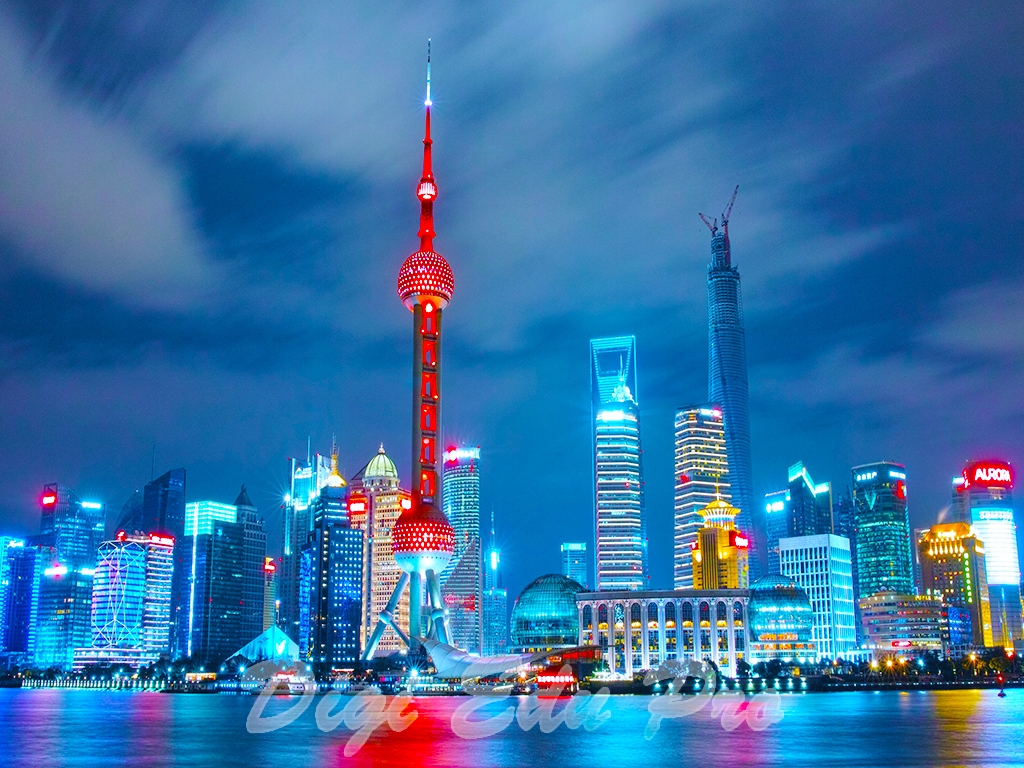
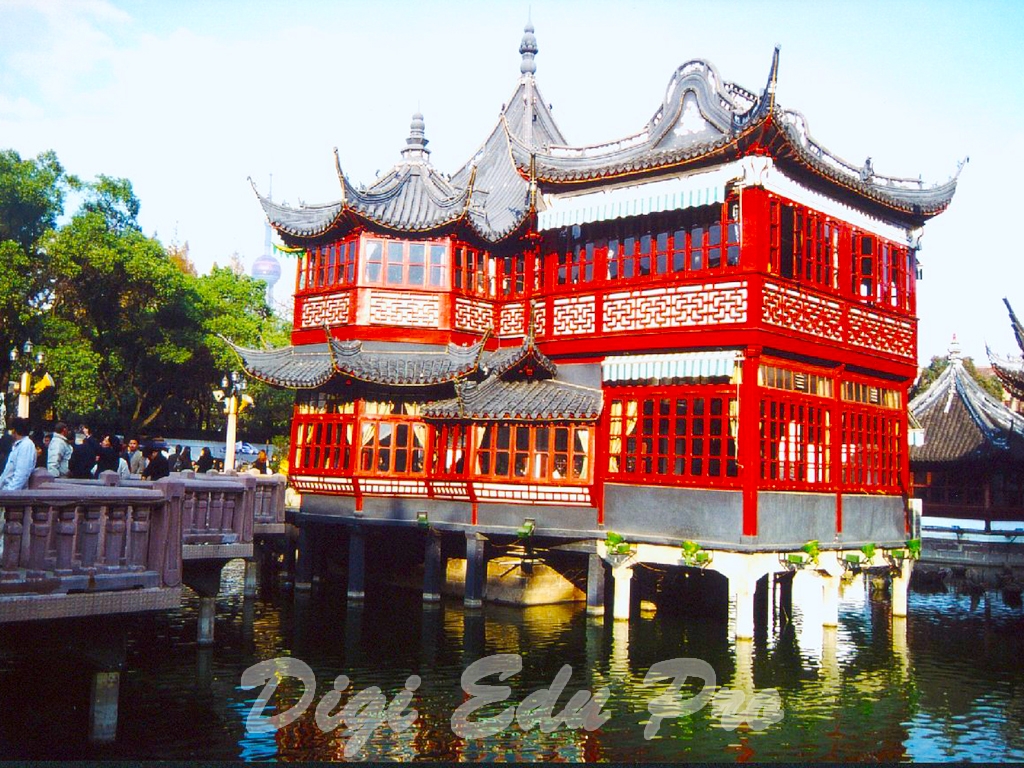
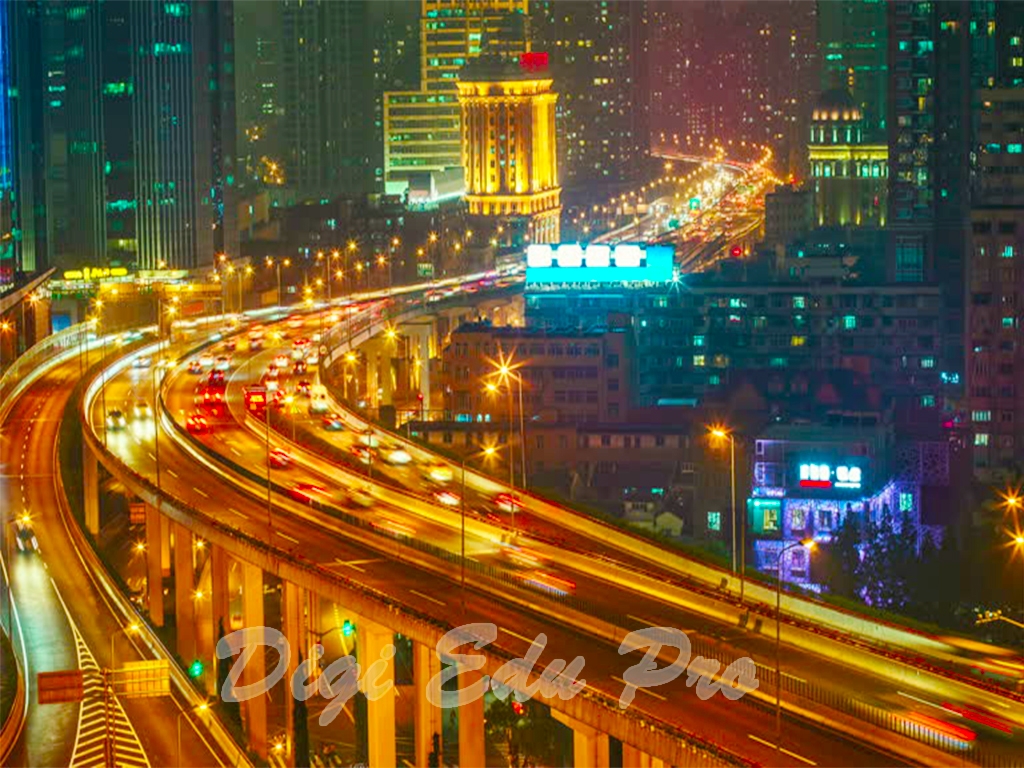



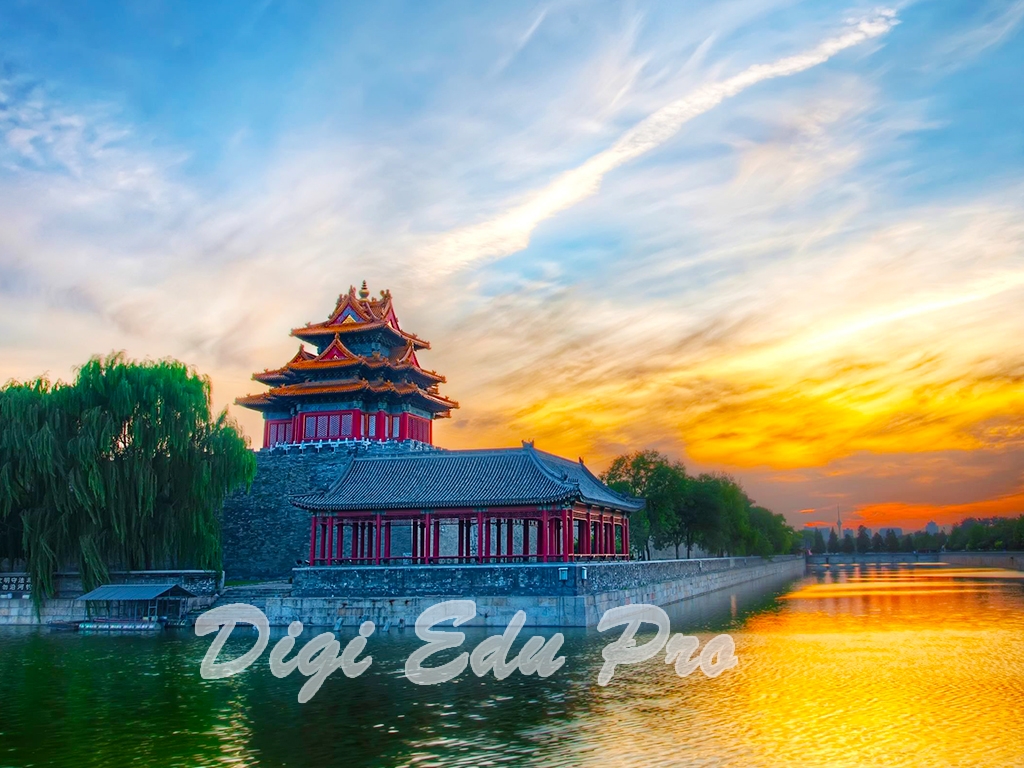


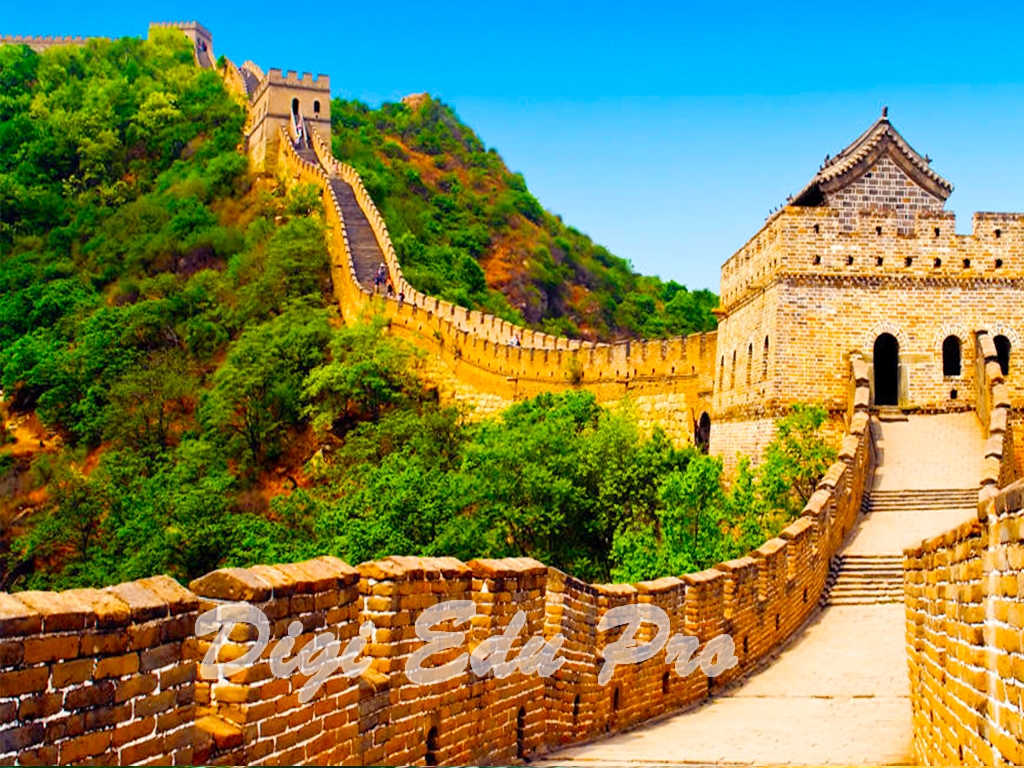








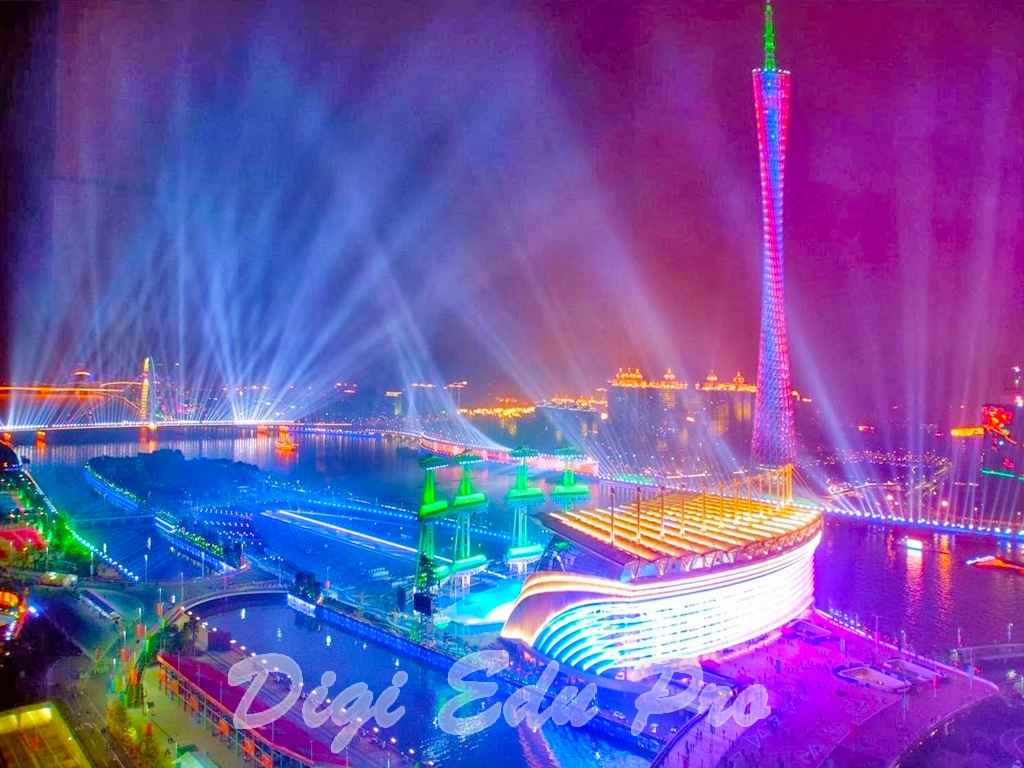
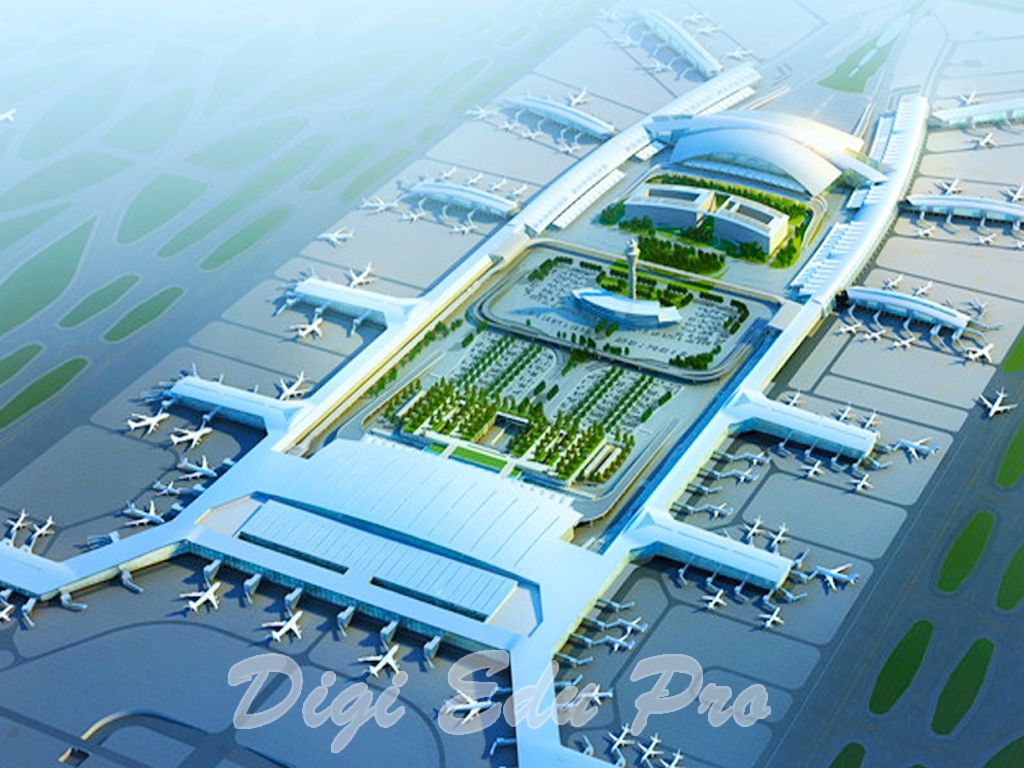
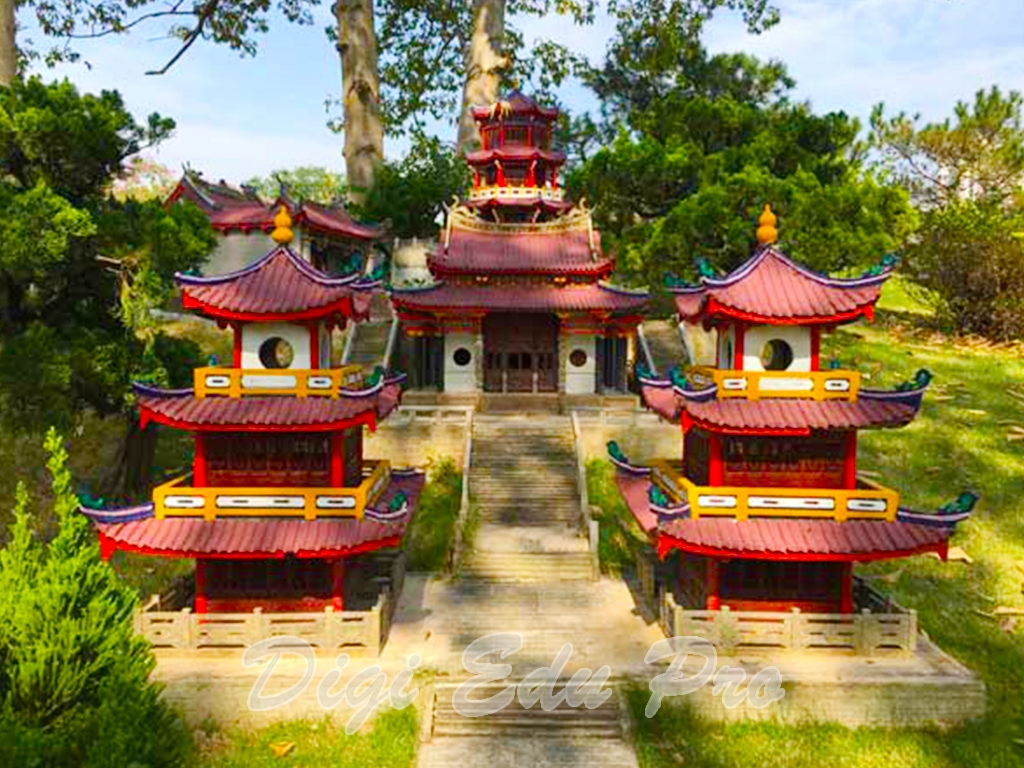



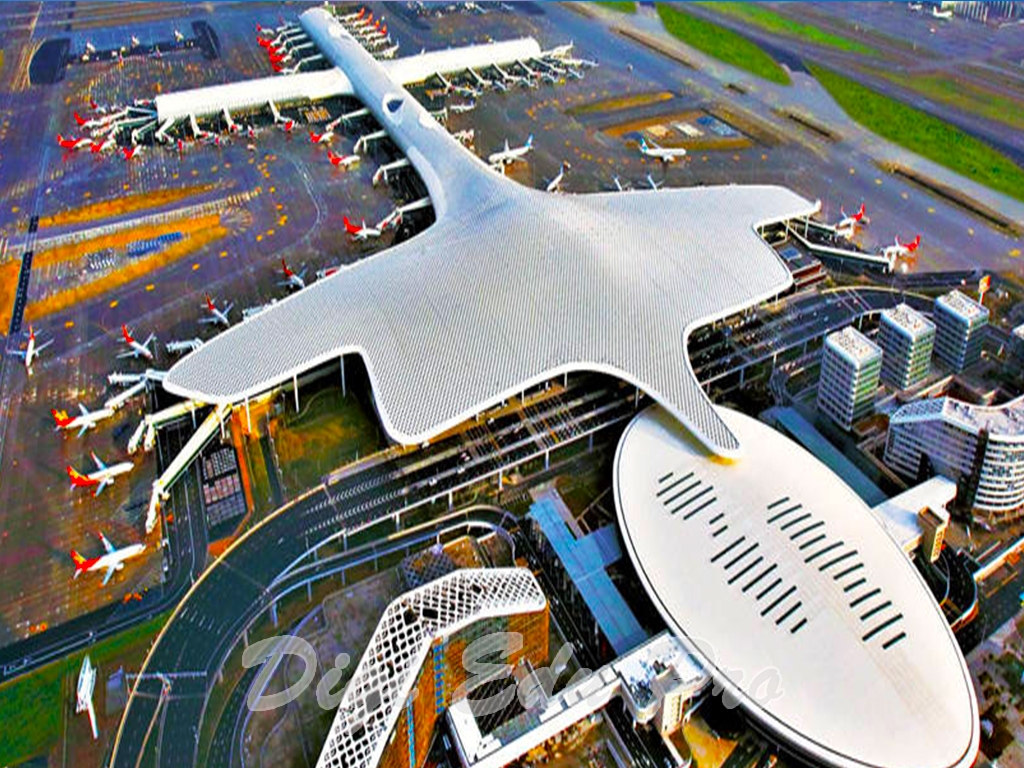





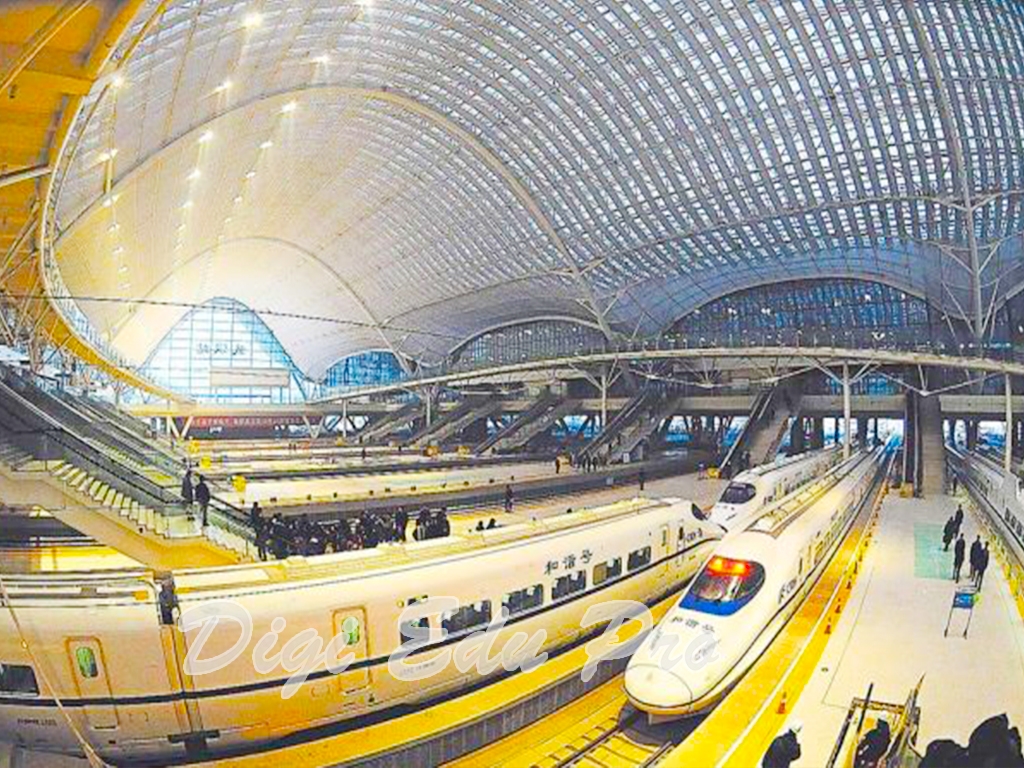

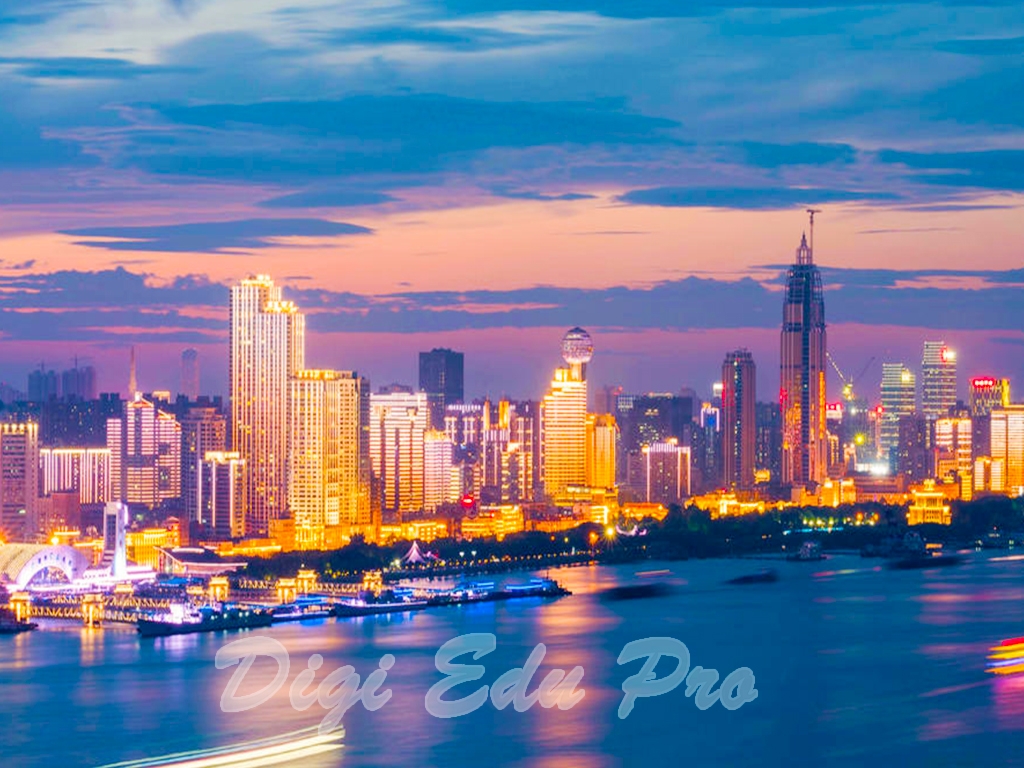

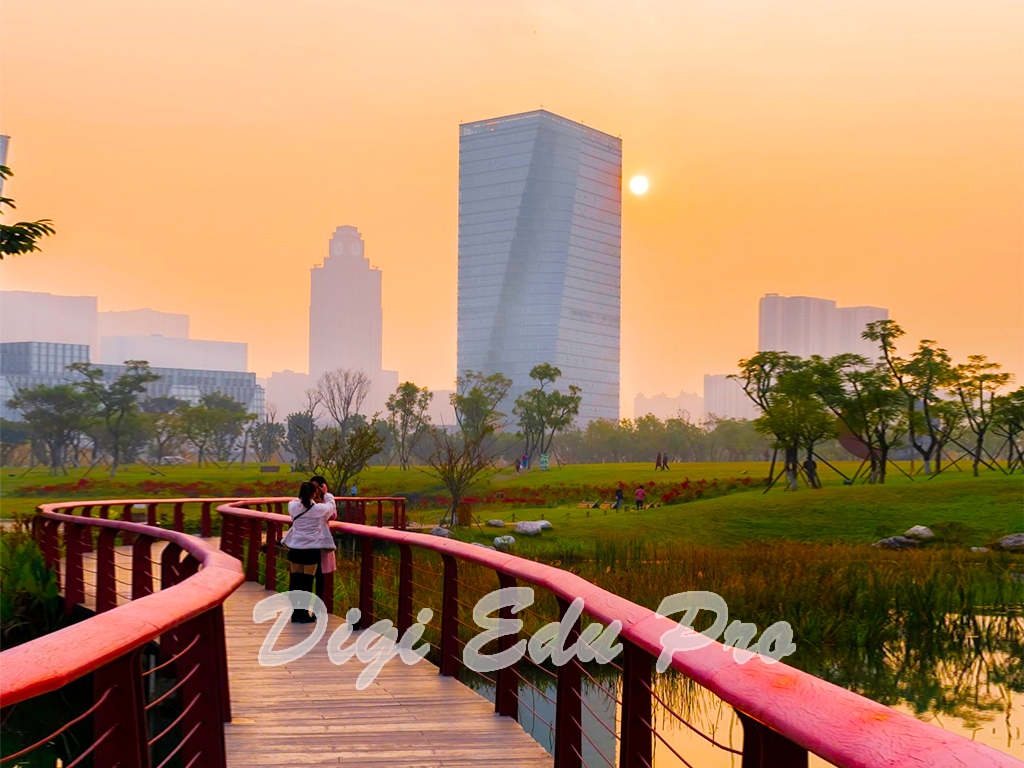
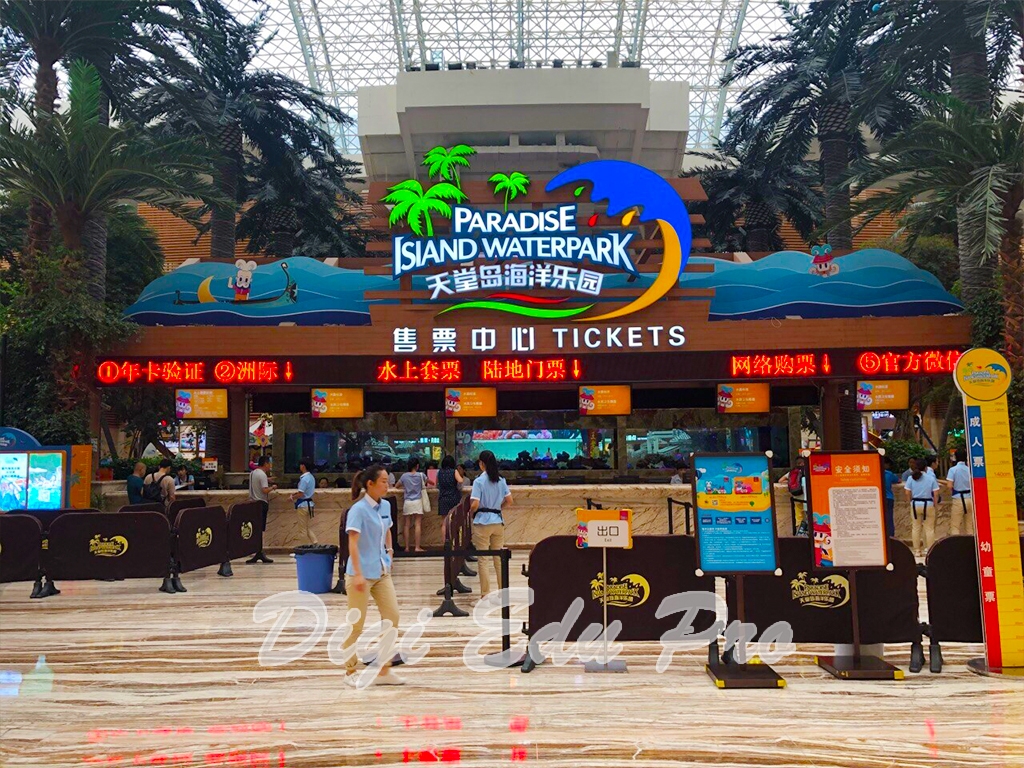


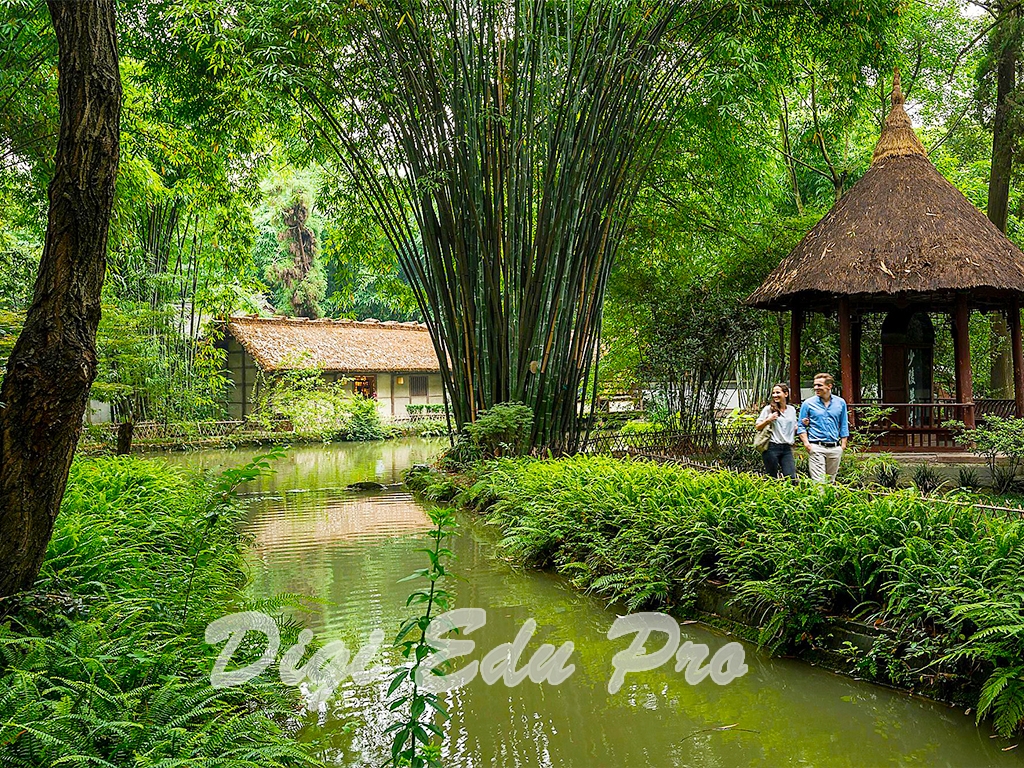

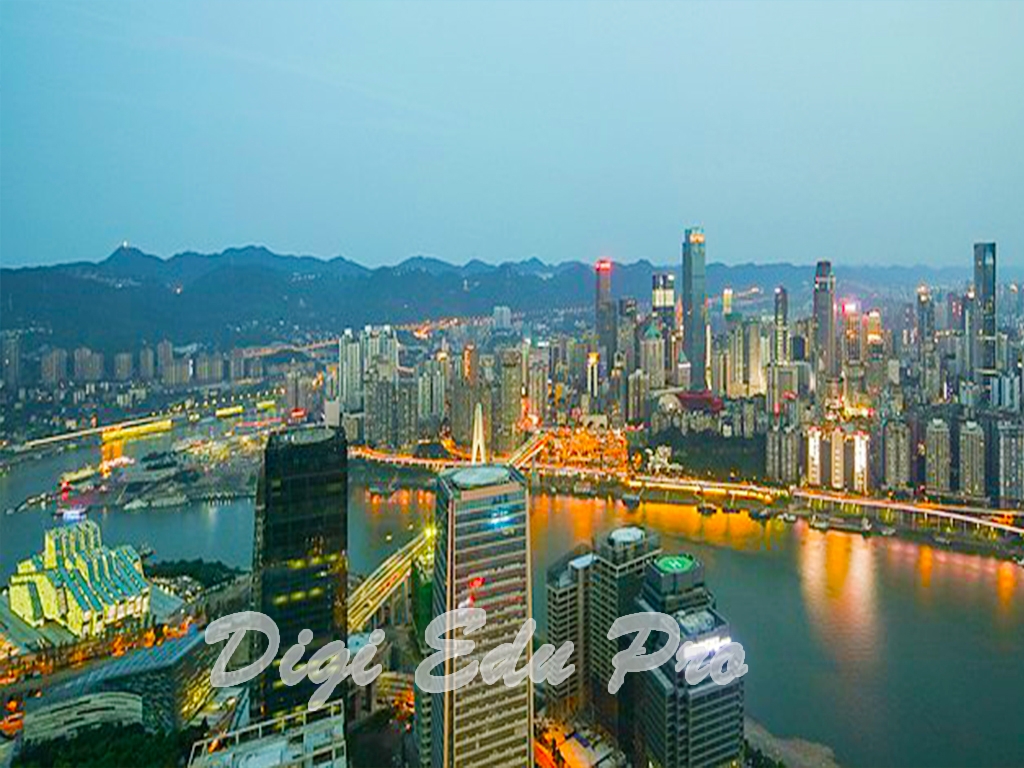


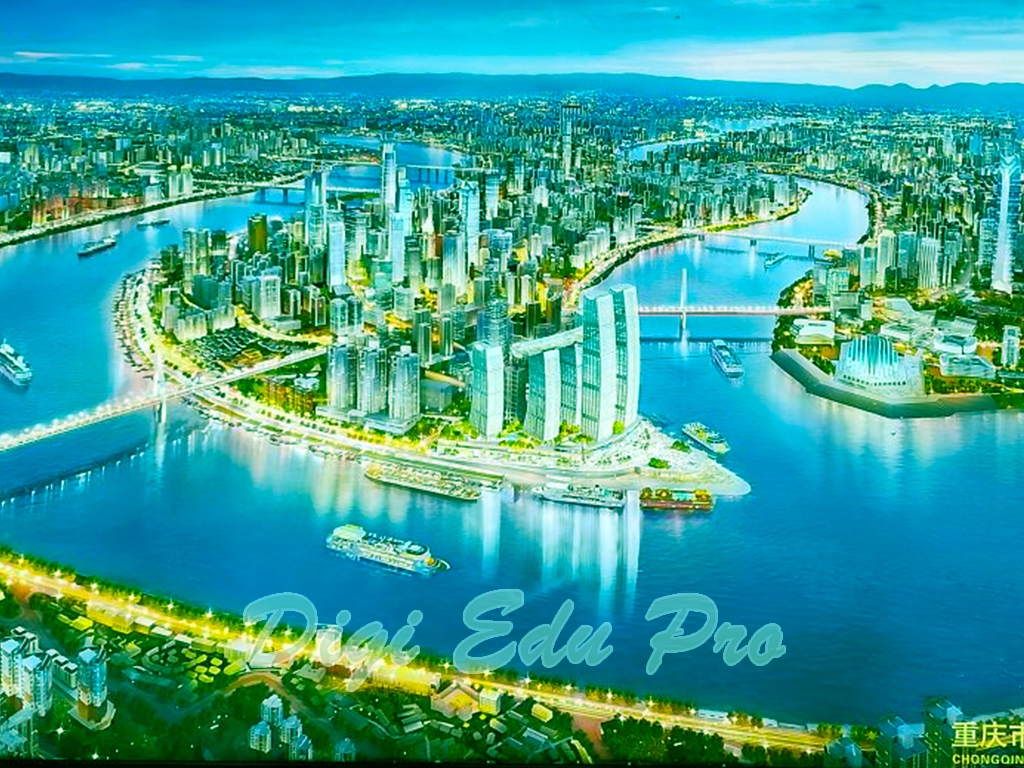

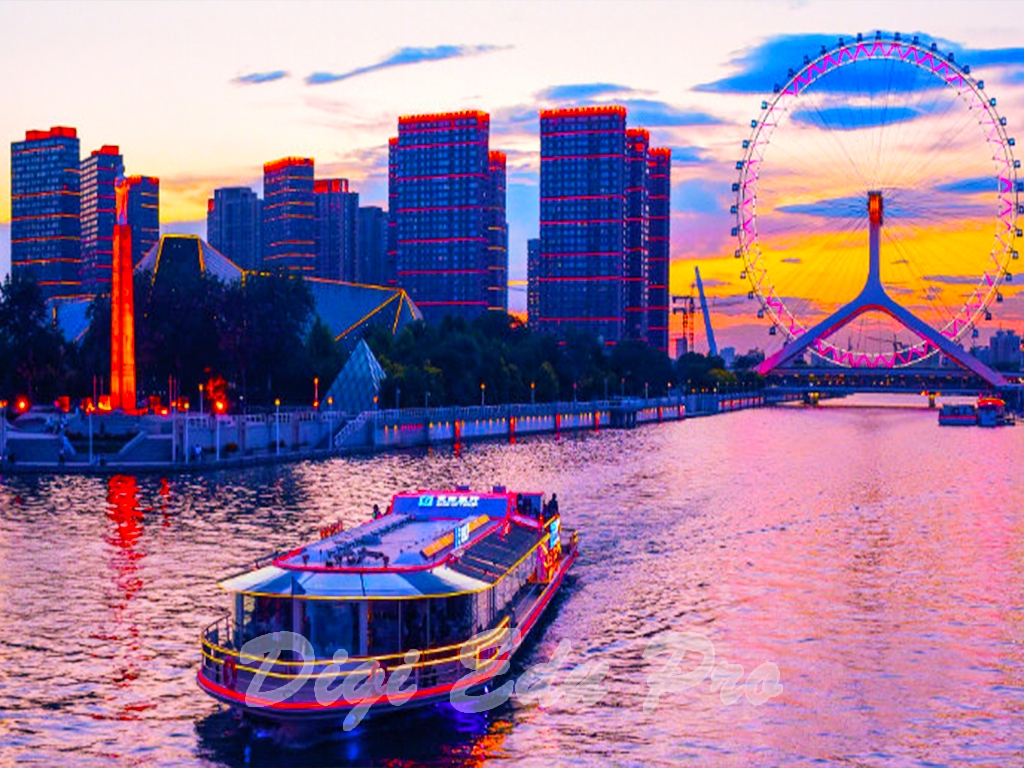






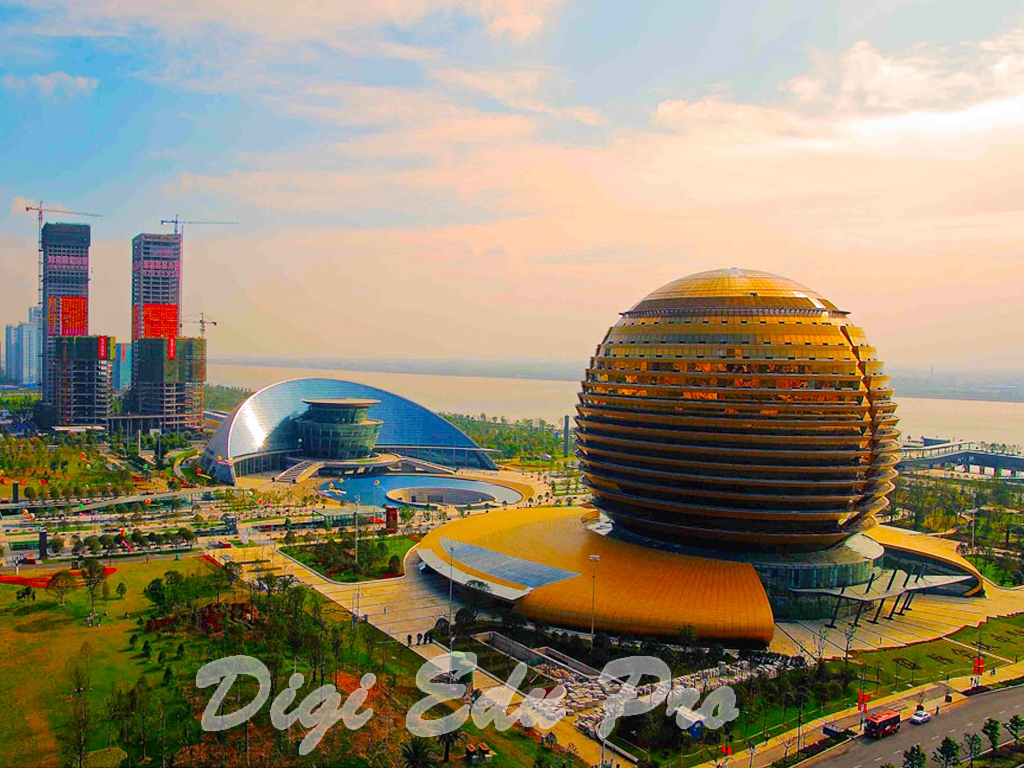


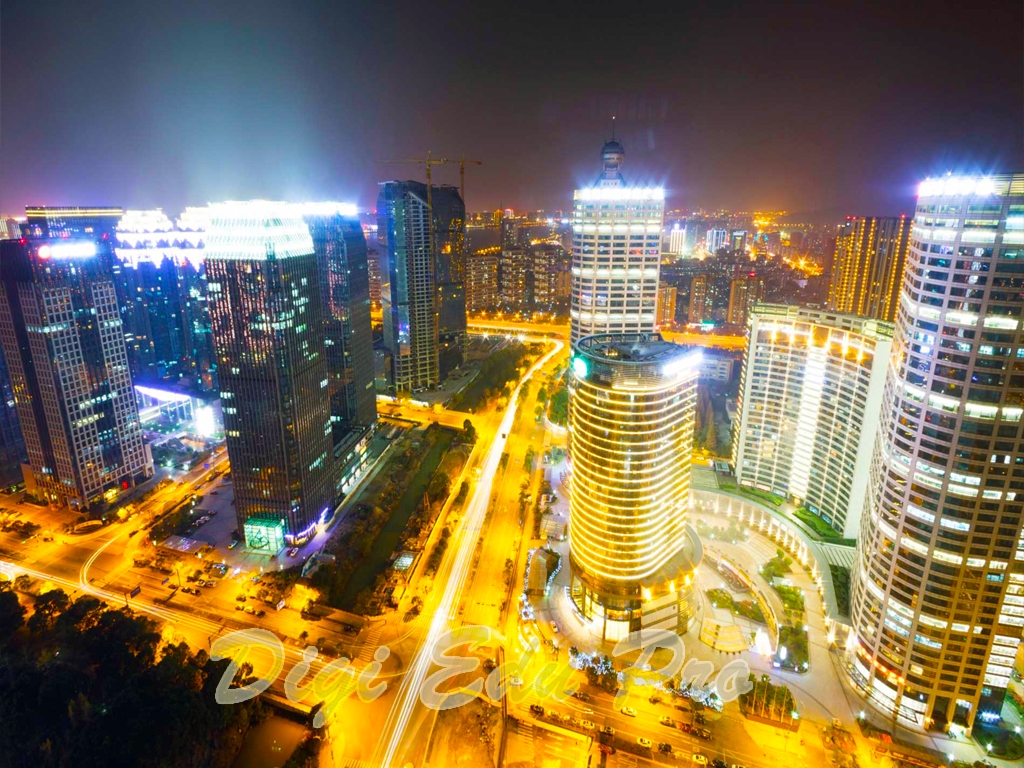
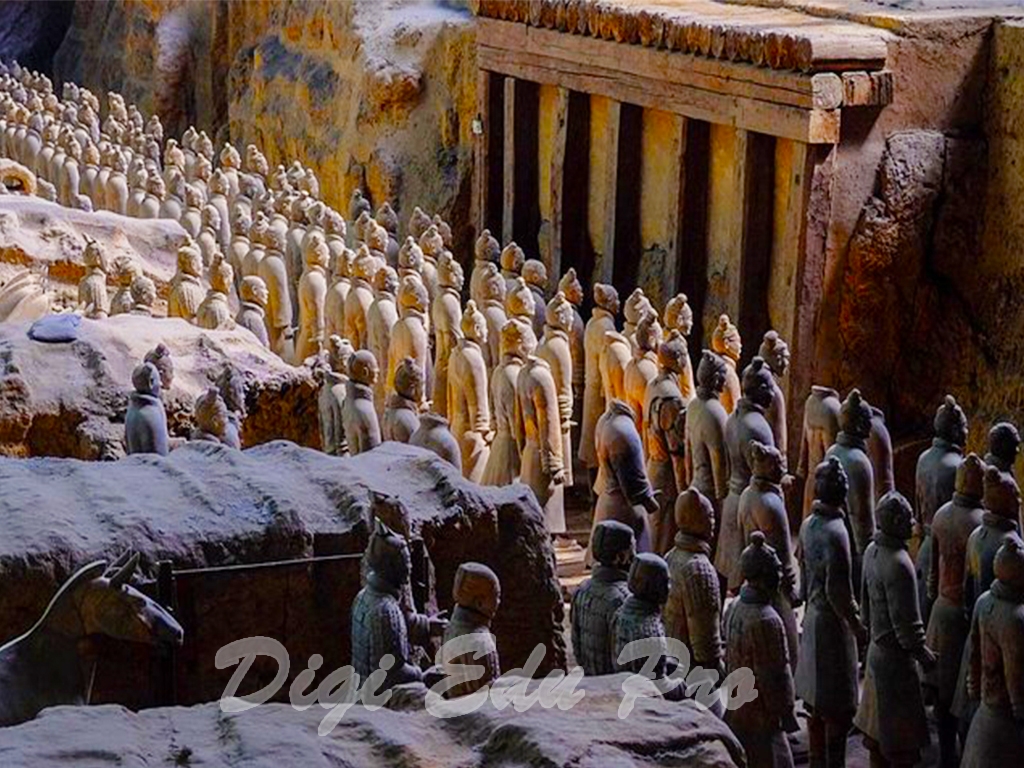







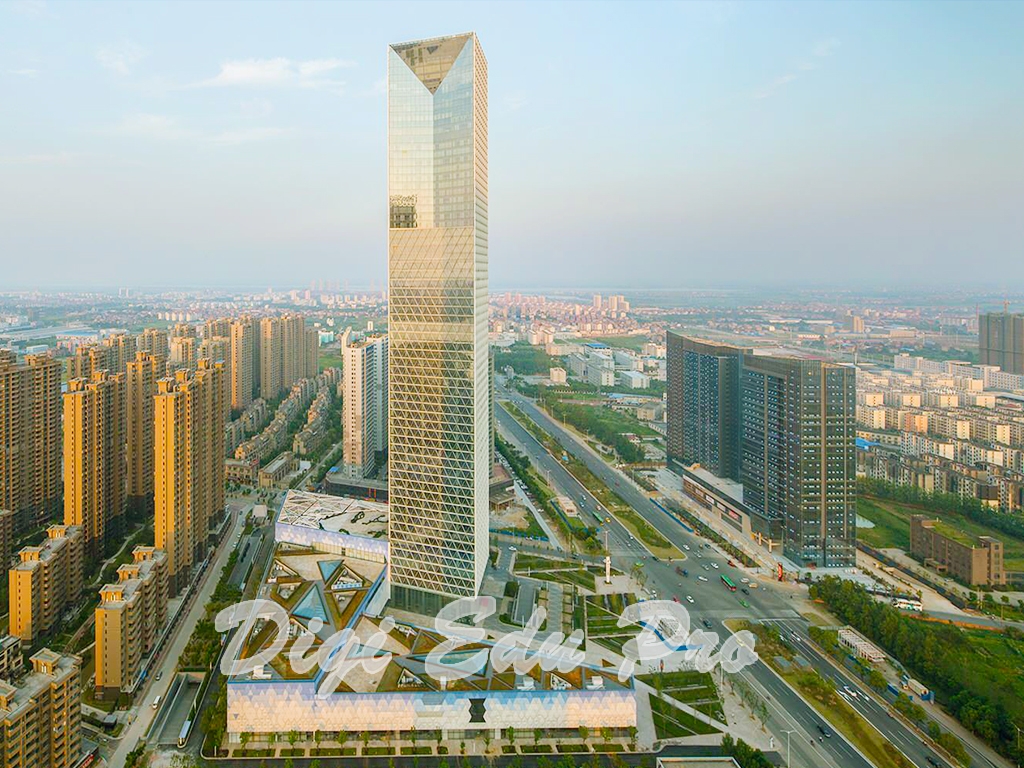







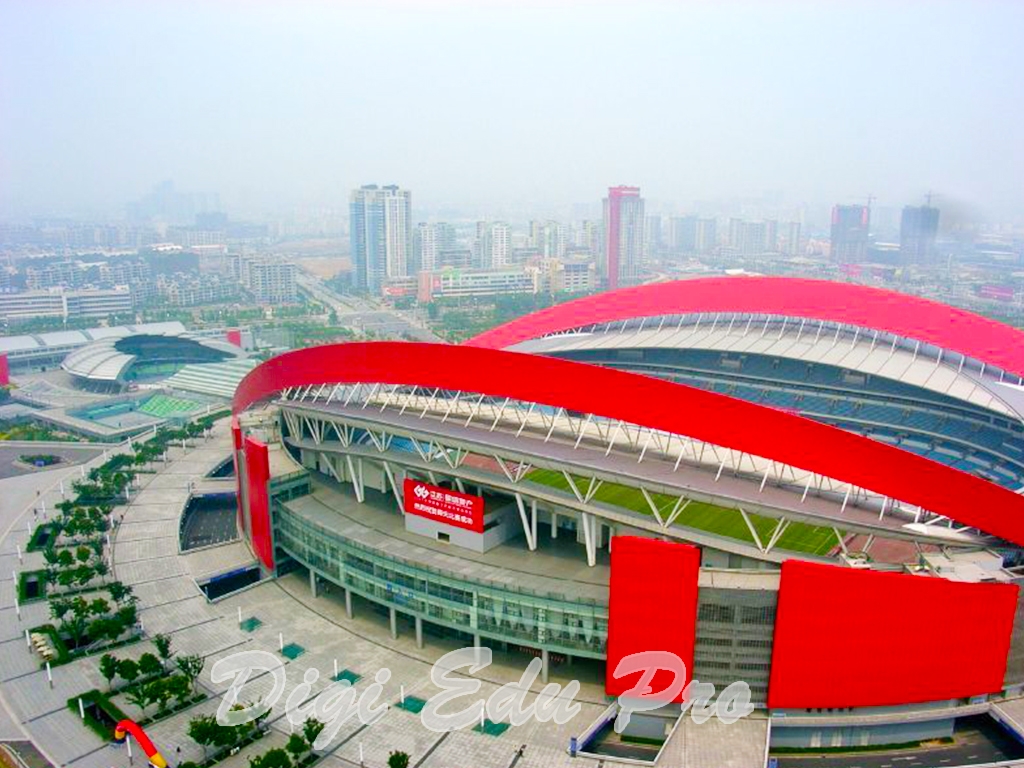

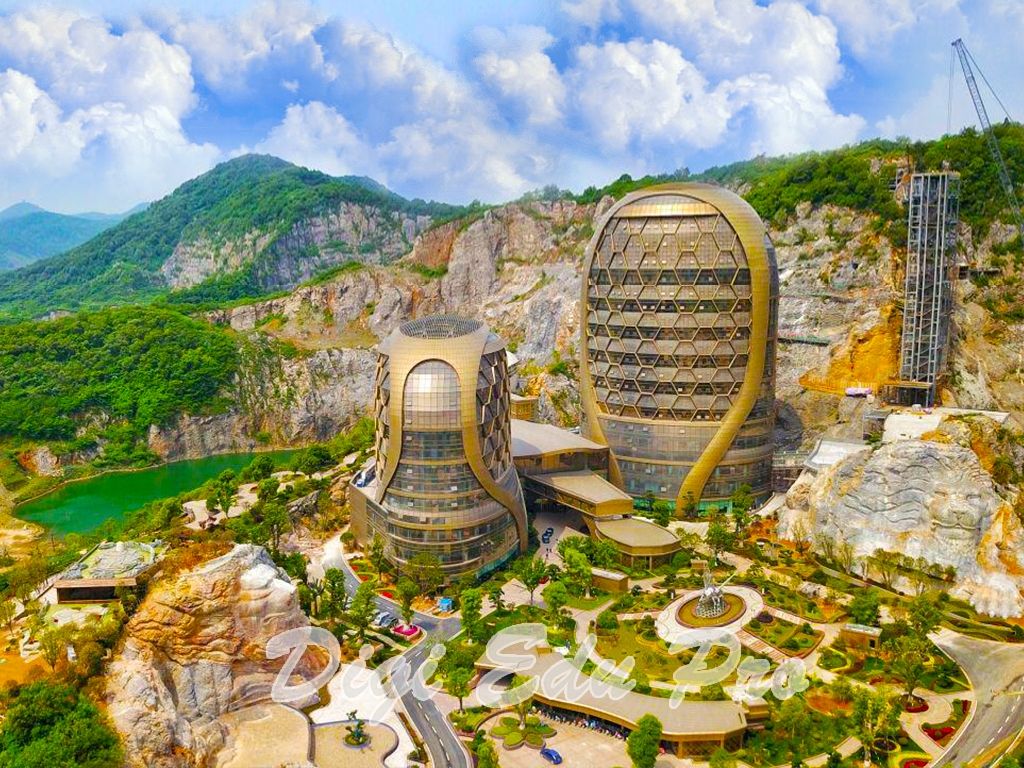
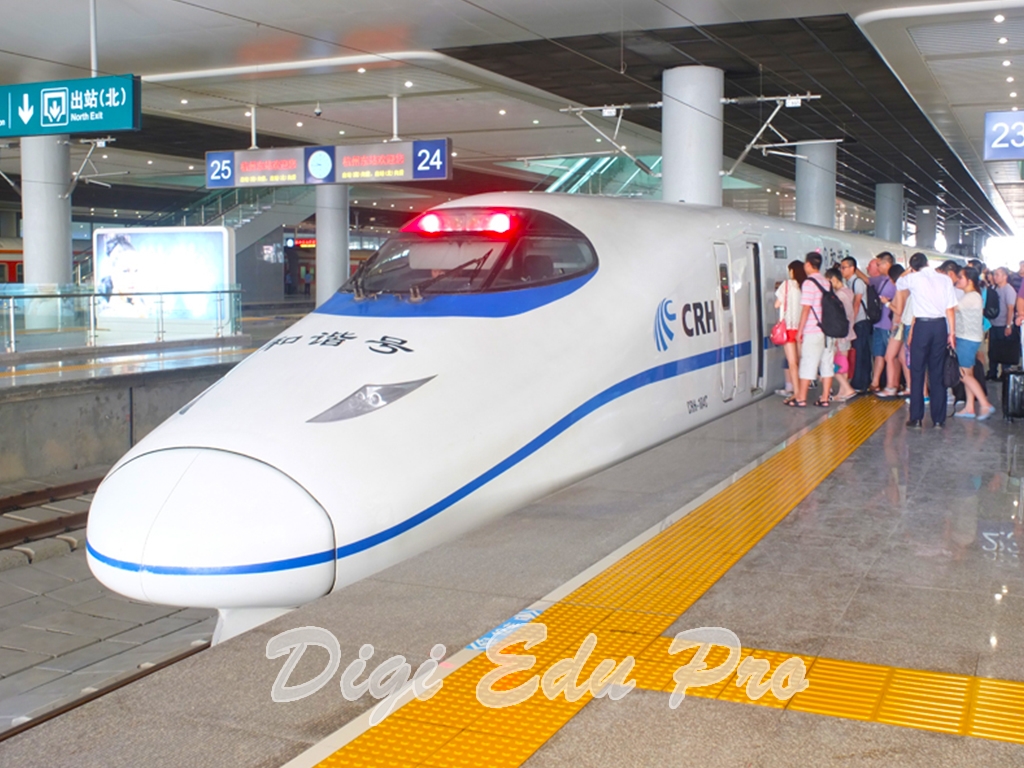


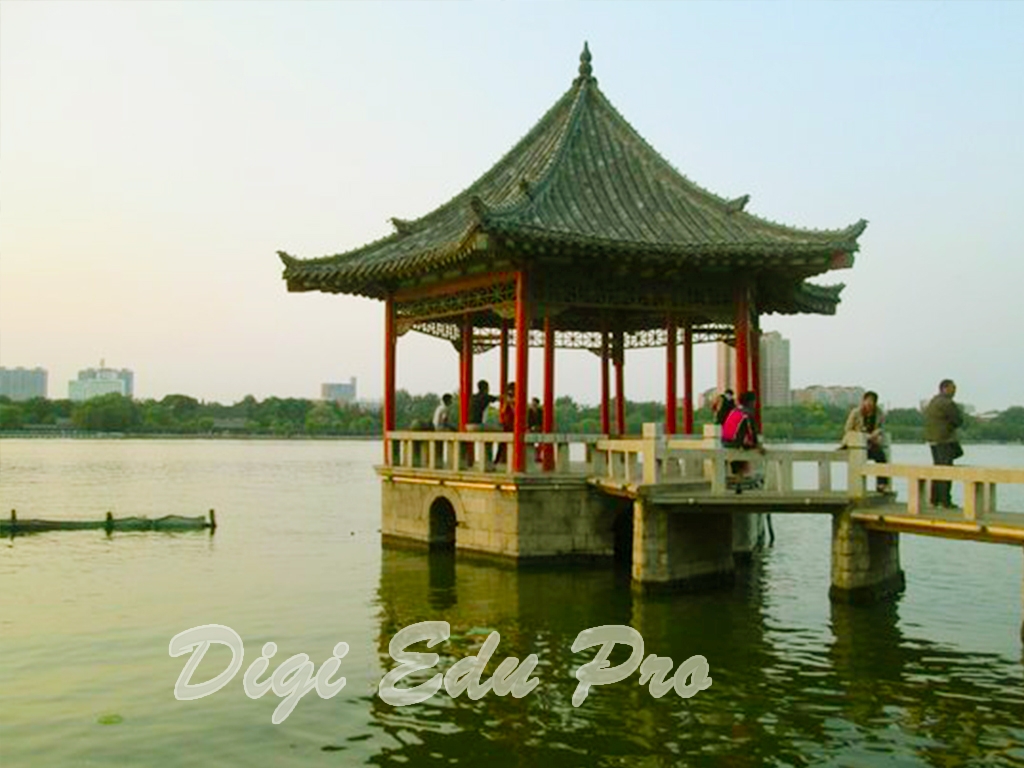





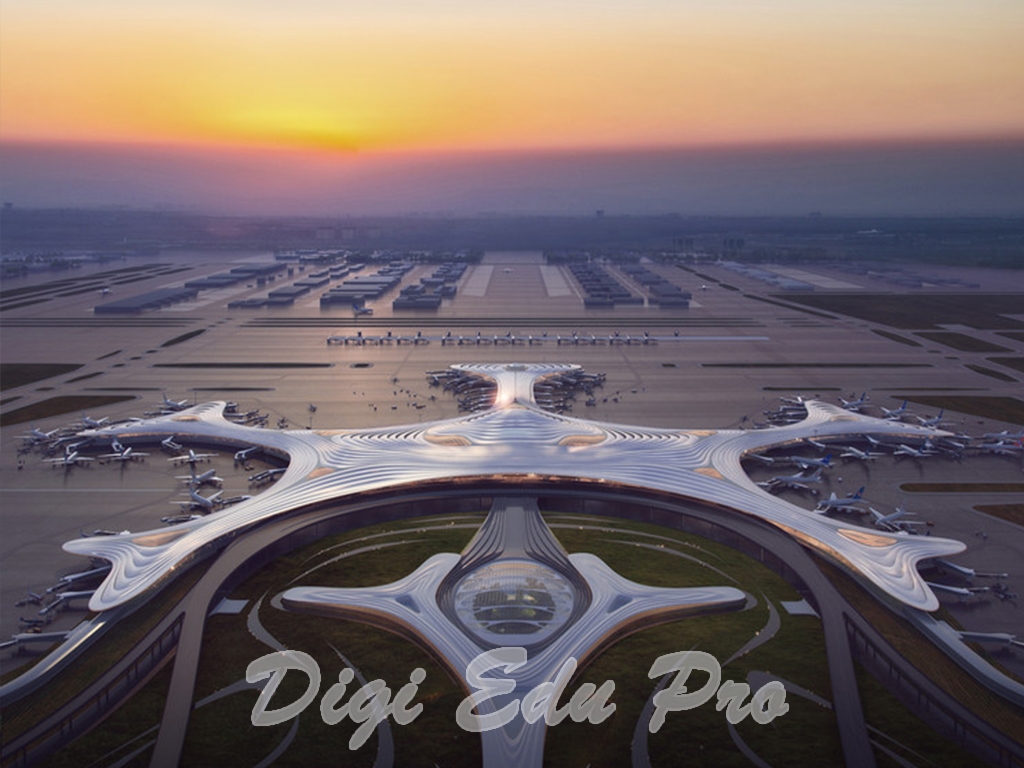
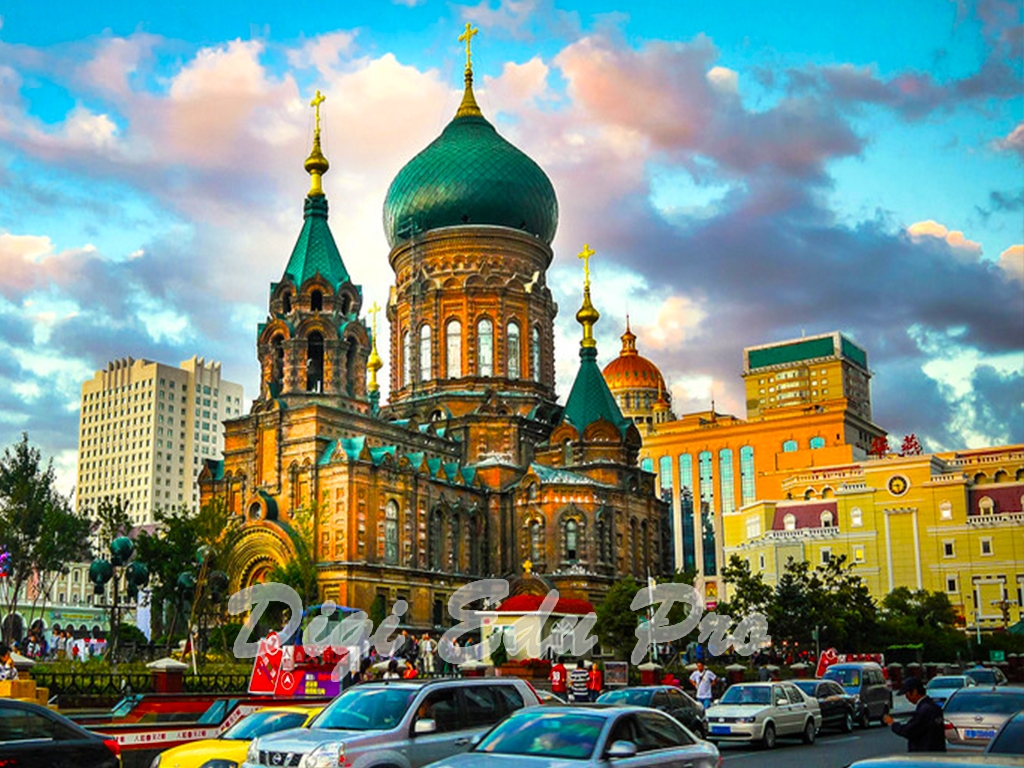



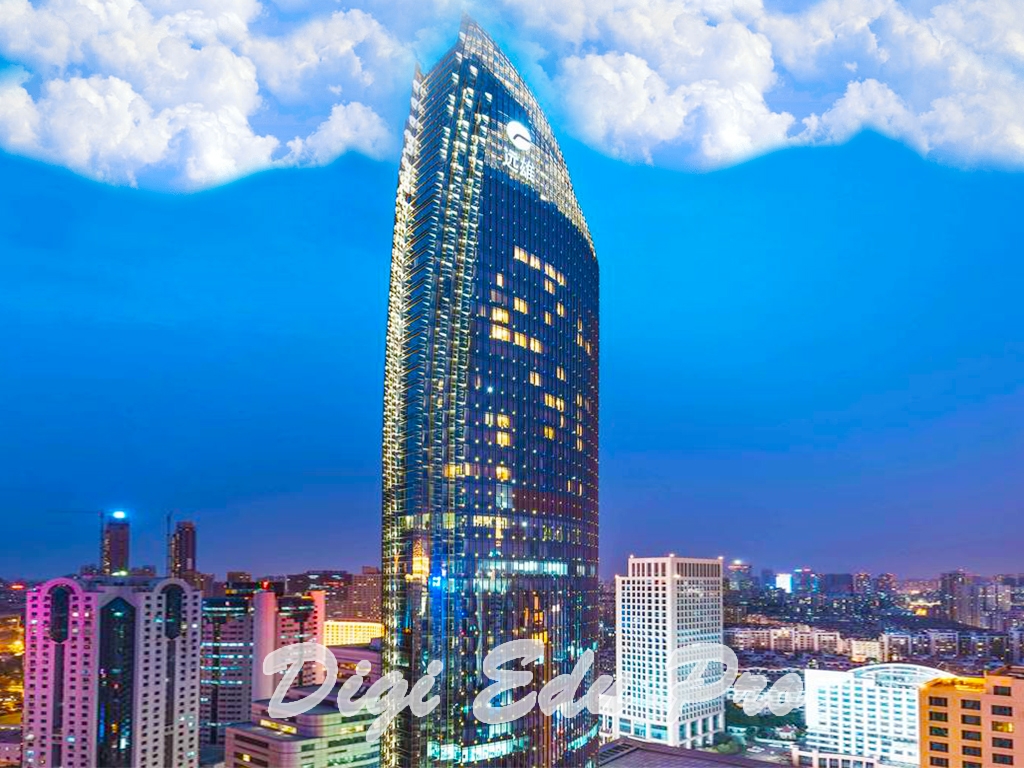



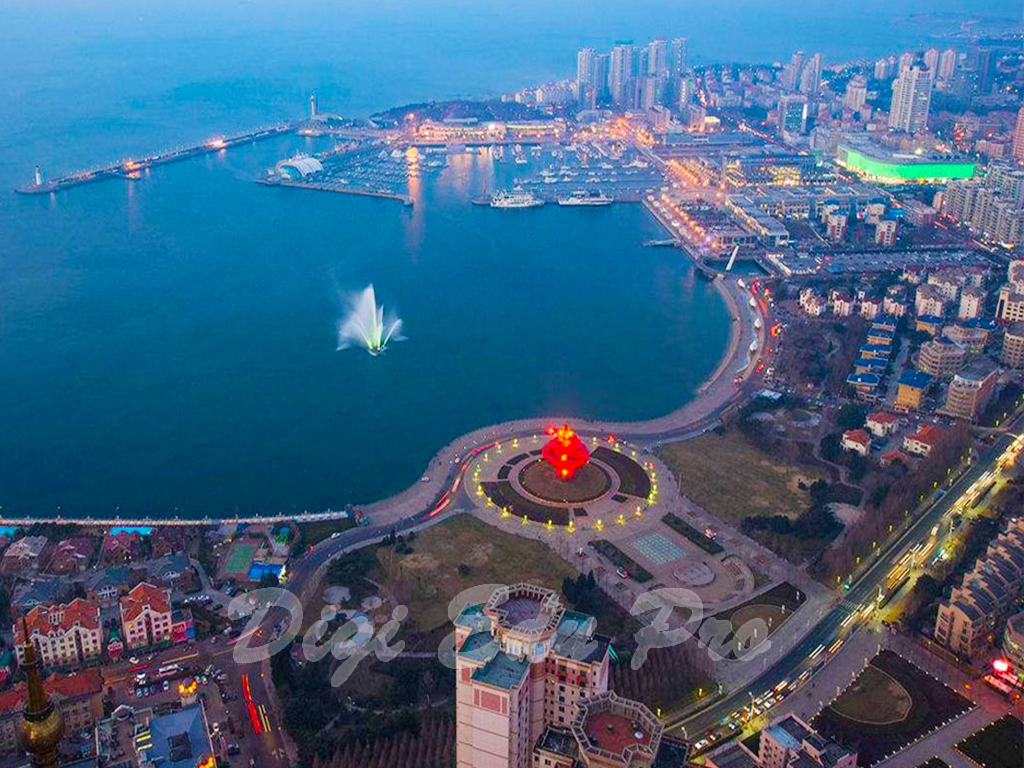
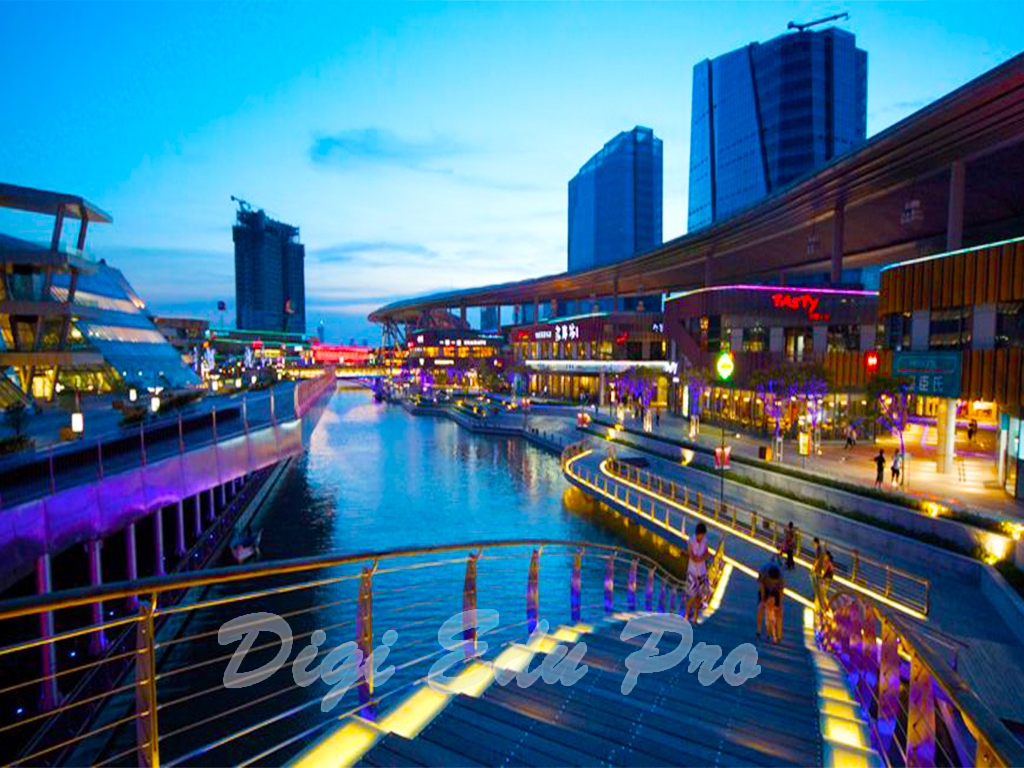

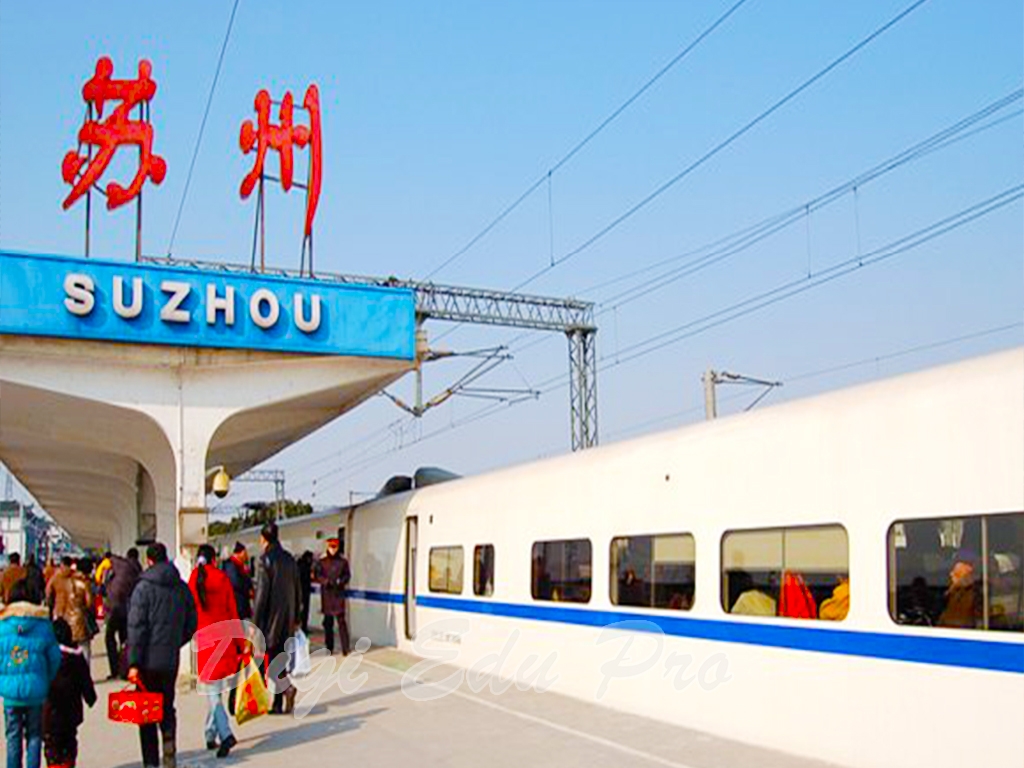

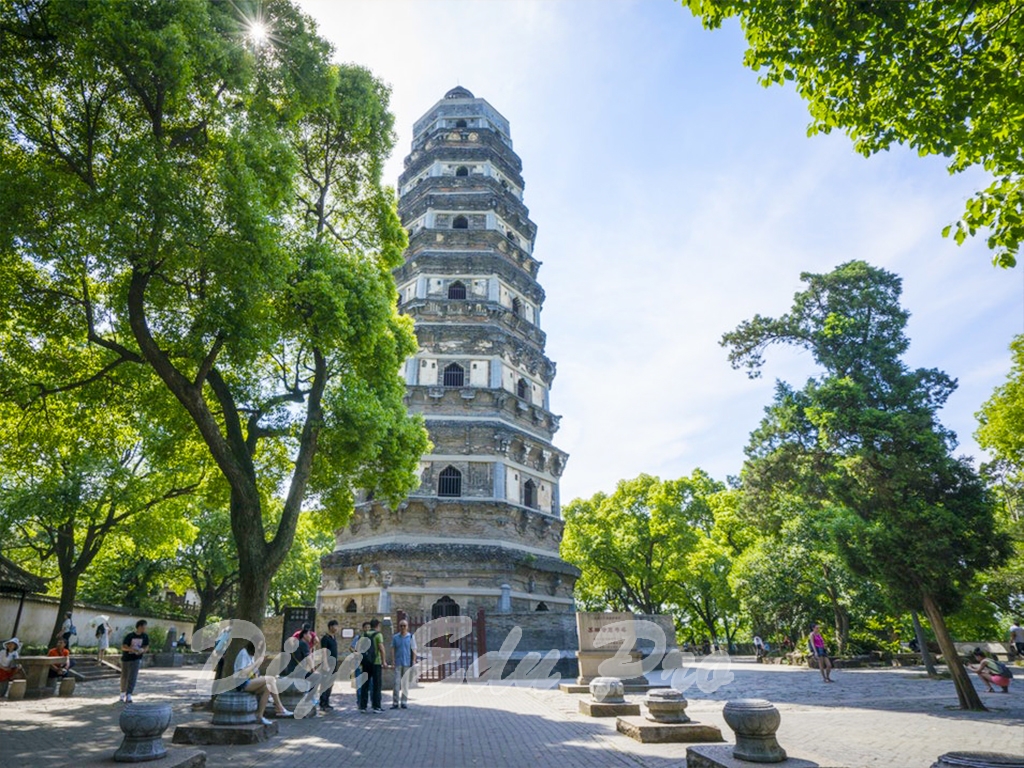


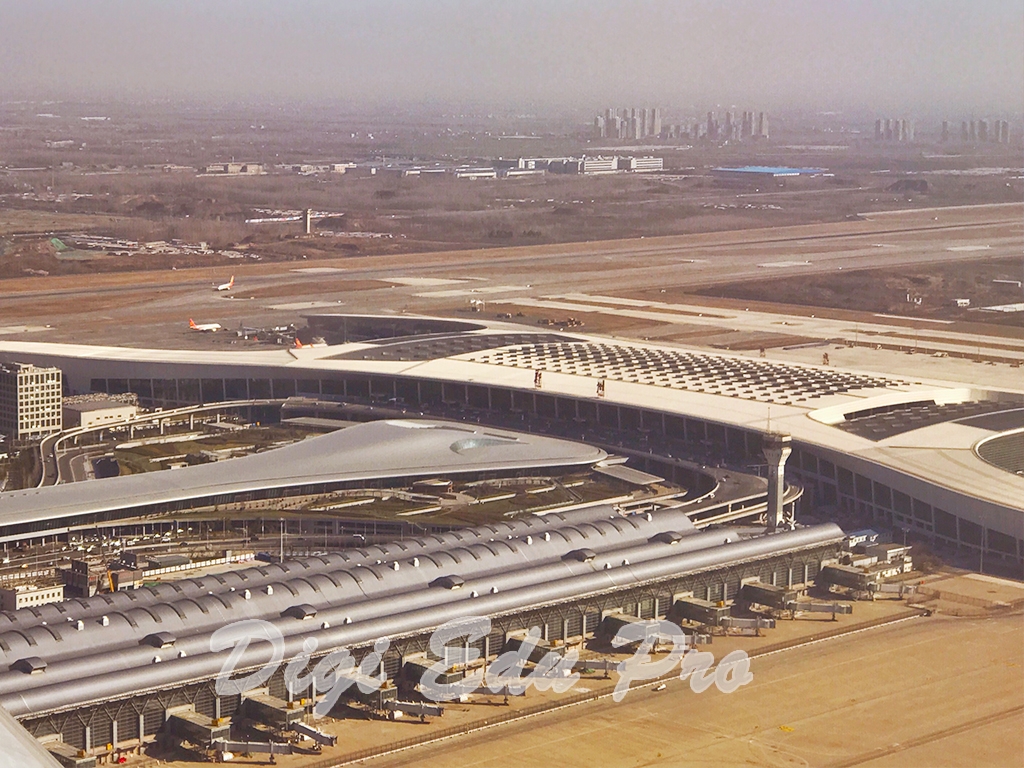



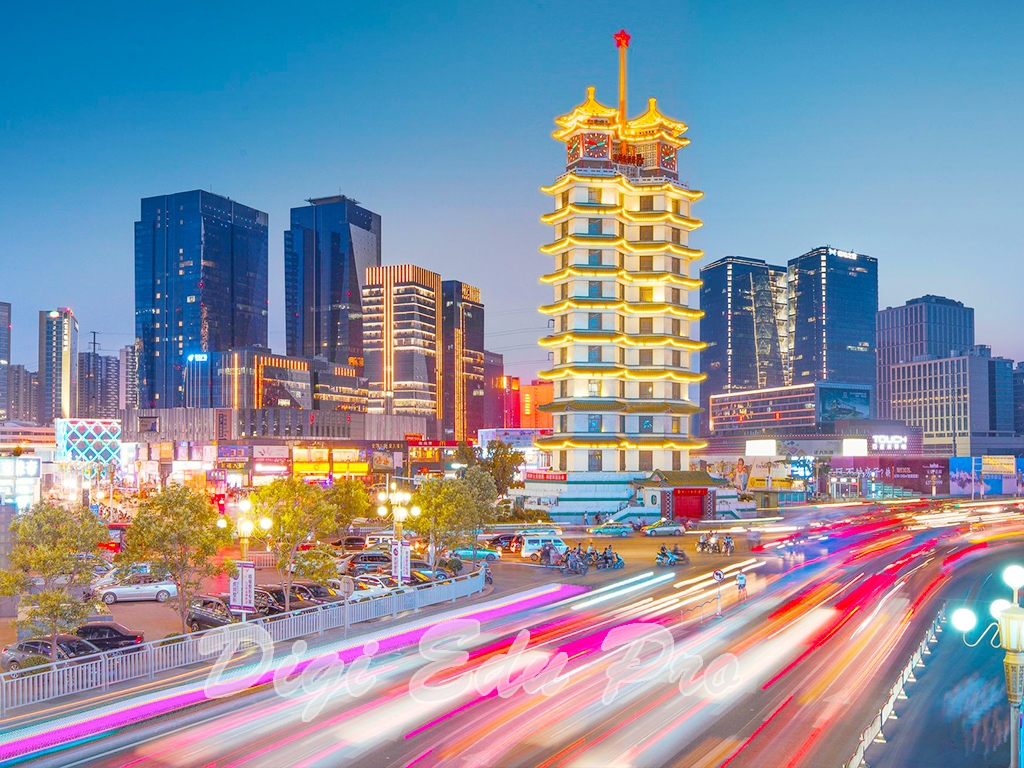

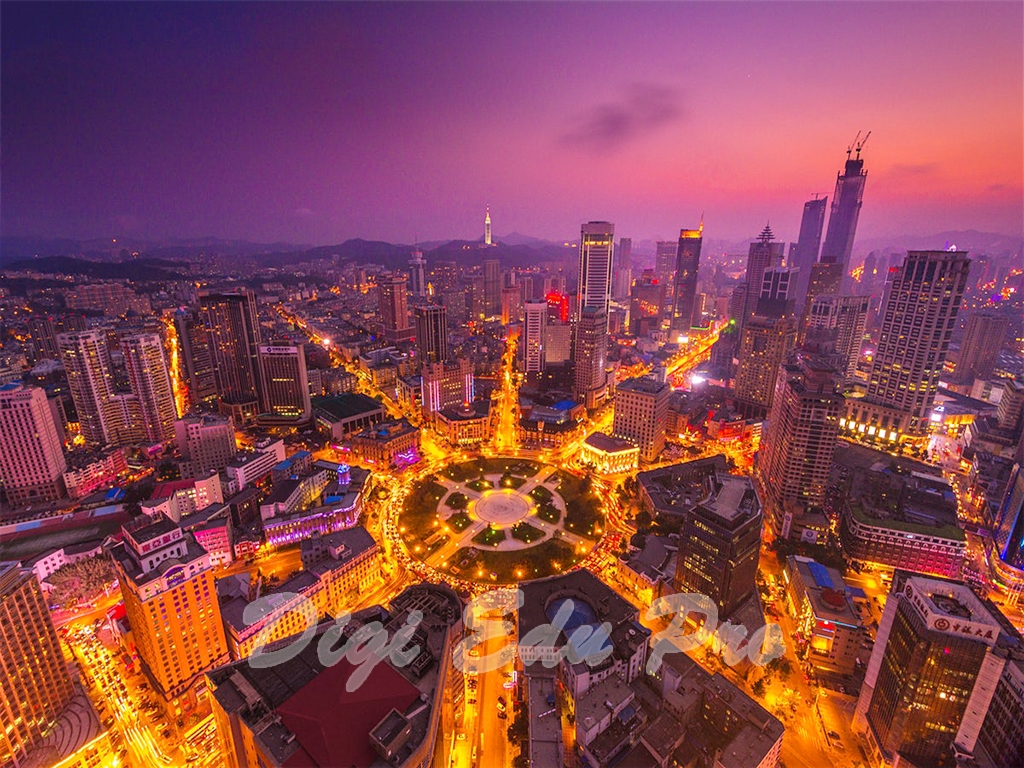


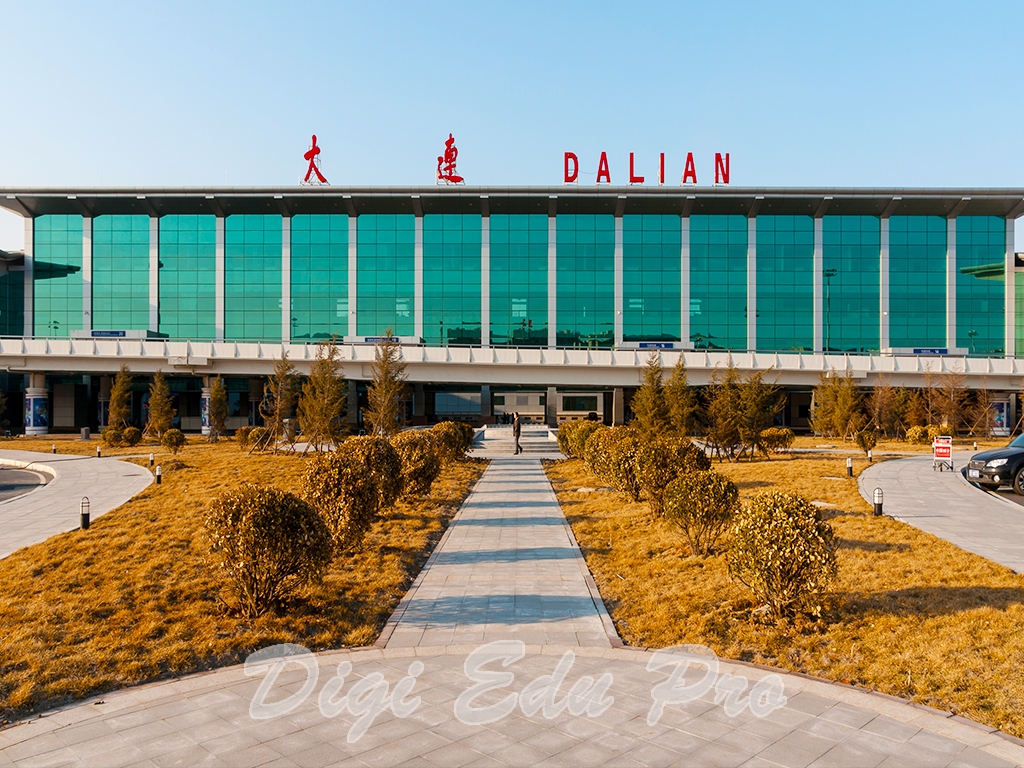


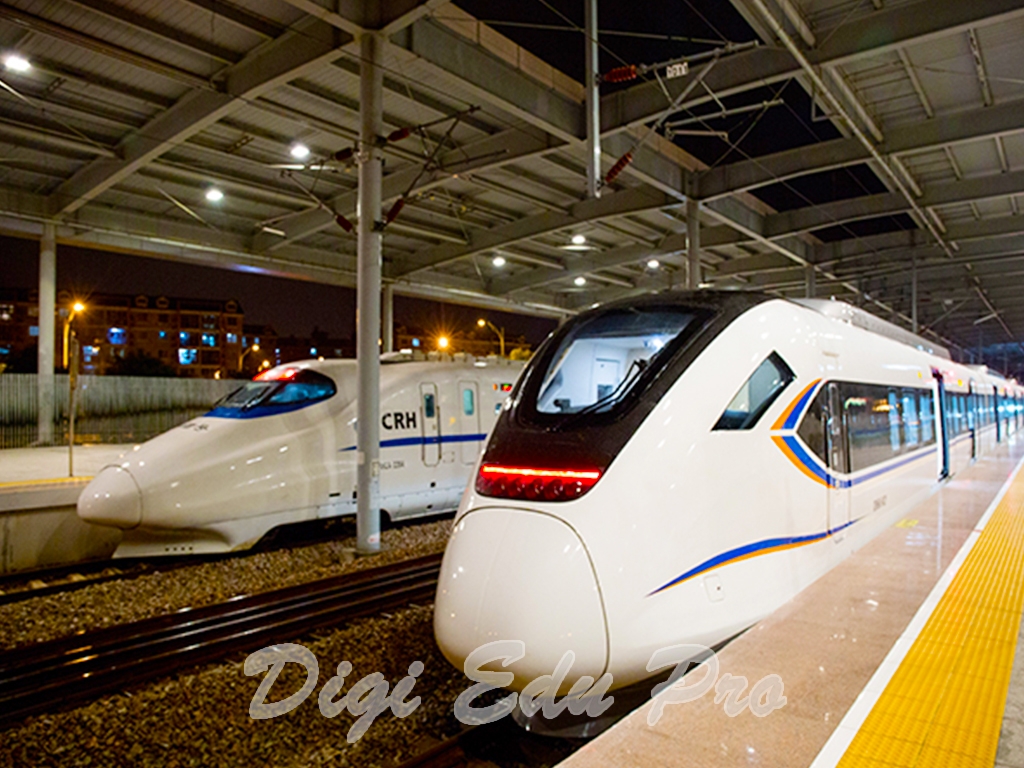


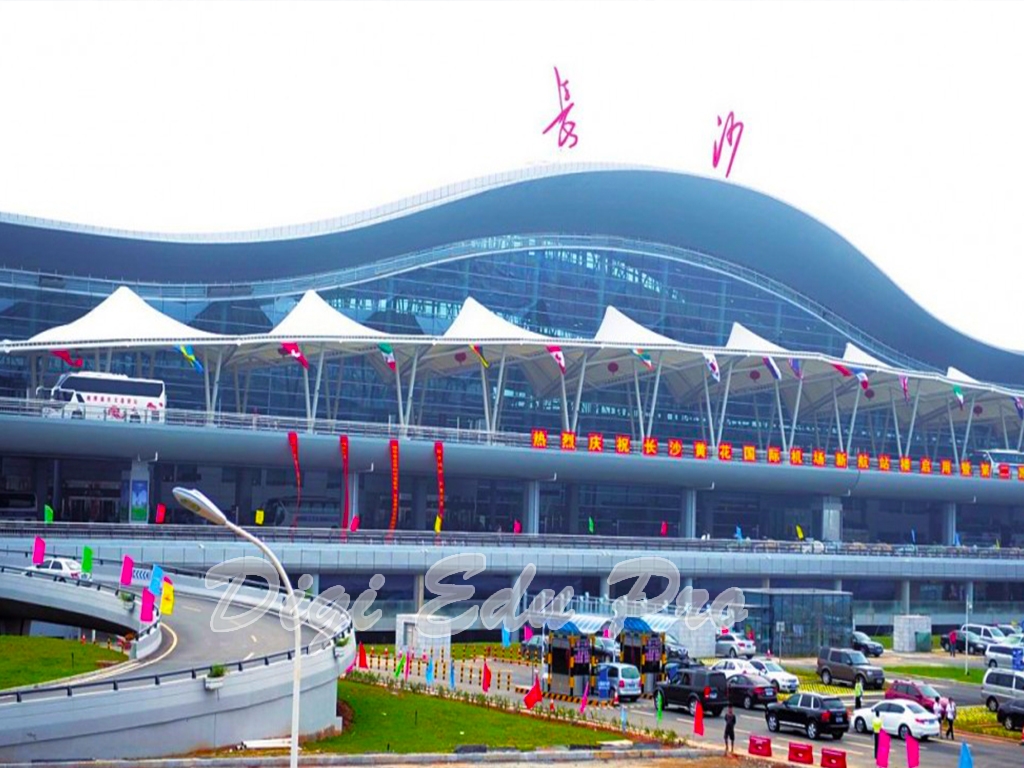





8 Comments
Thank you for writing on this topic.
There are three cities called the city of universities: Beijing, Wuhan, and Shanghai. A lot of famous universities in these three cities.
Beijing is the capital of China. Shanghai is the most prosperous city in China. Wuhan is the capital of Hubei province, and it has the lowest price in these three cities.
you are most welcome. And thank you for your reply!!
I’m really impressed with your writing skills and also with the format on your blog. Is this a paid topic or did you modify it your self? Either way stay up the excellent high quality writing, it’s uncommon to see a nice blog like this one nowadays.
Thank you !!
Definitely need to see some of these when heading to China! ?
You are most welcome to China. Thank you!!
This is such a helpful guide to the country! I’ve always wanted to visit China but had little interest in the big cities. And now you’ve given me a flavour for some of the regions.
Thank you!!